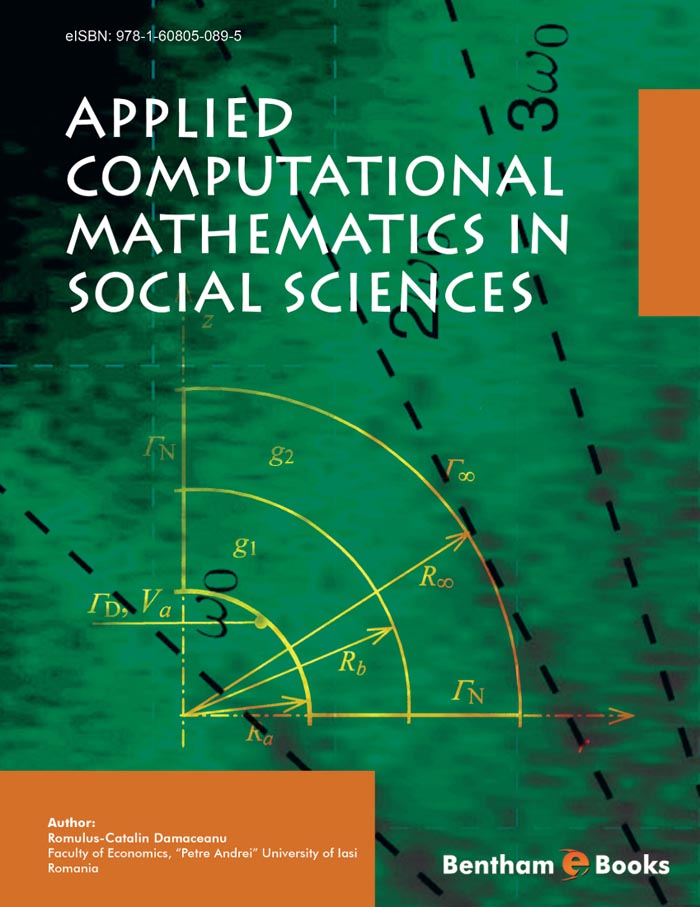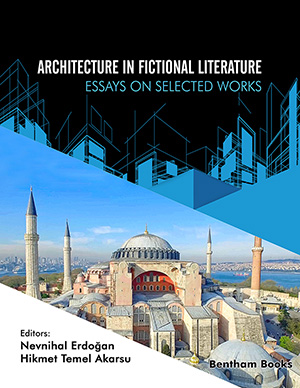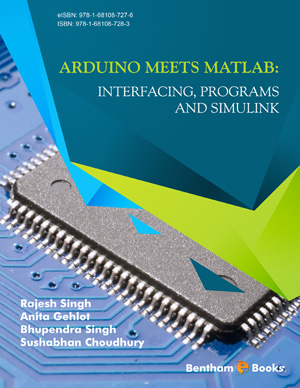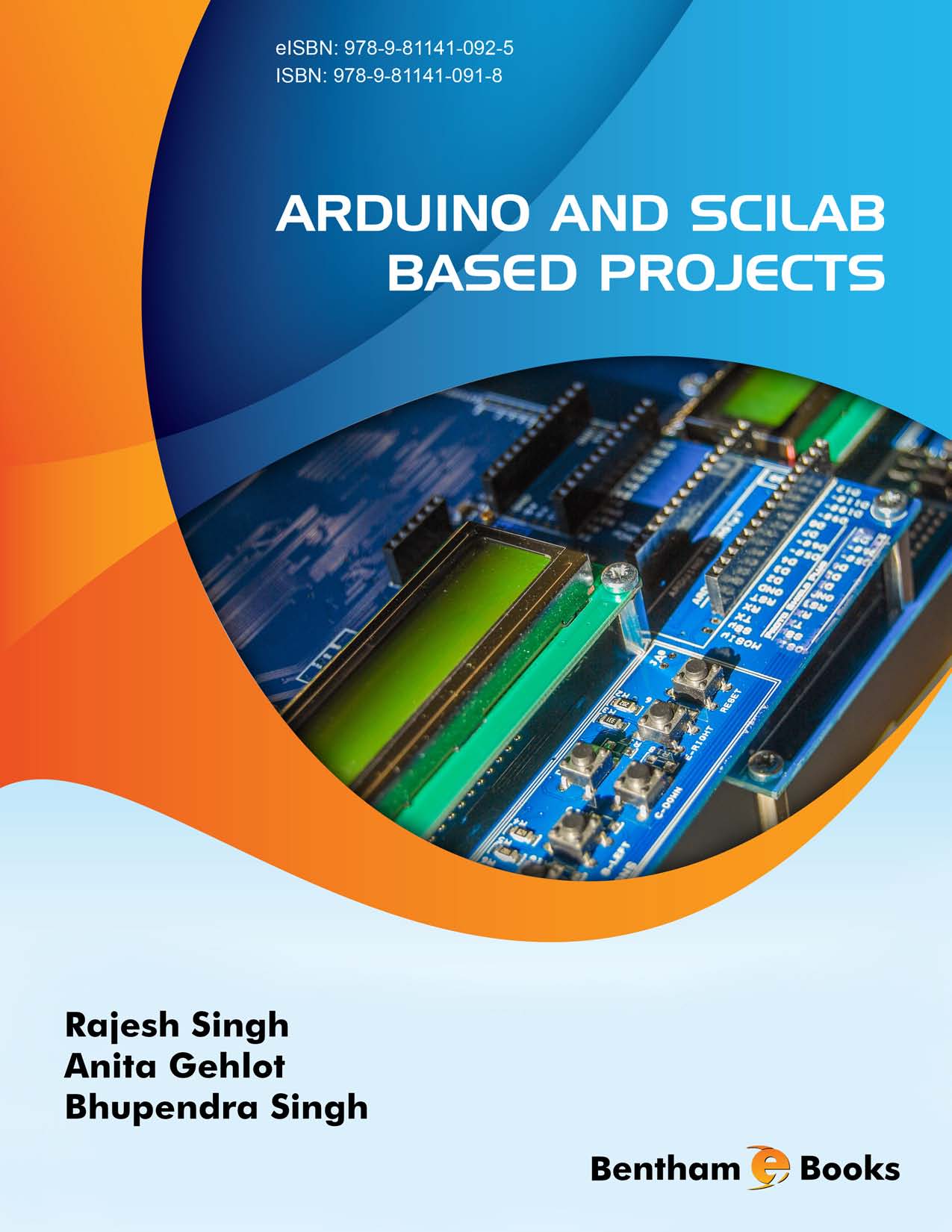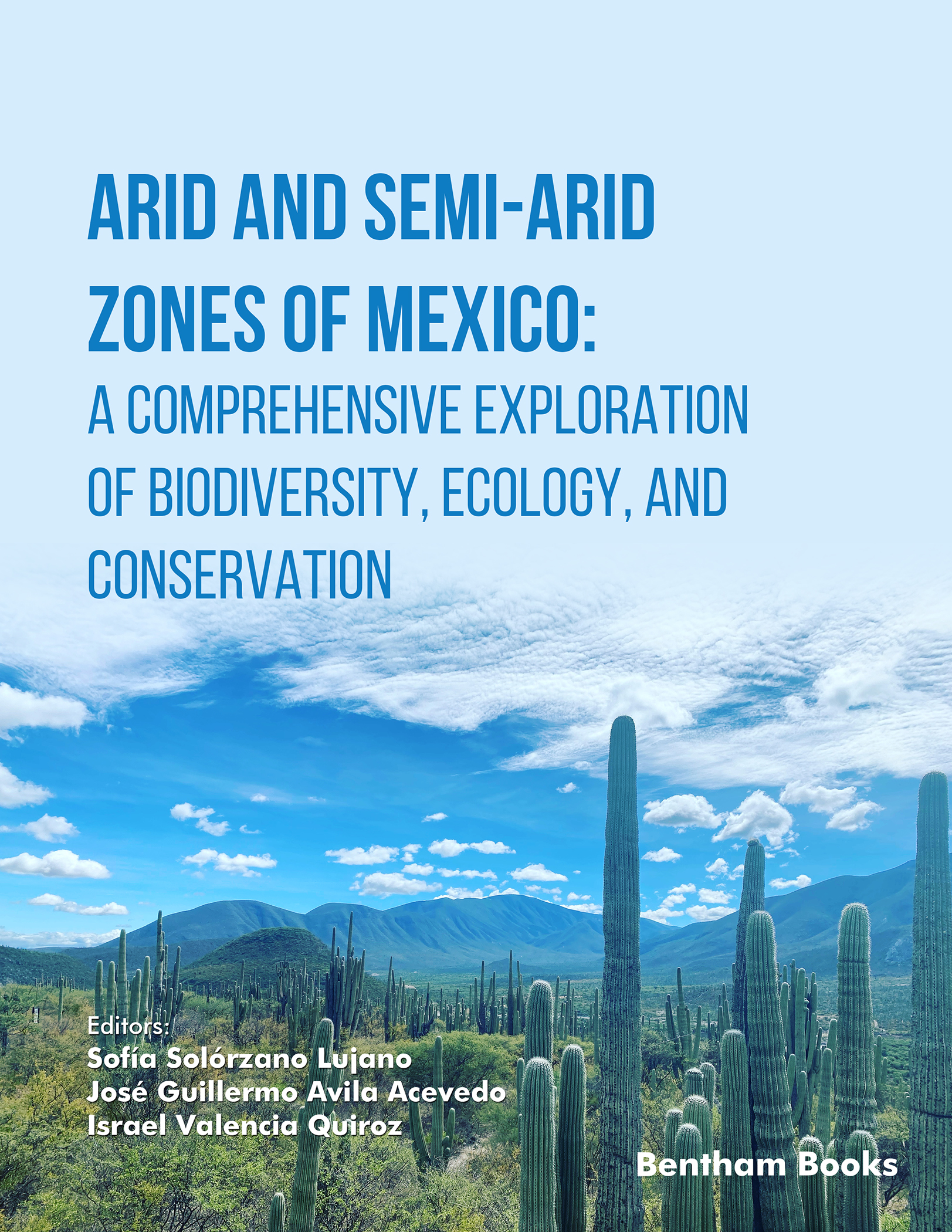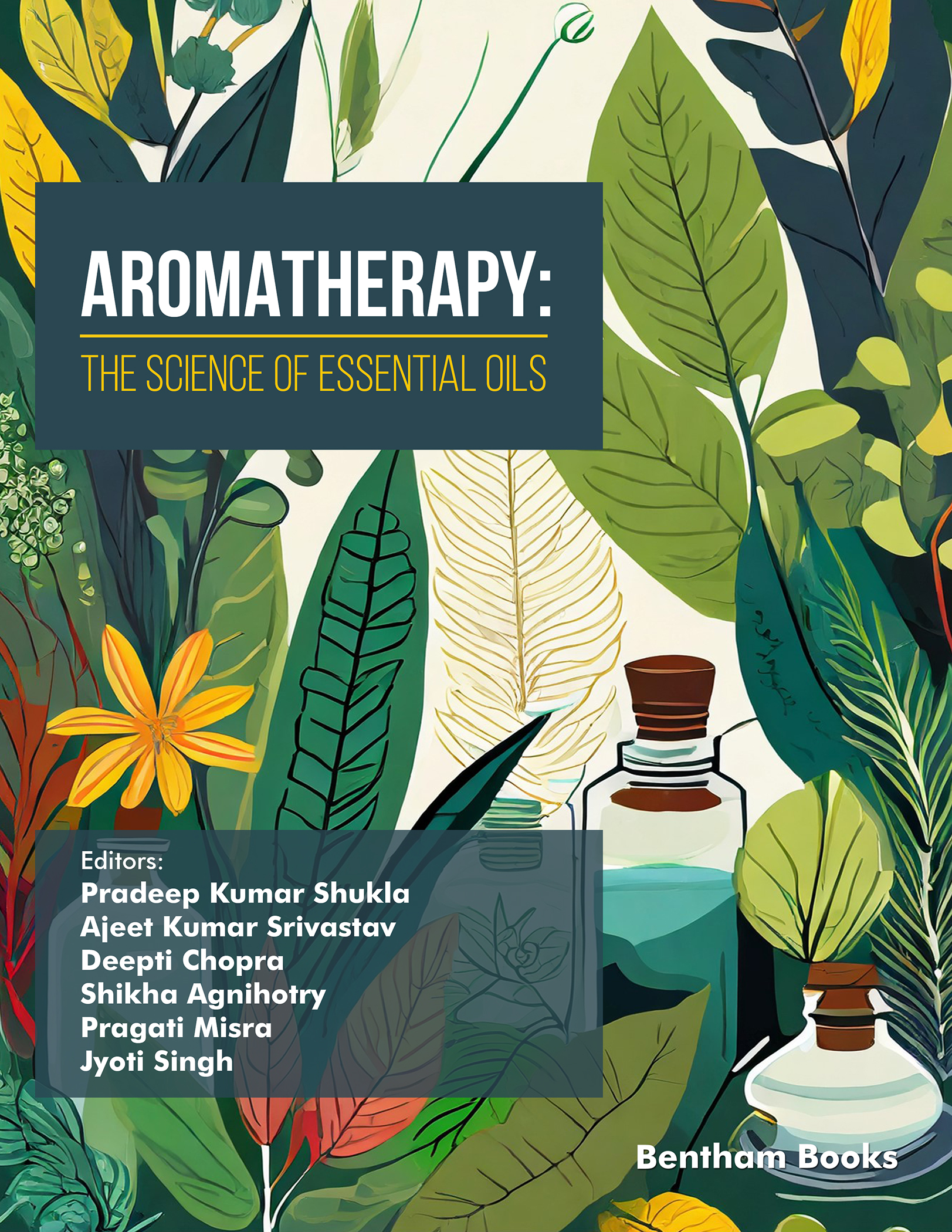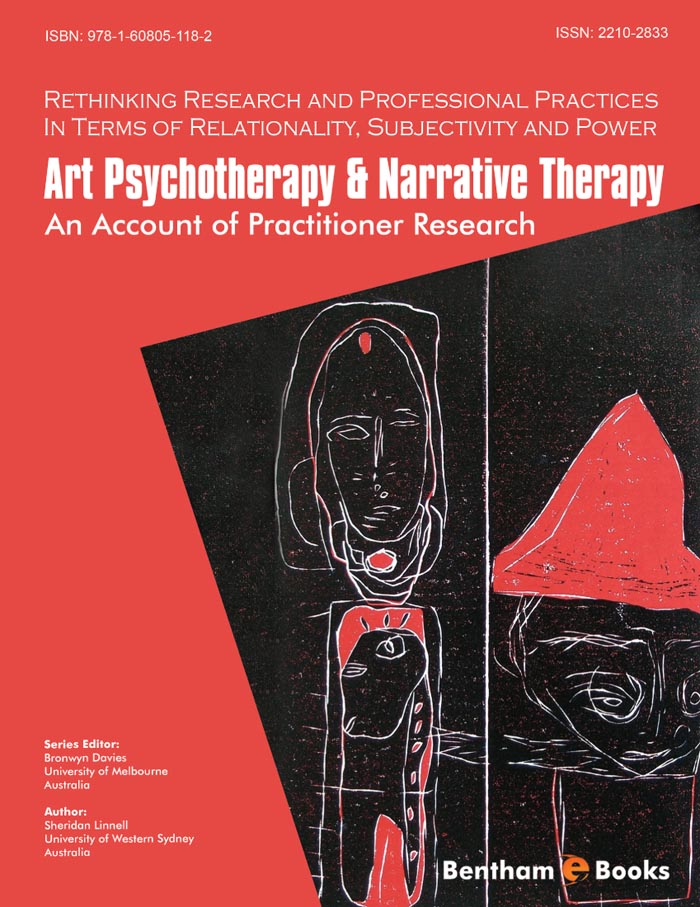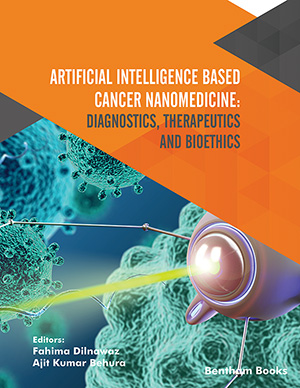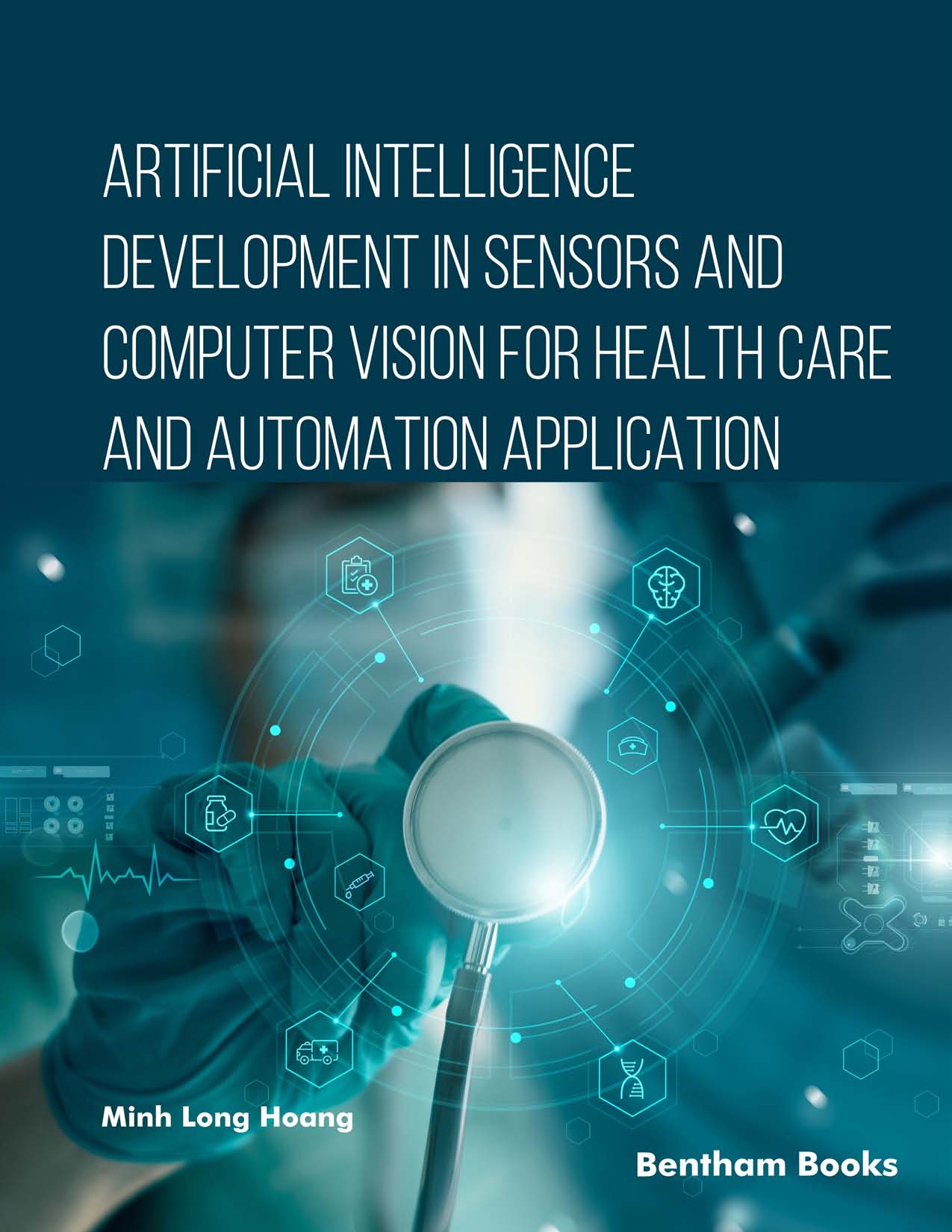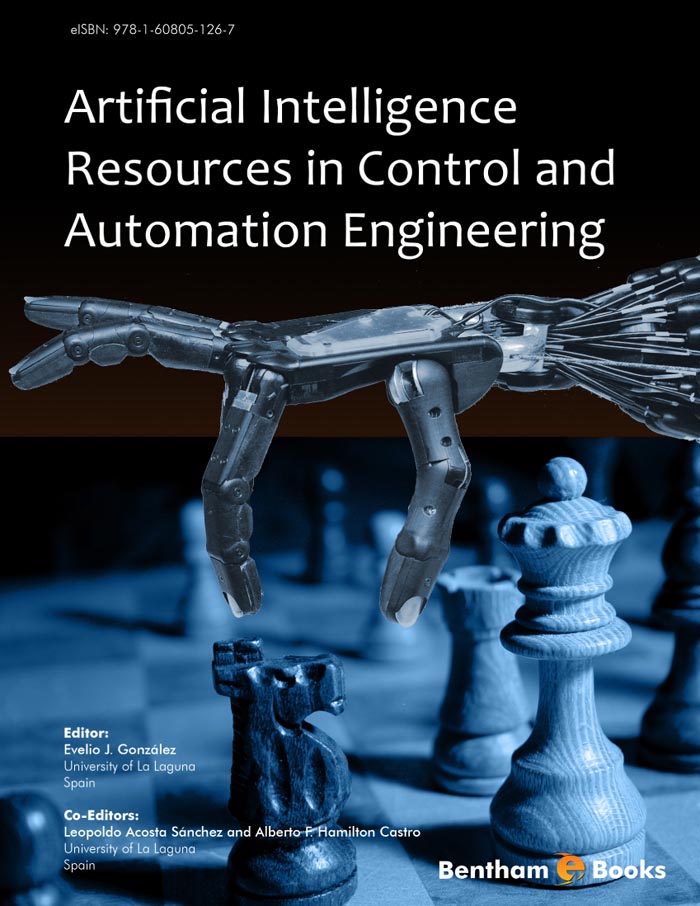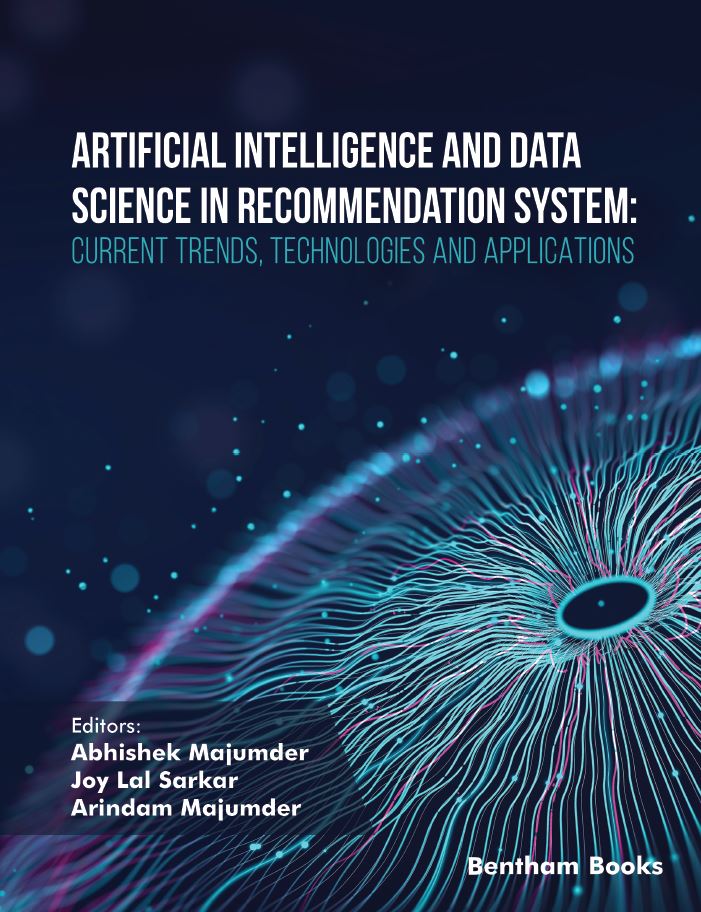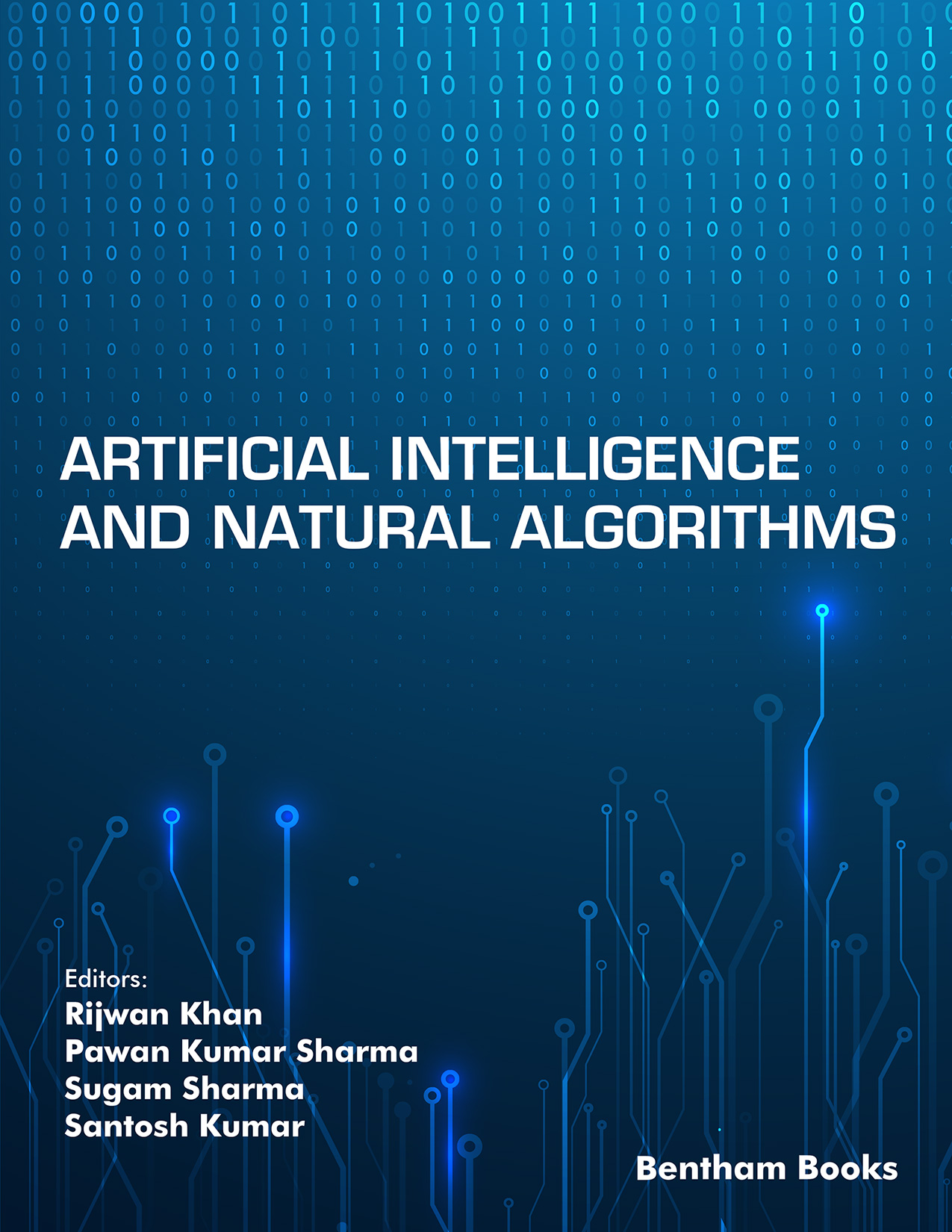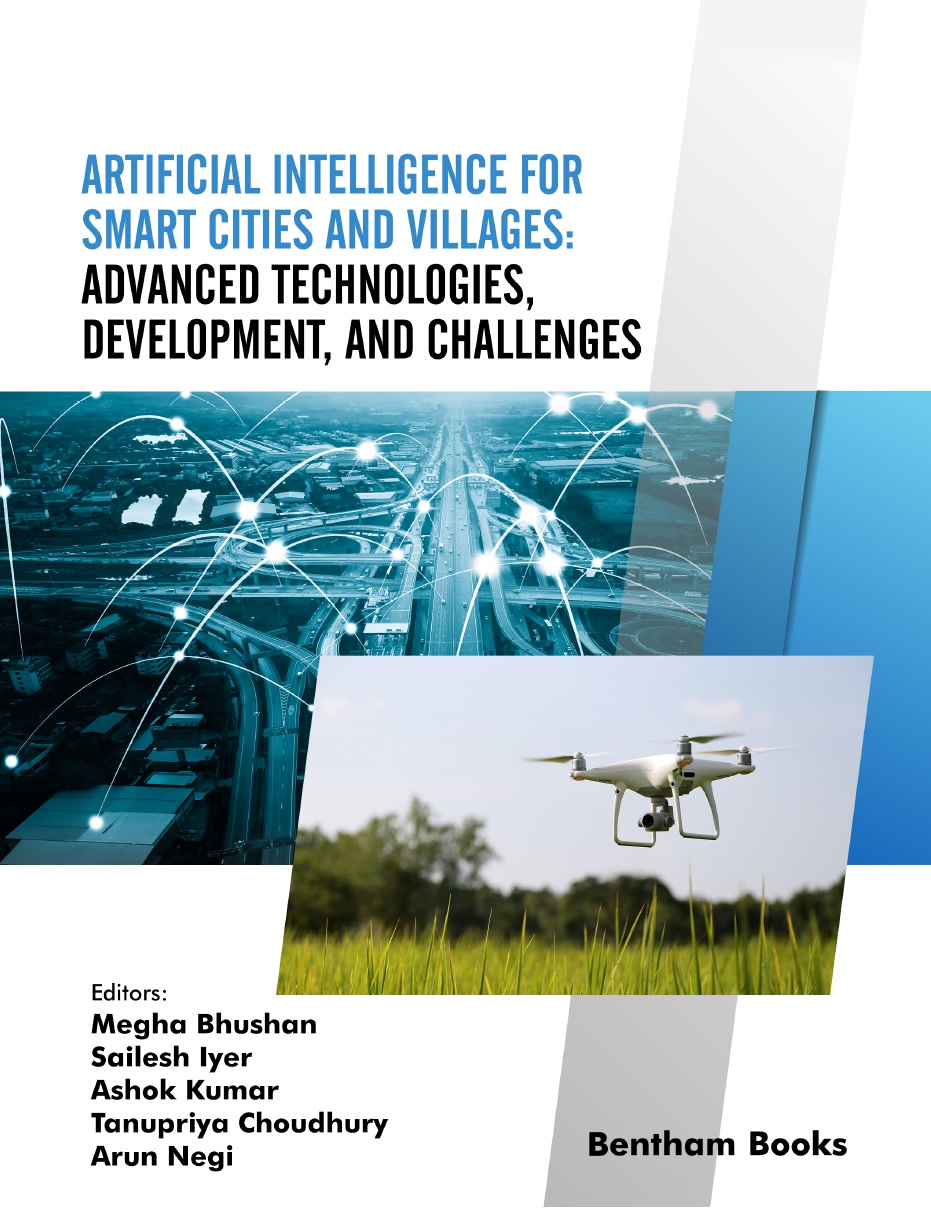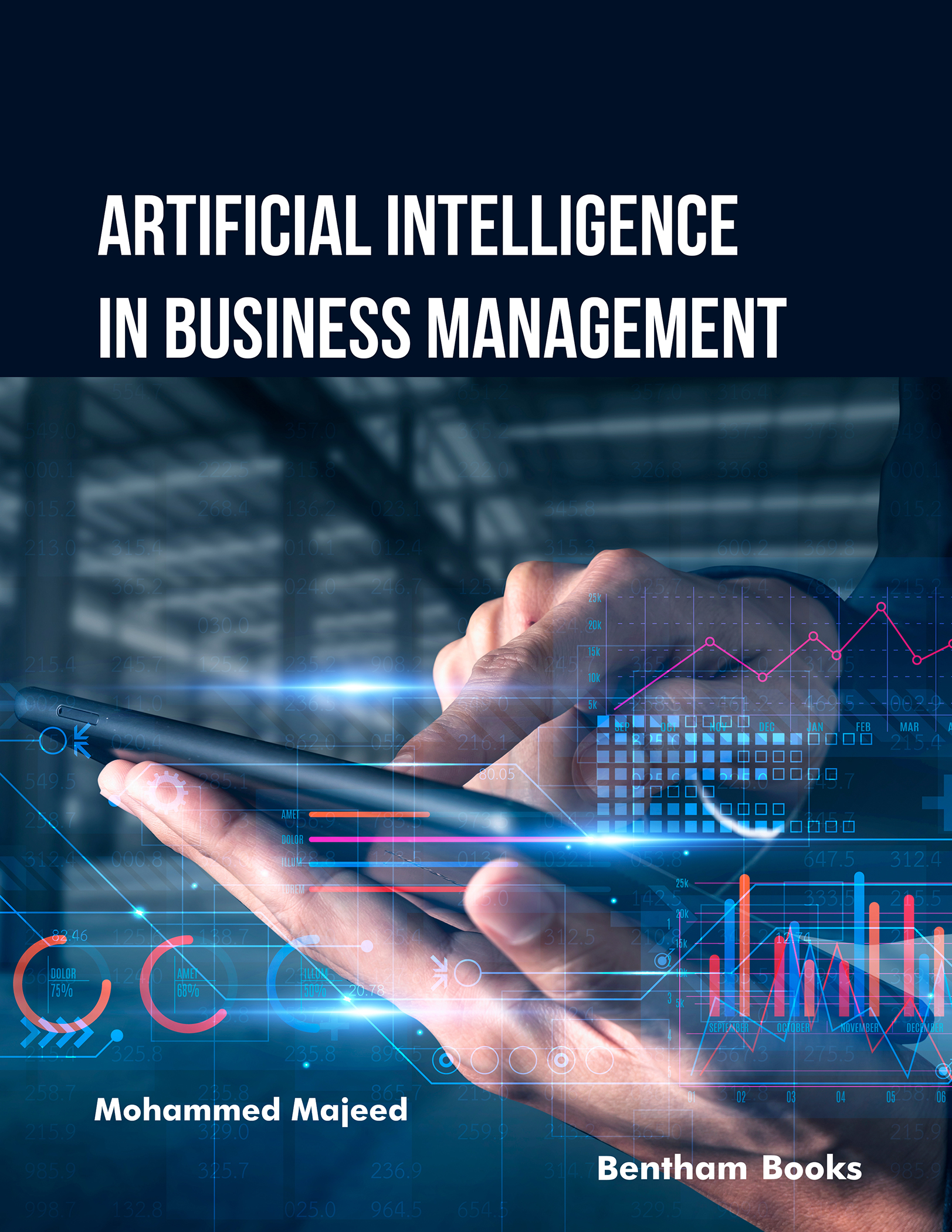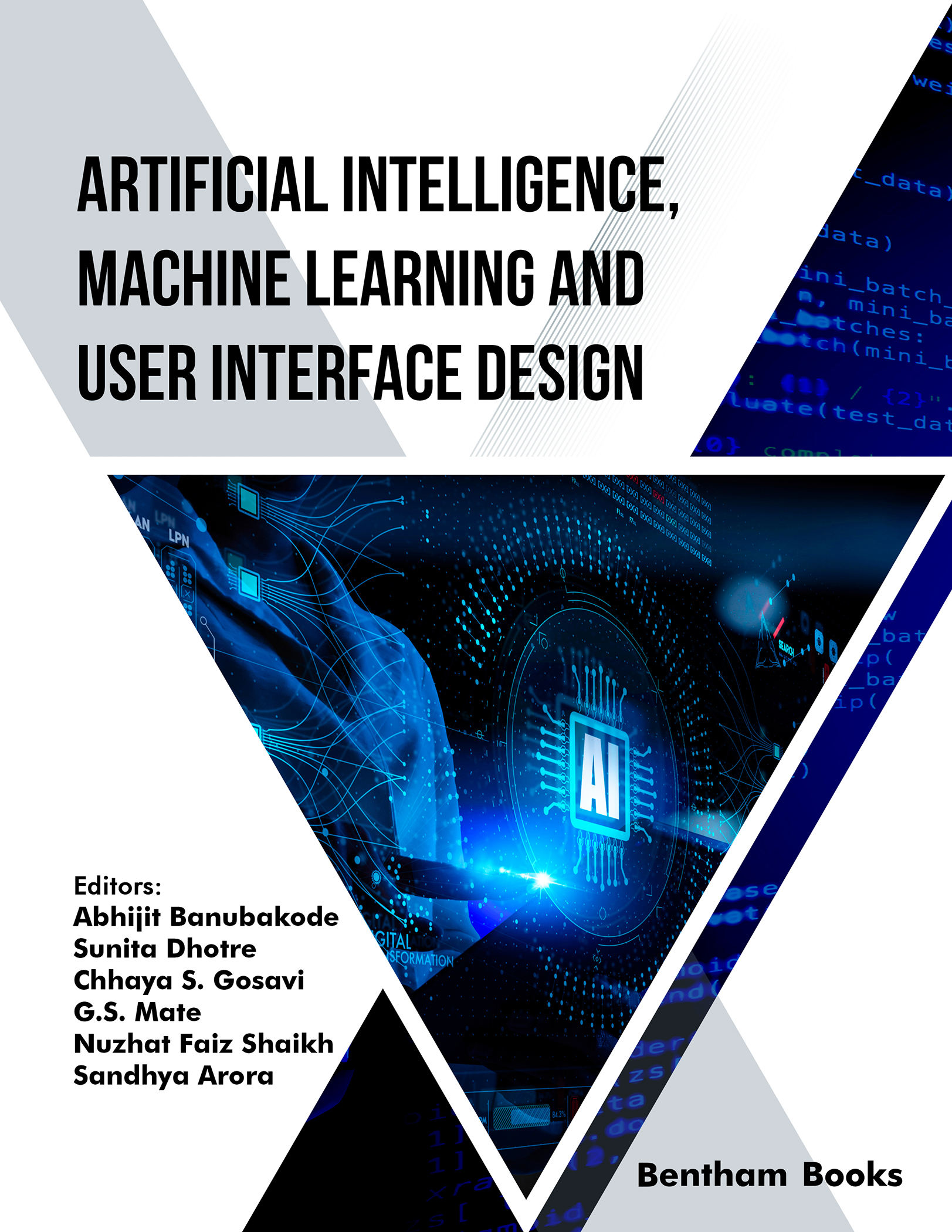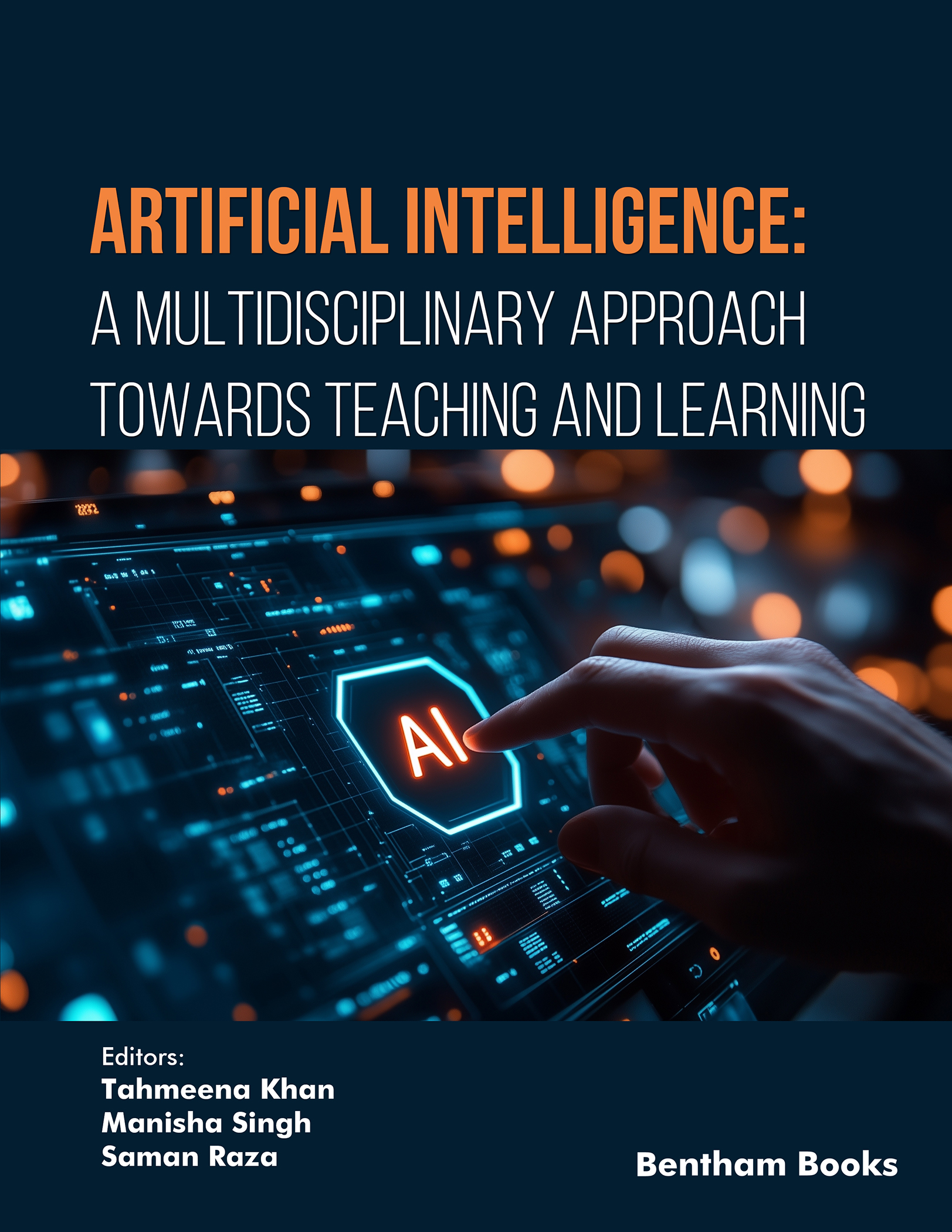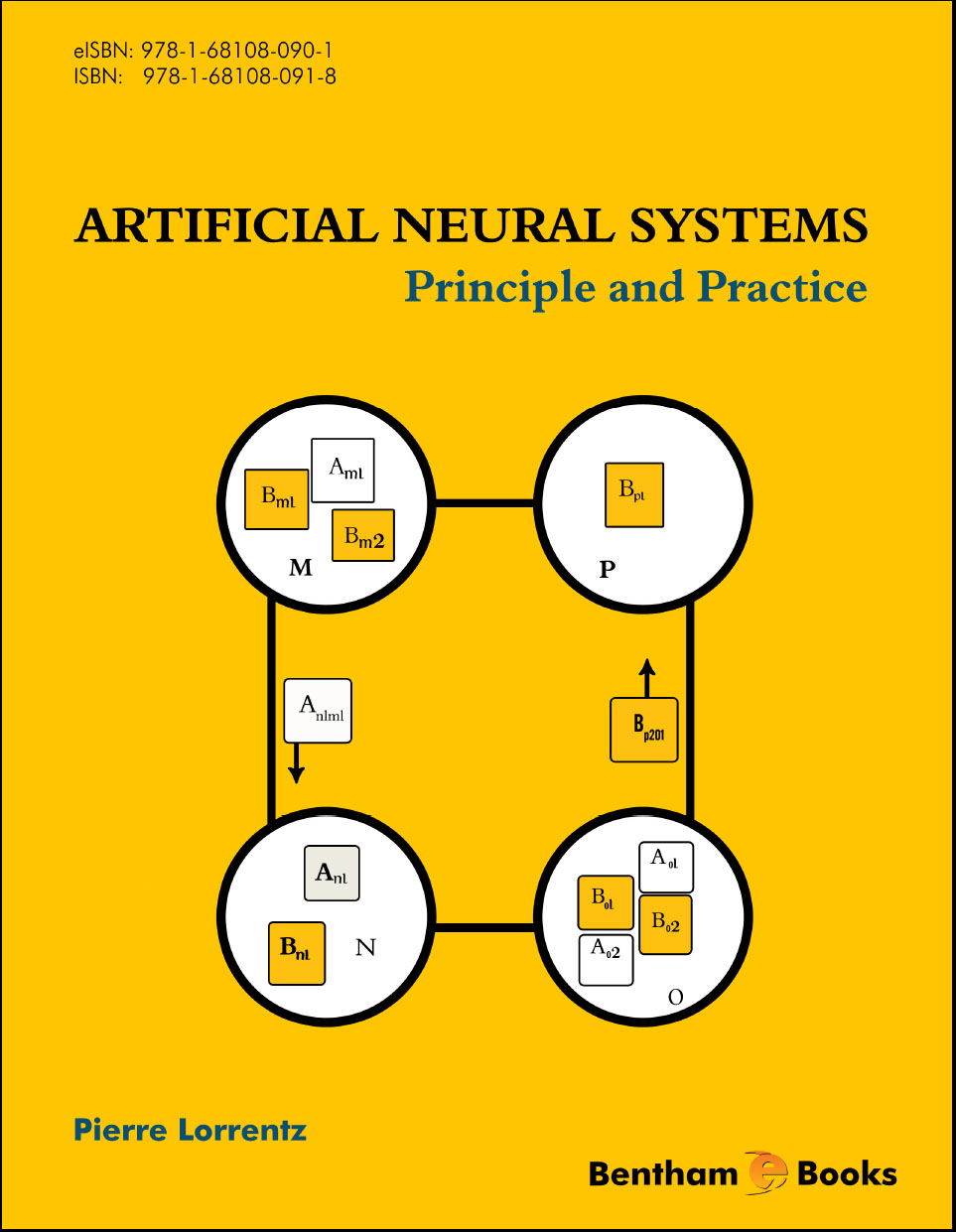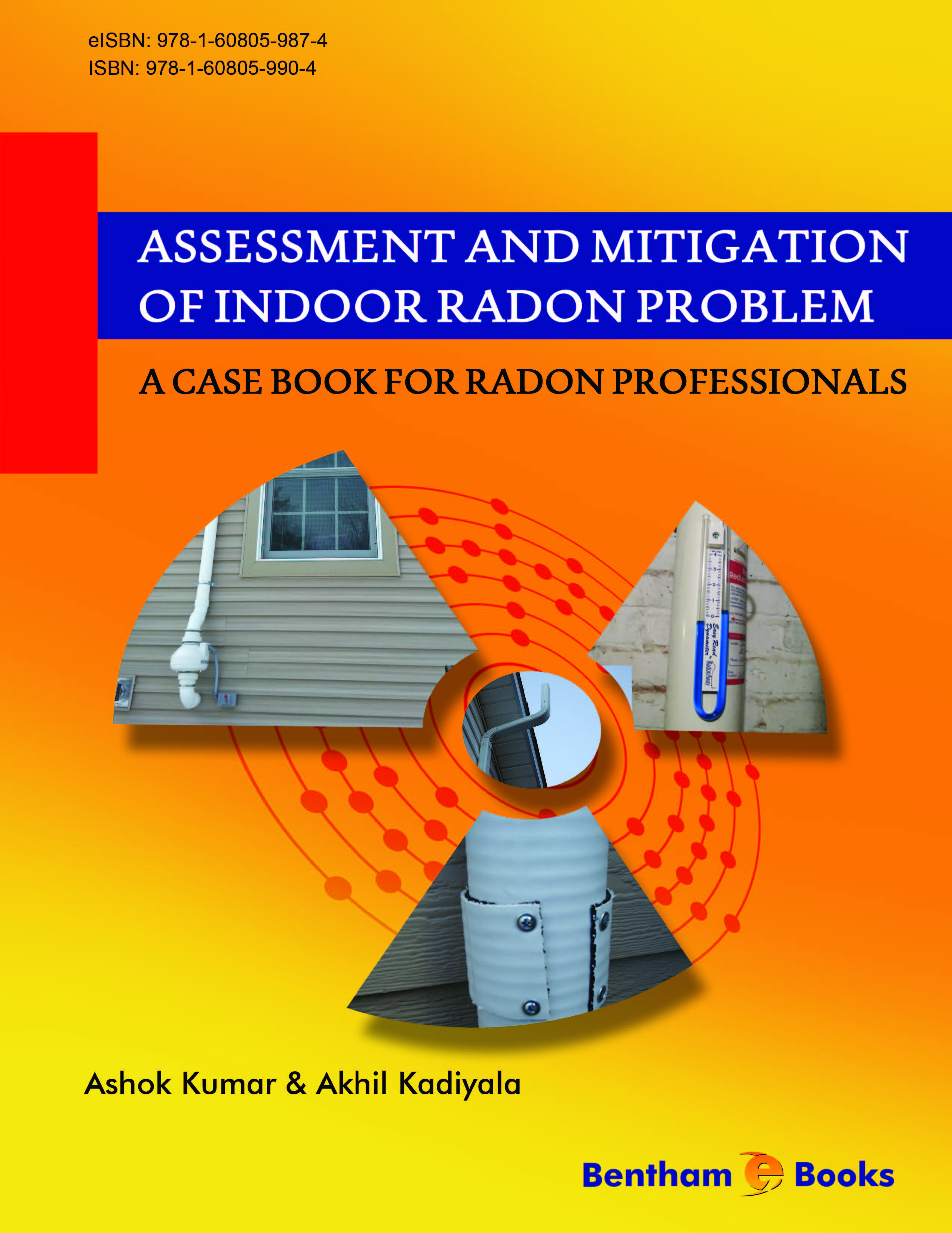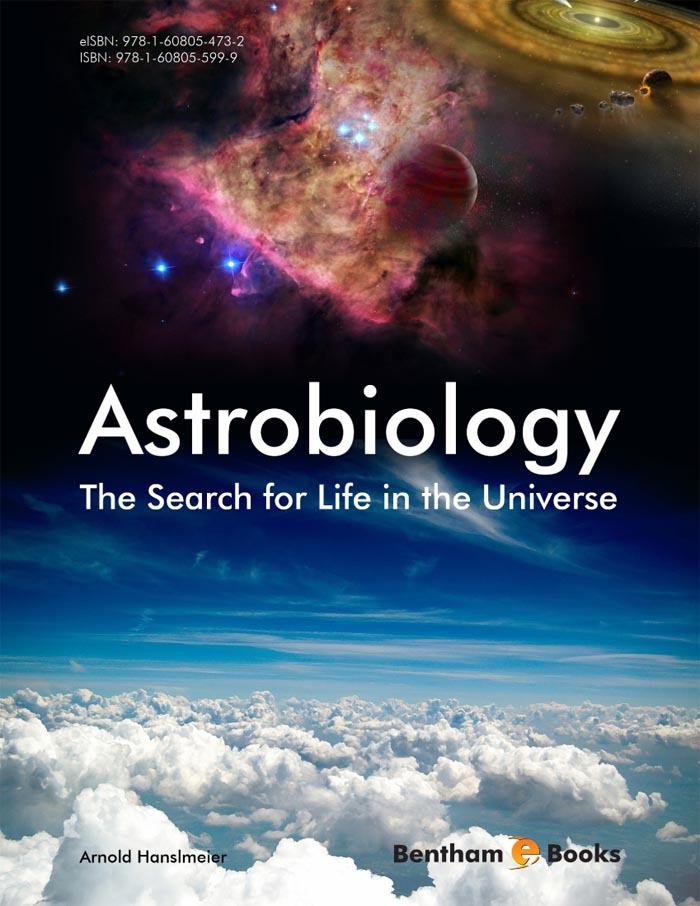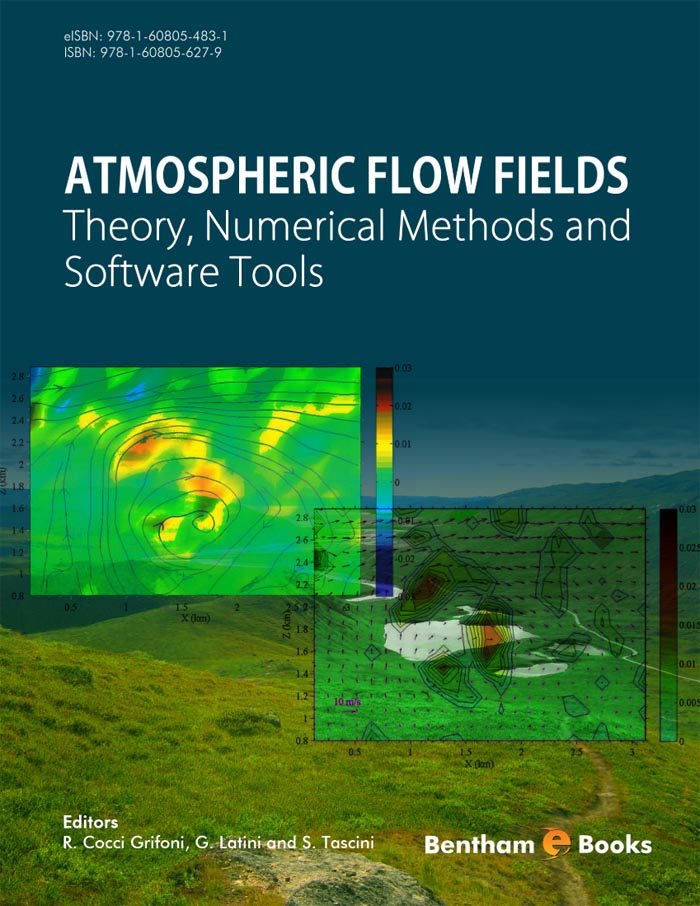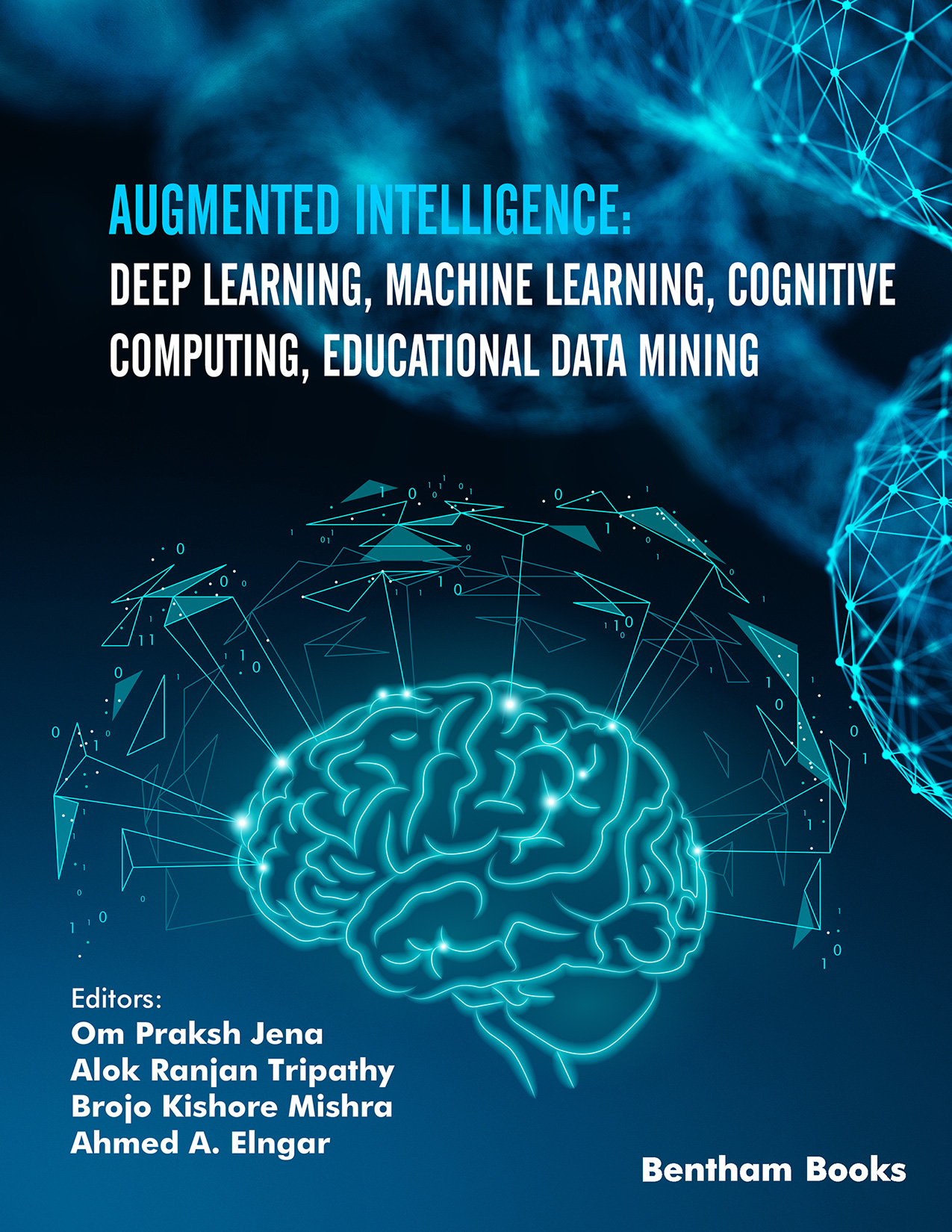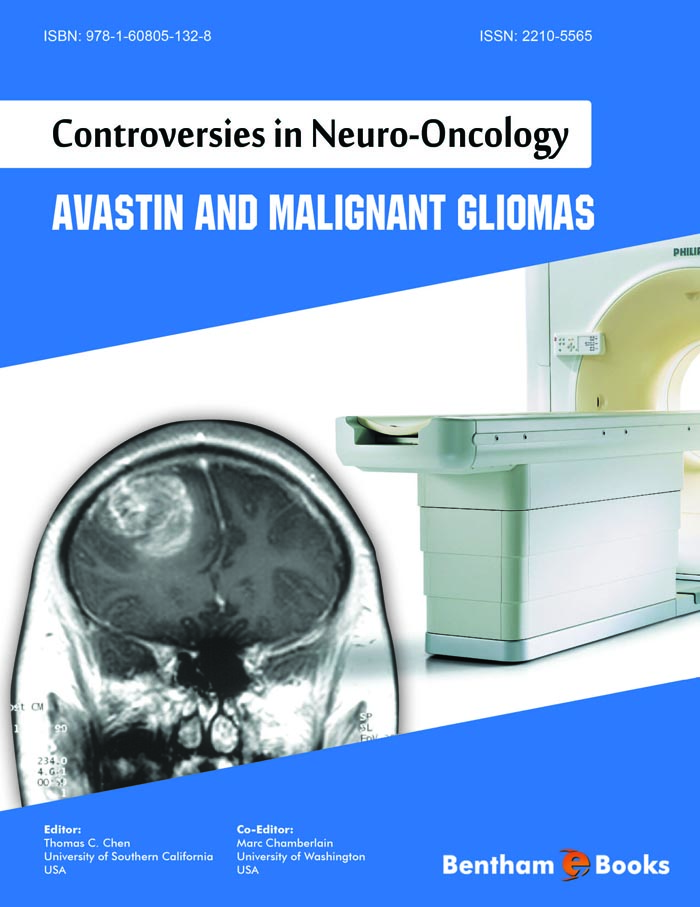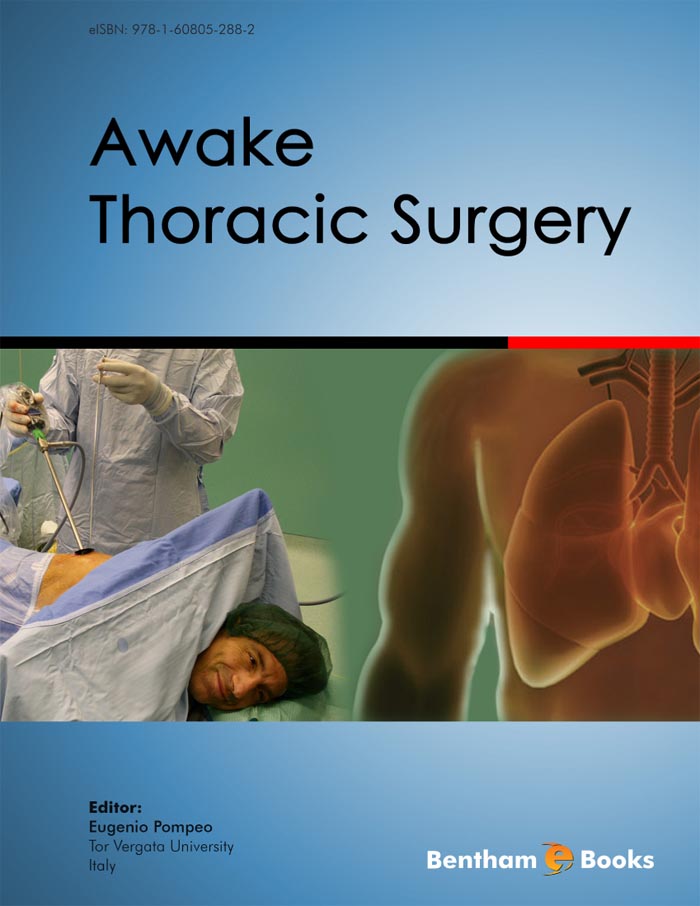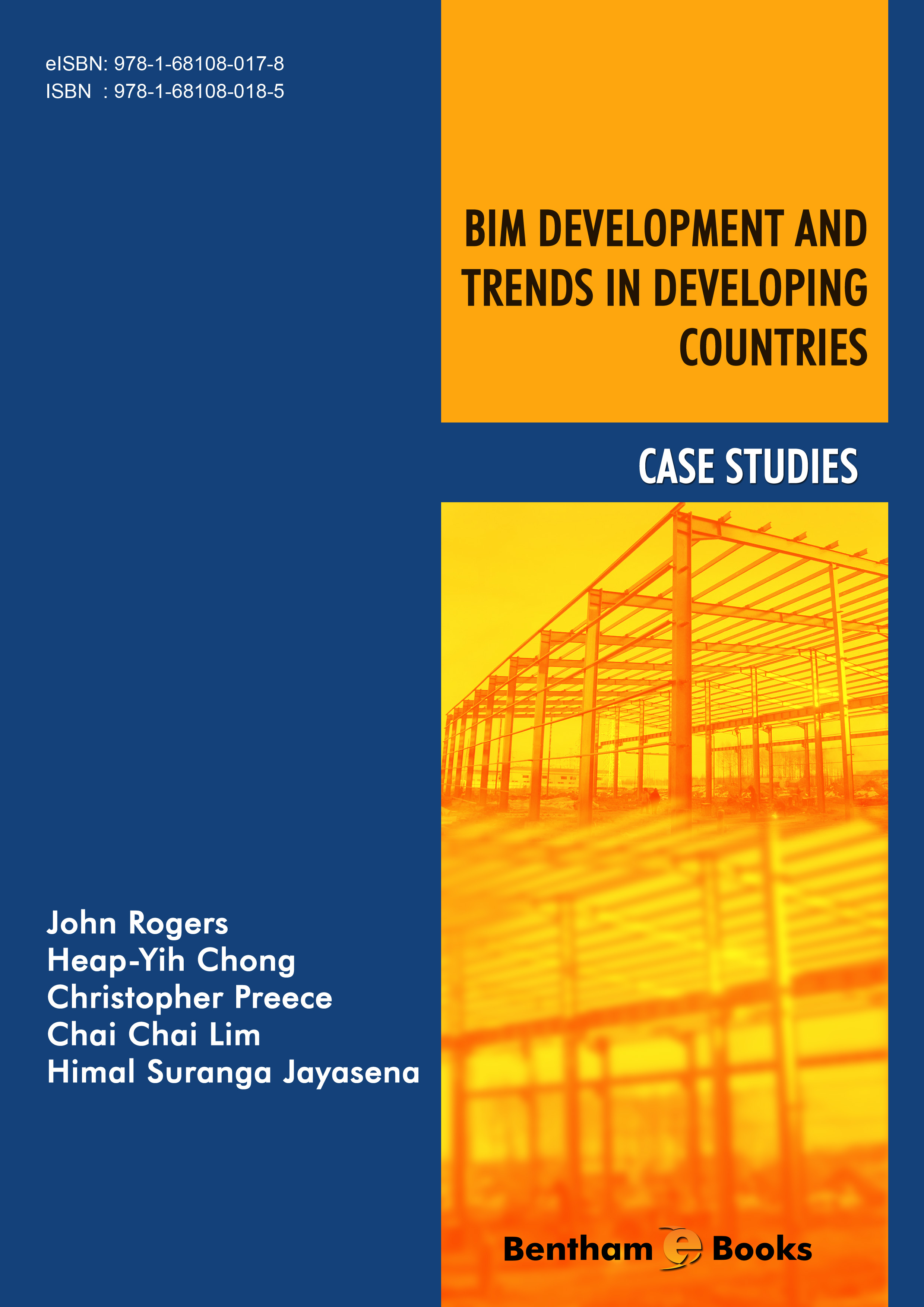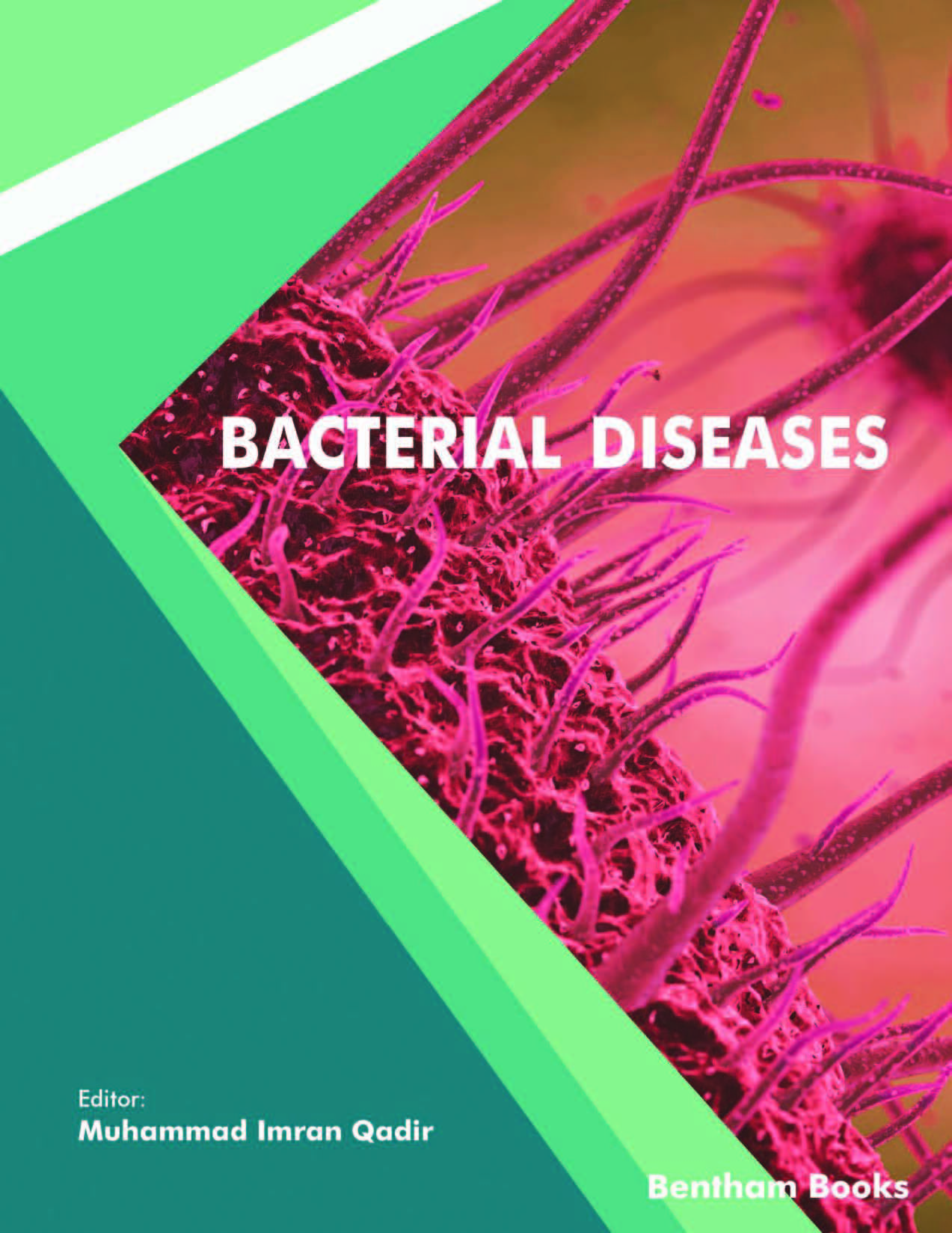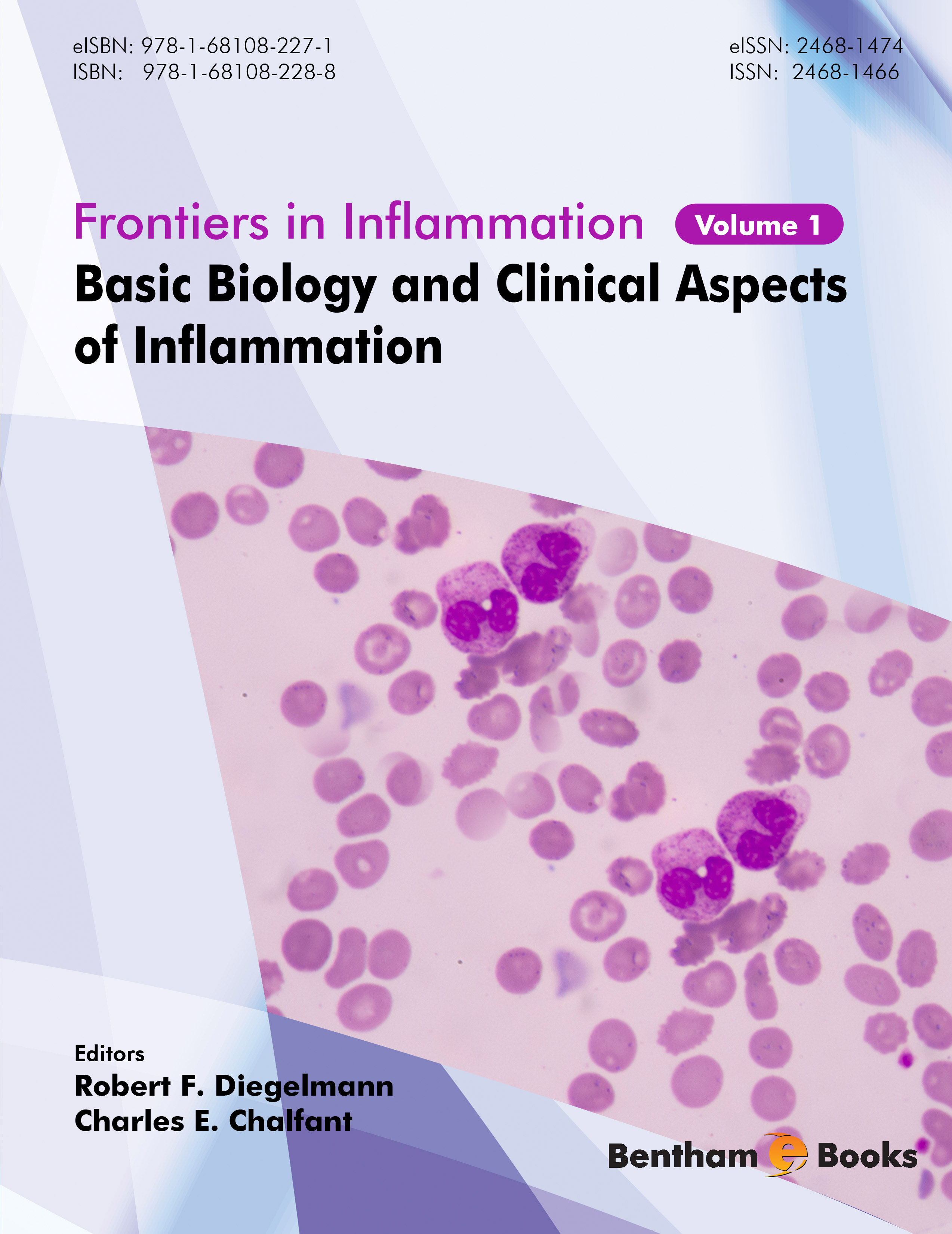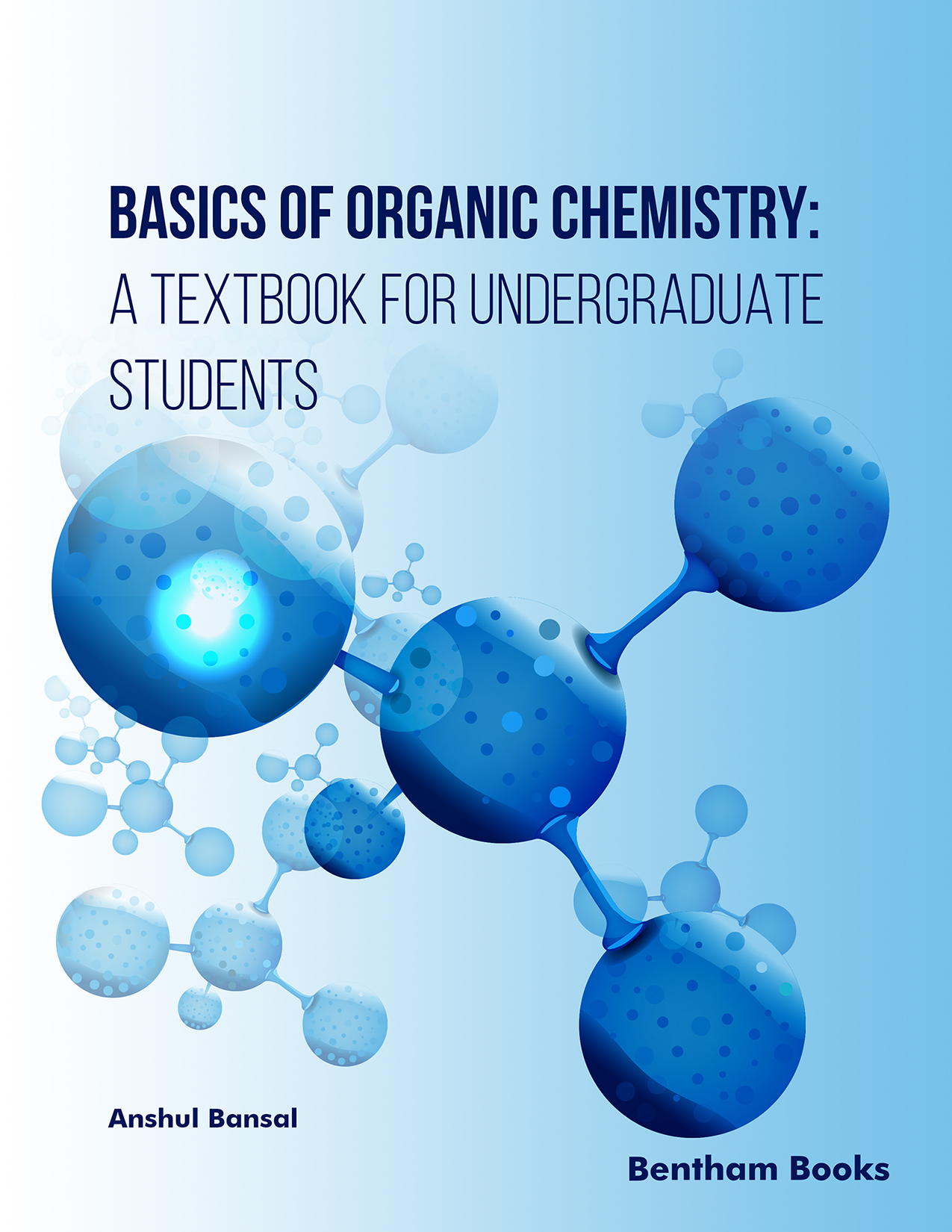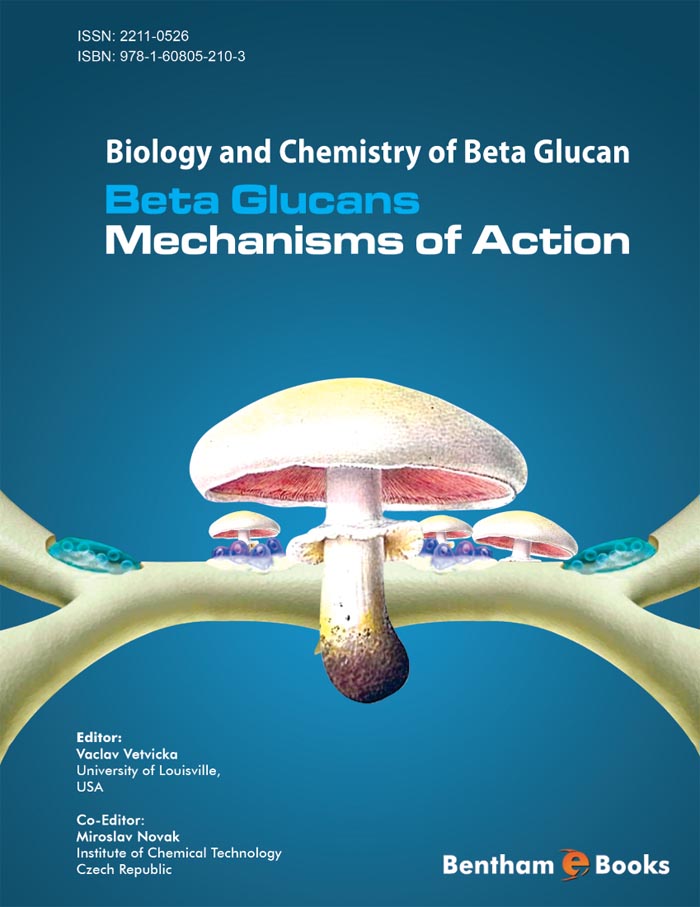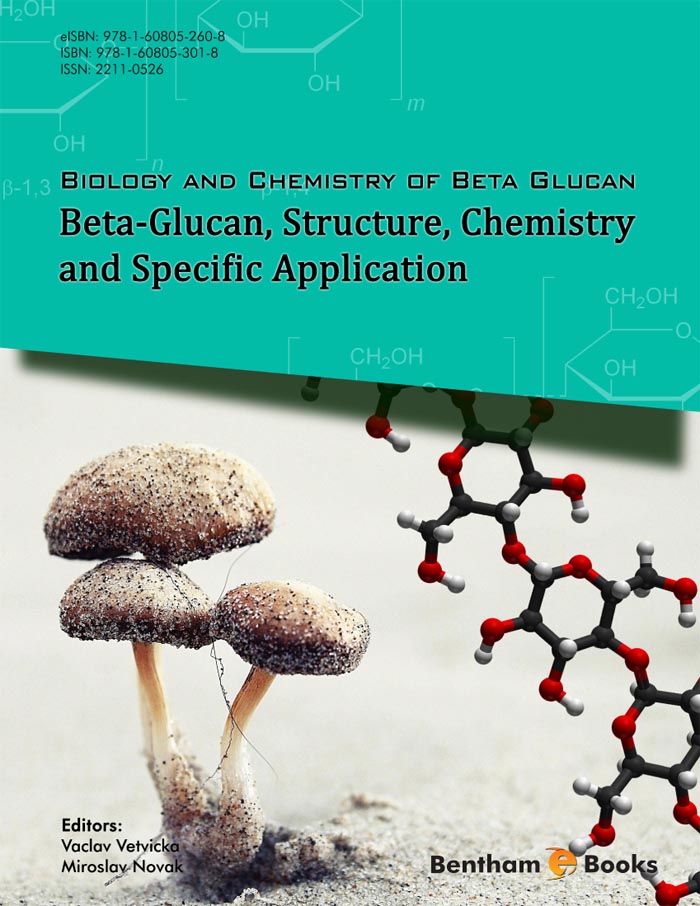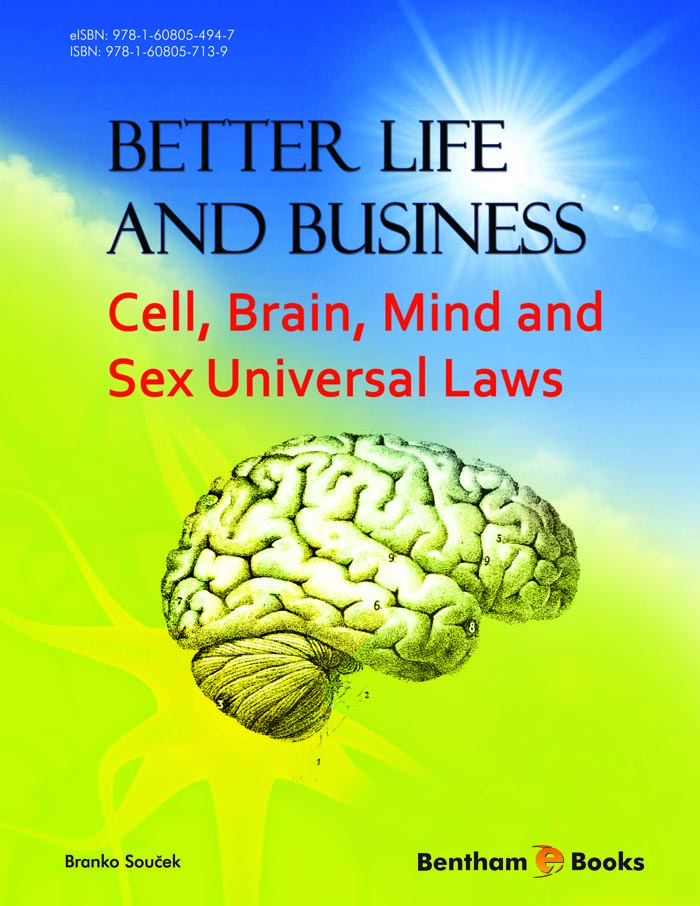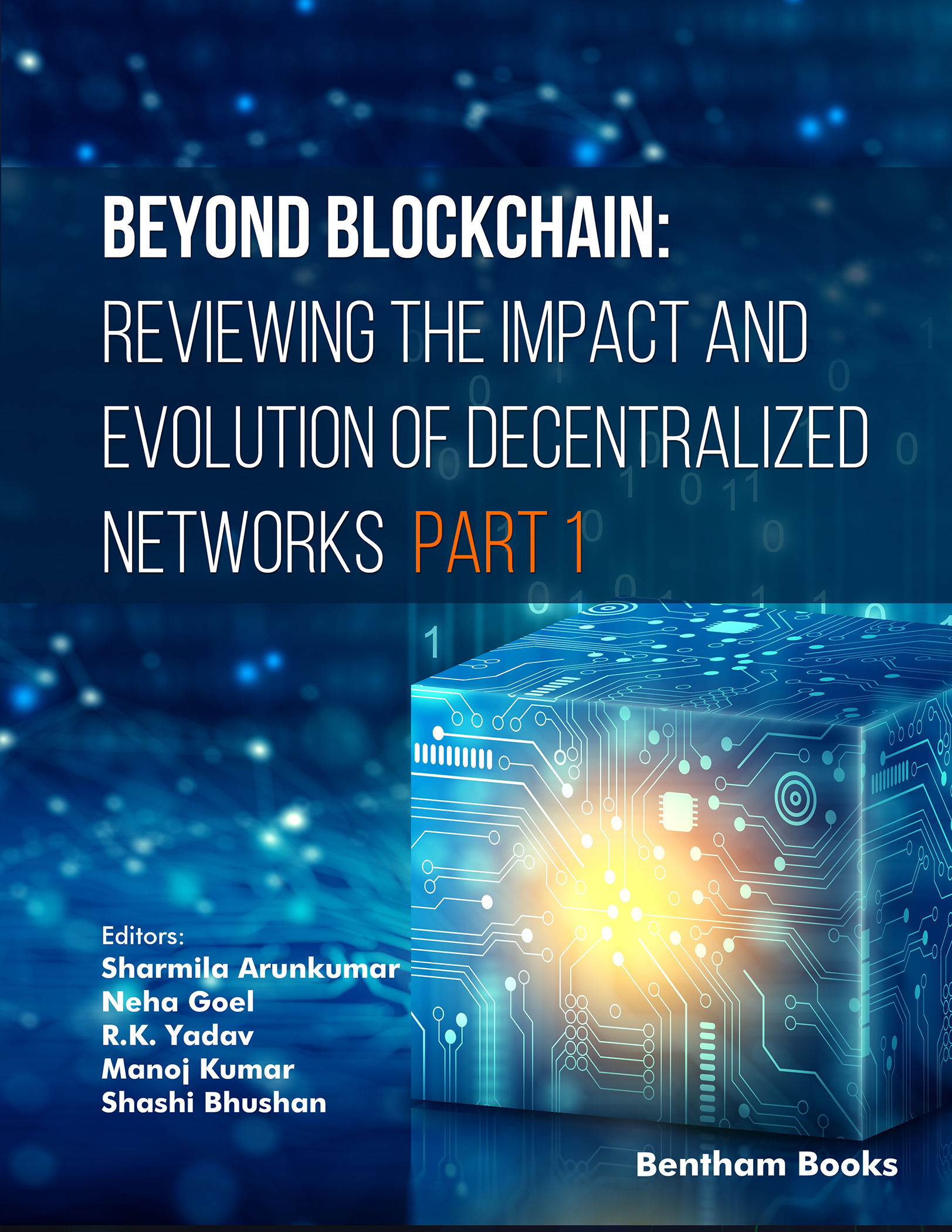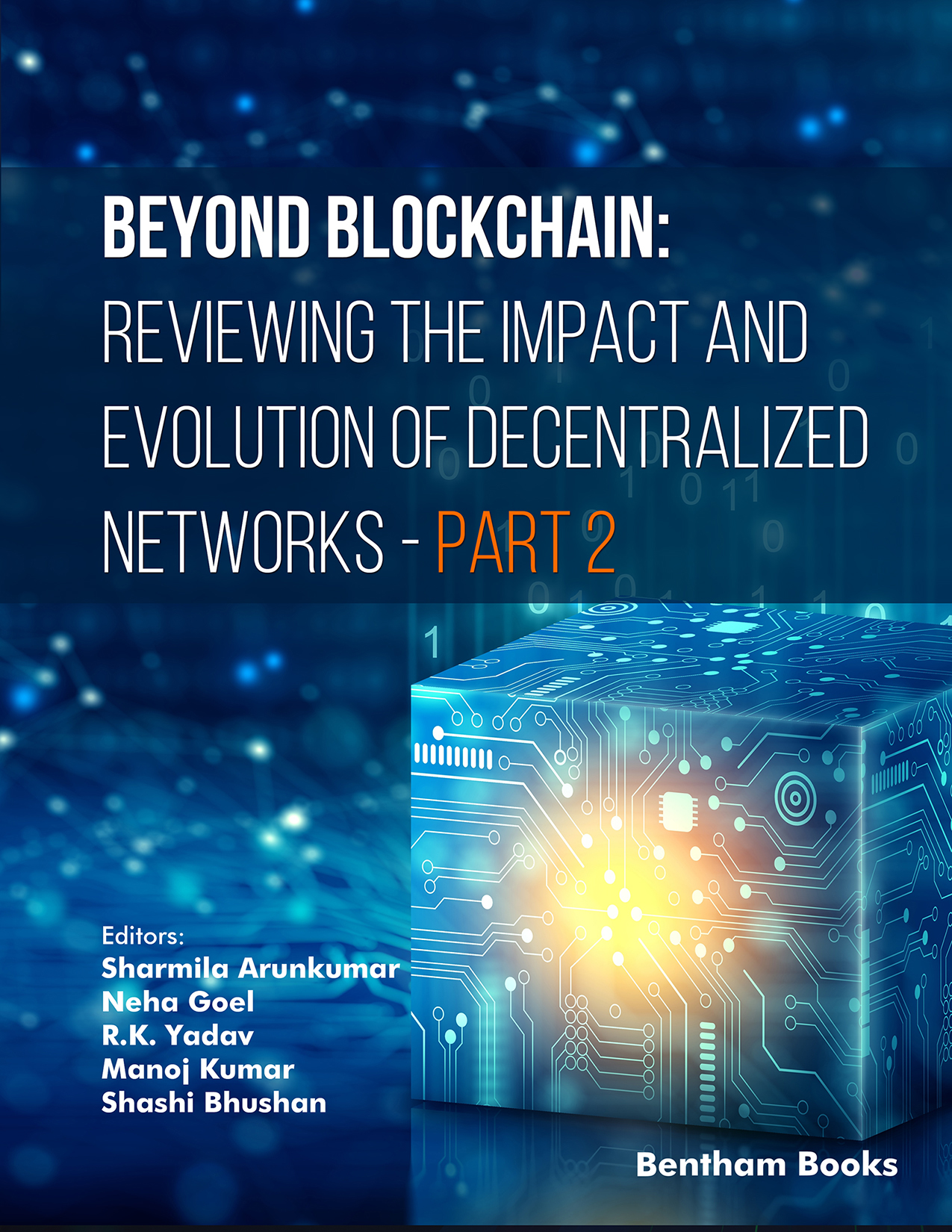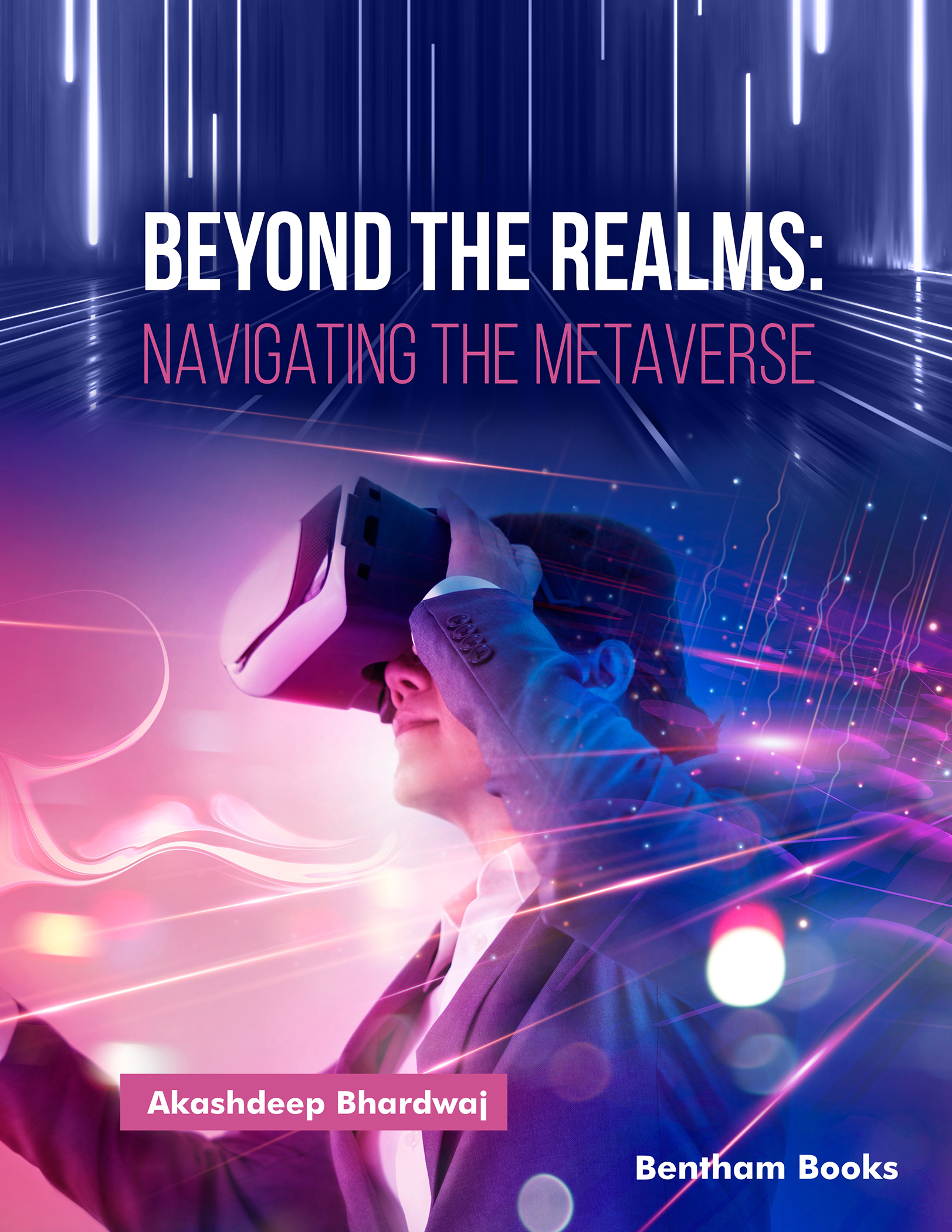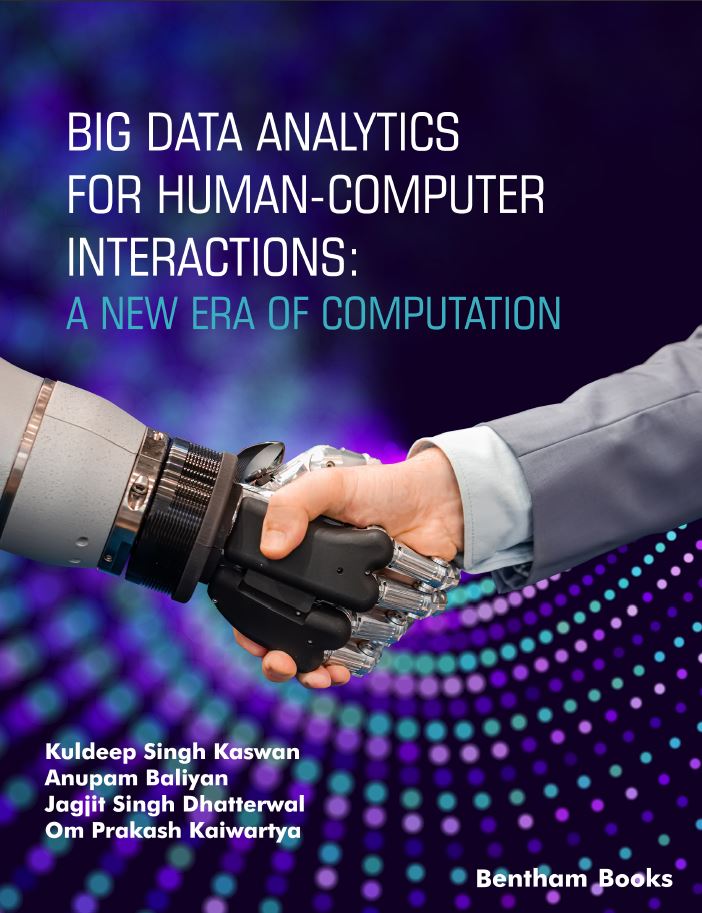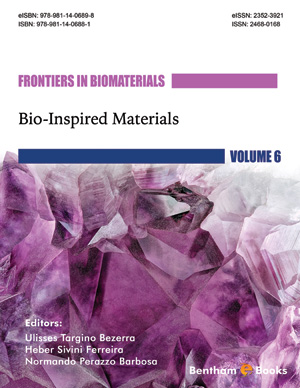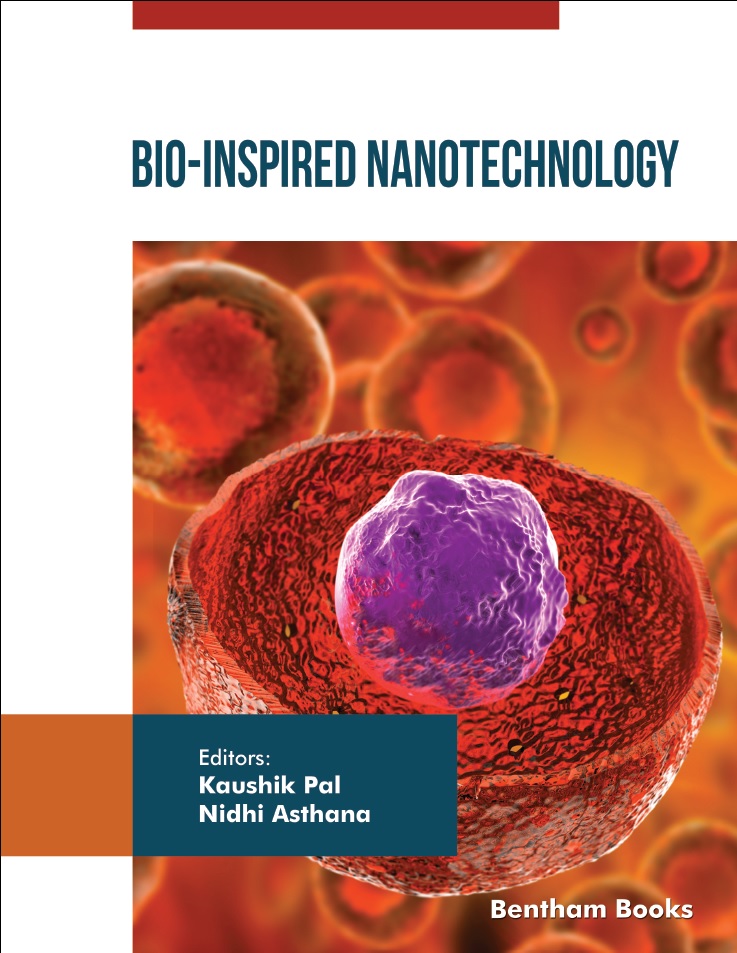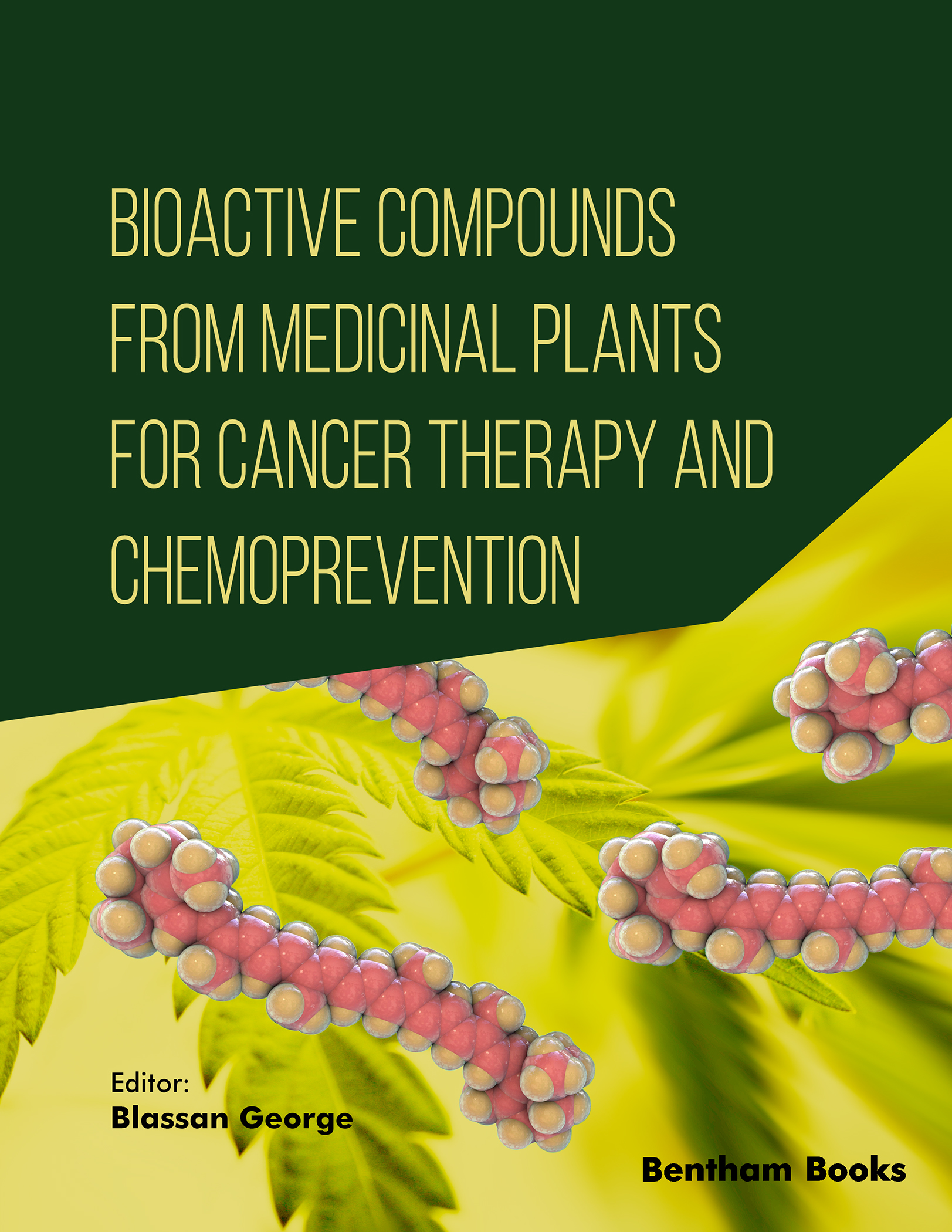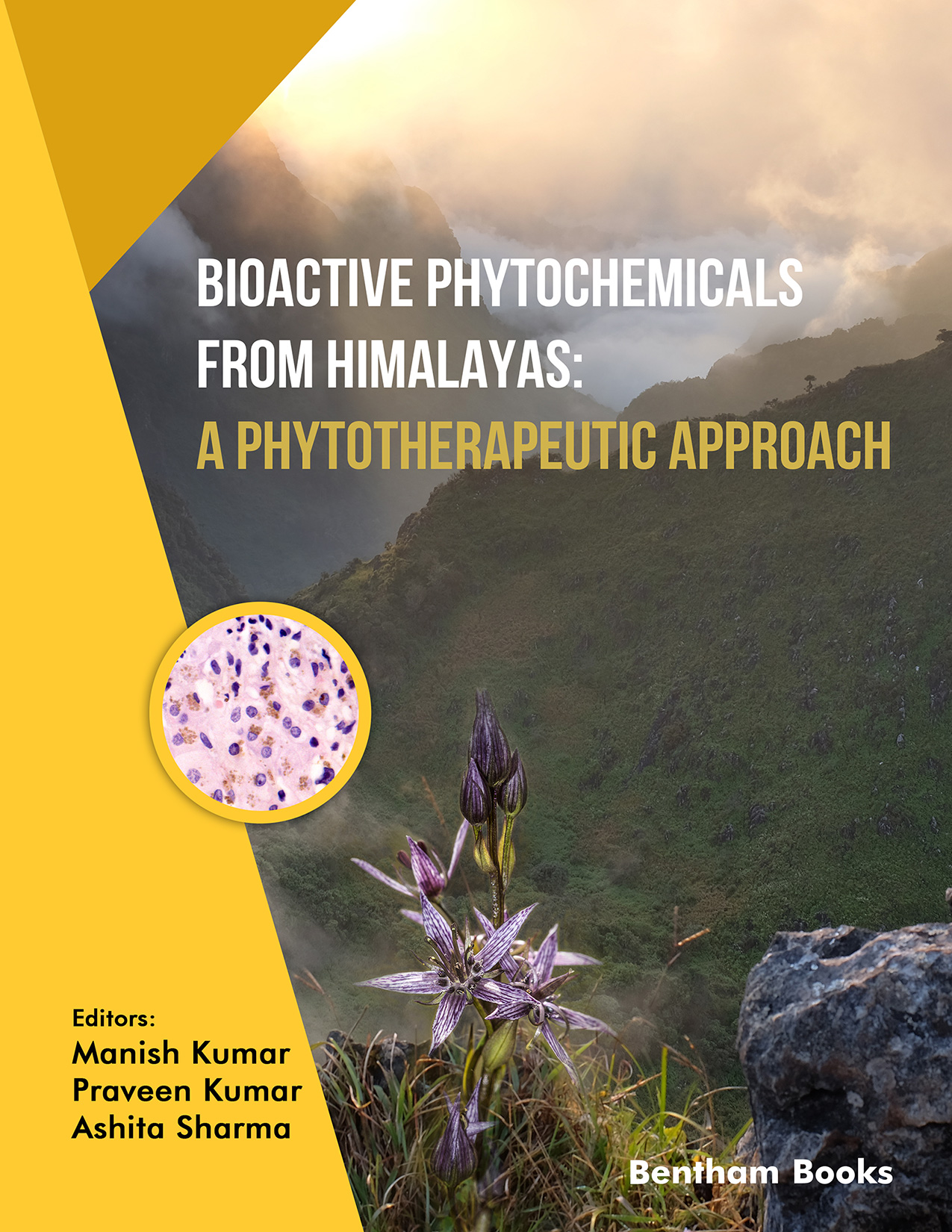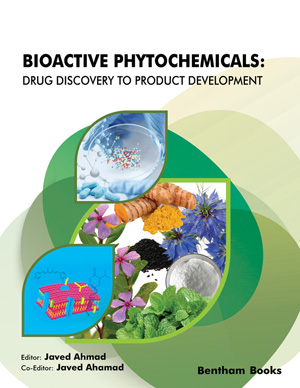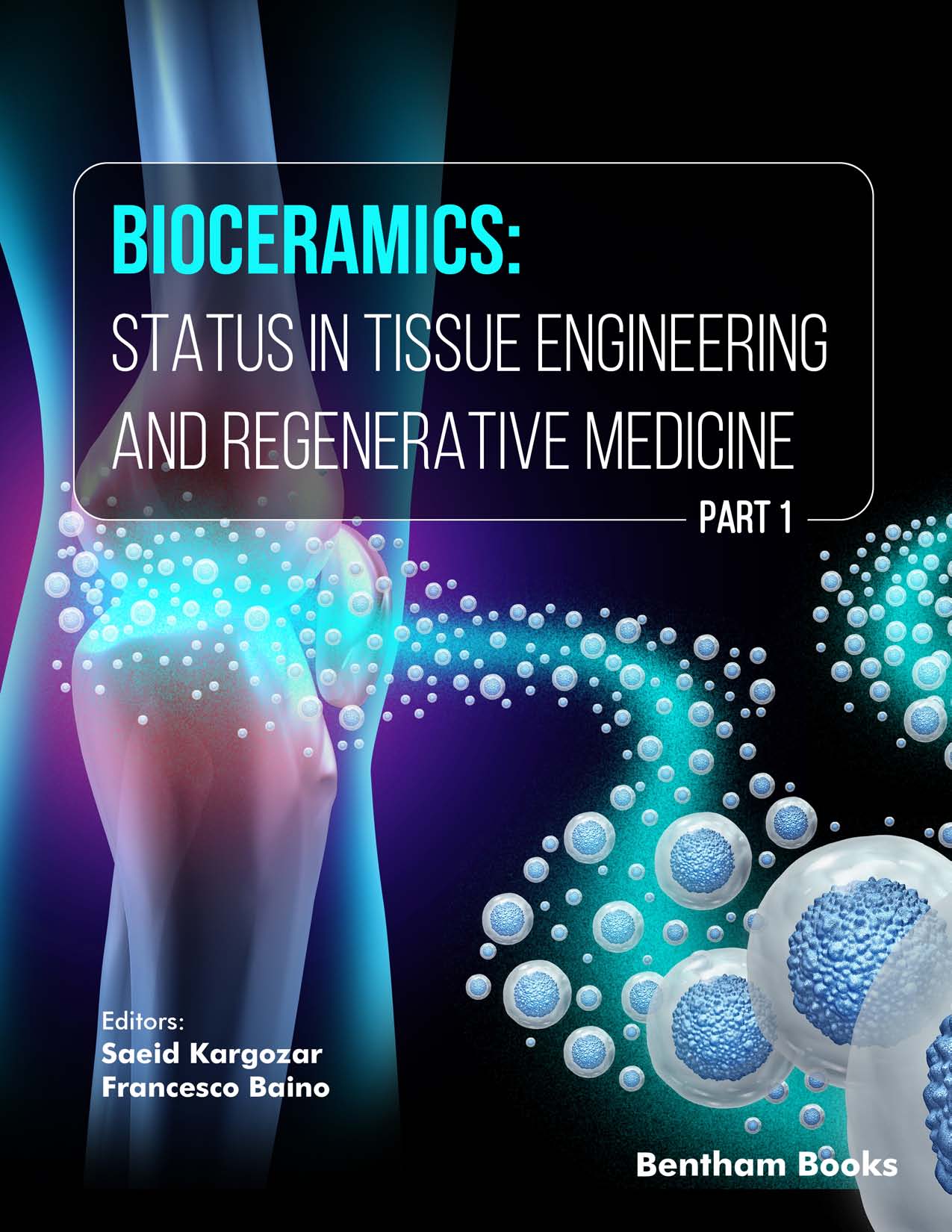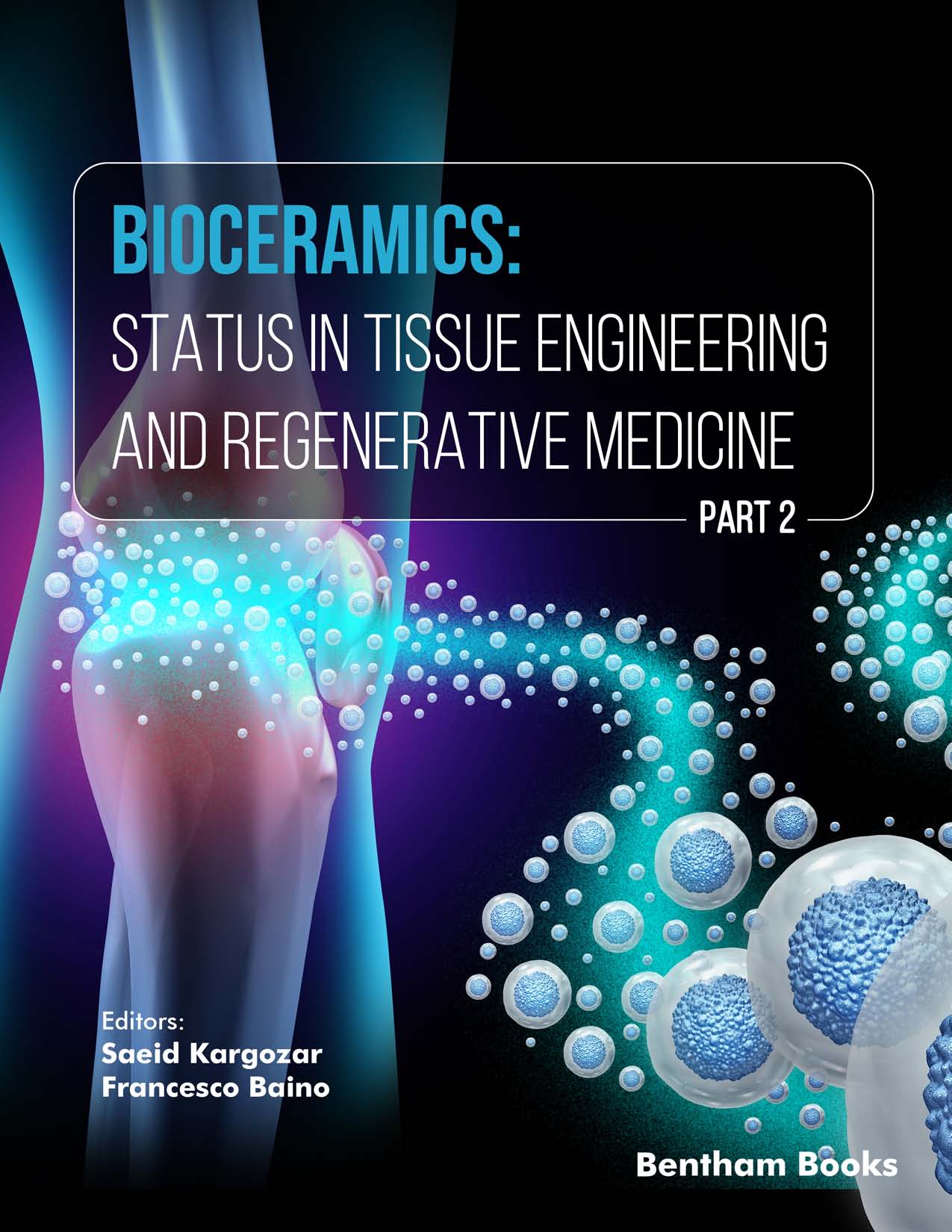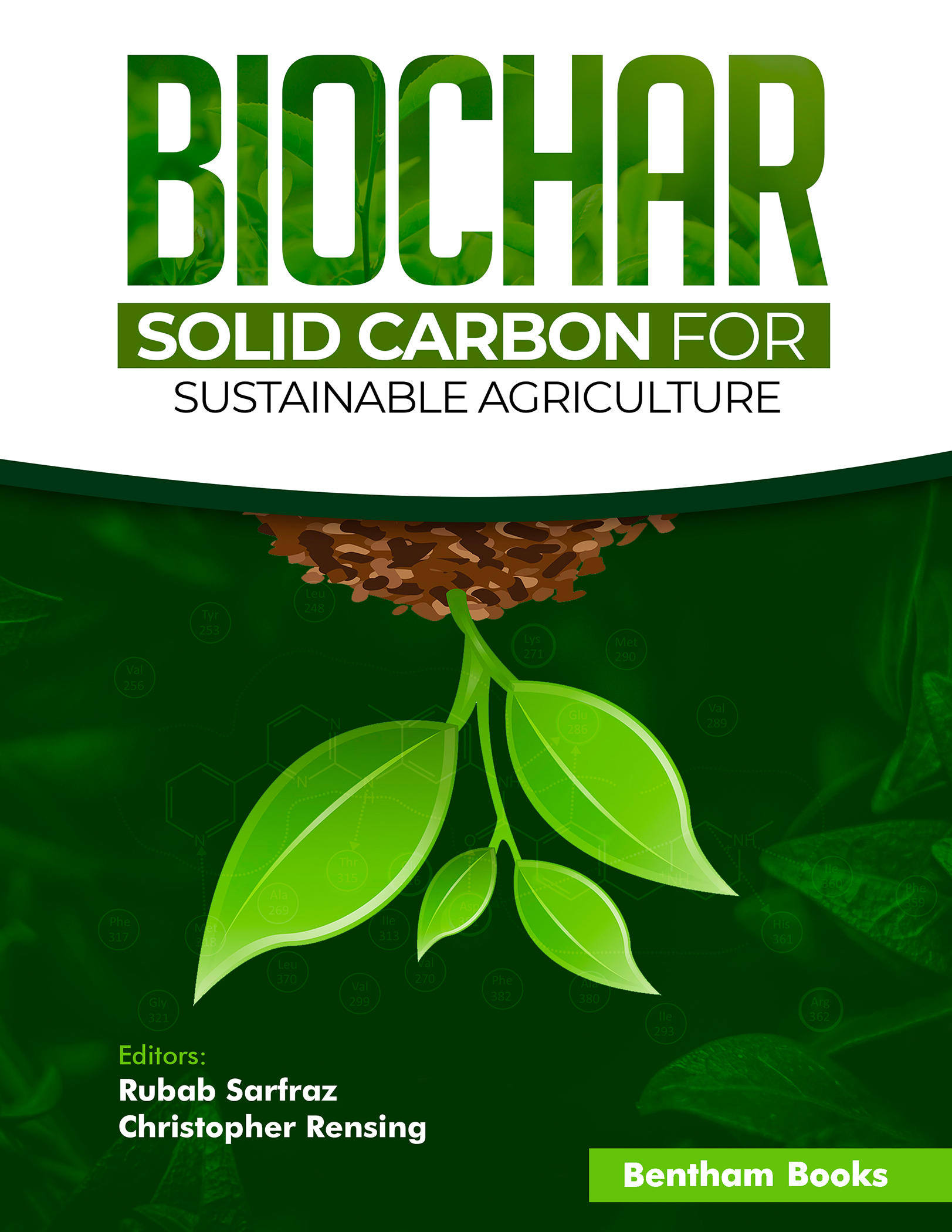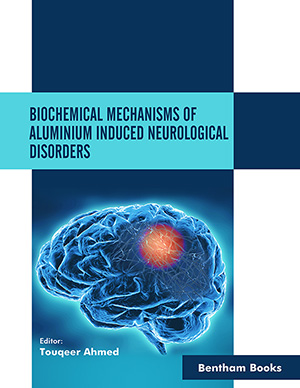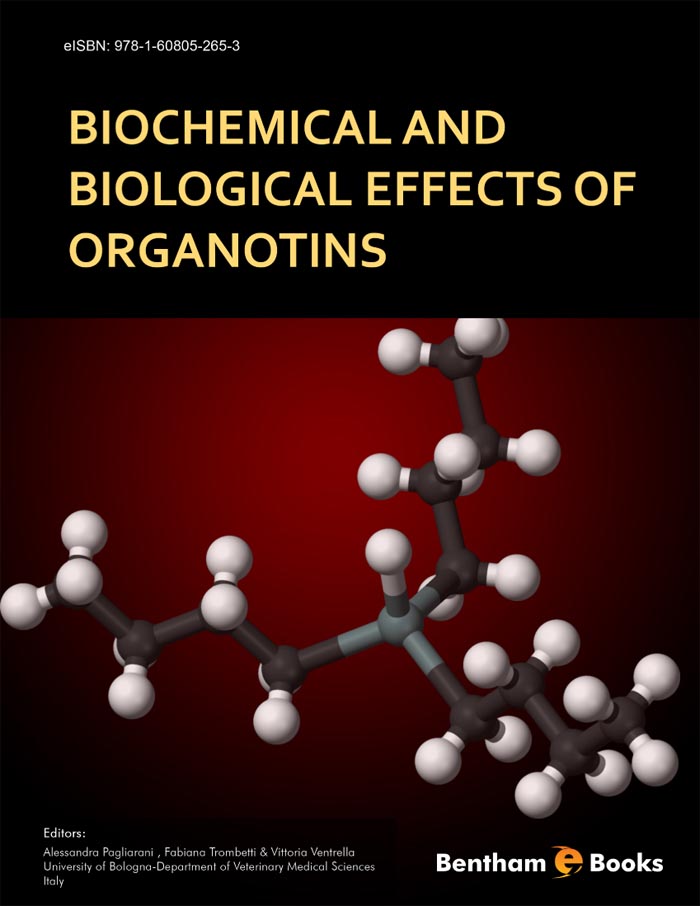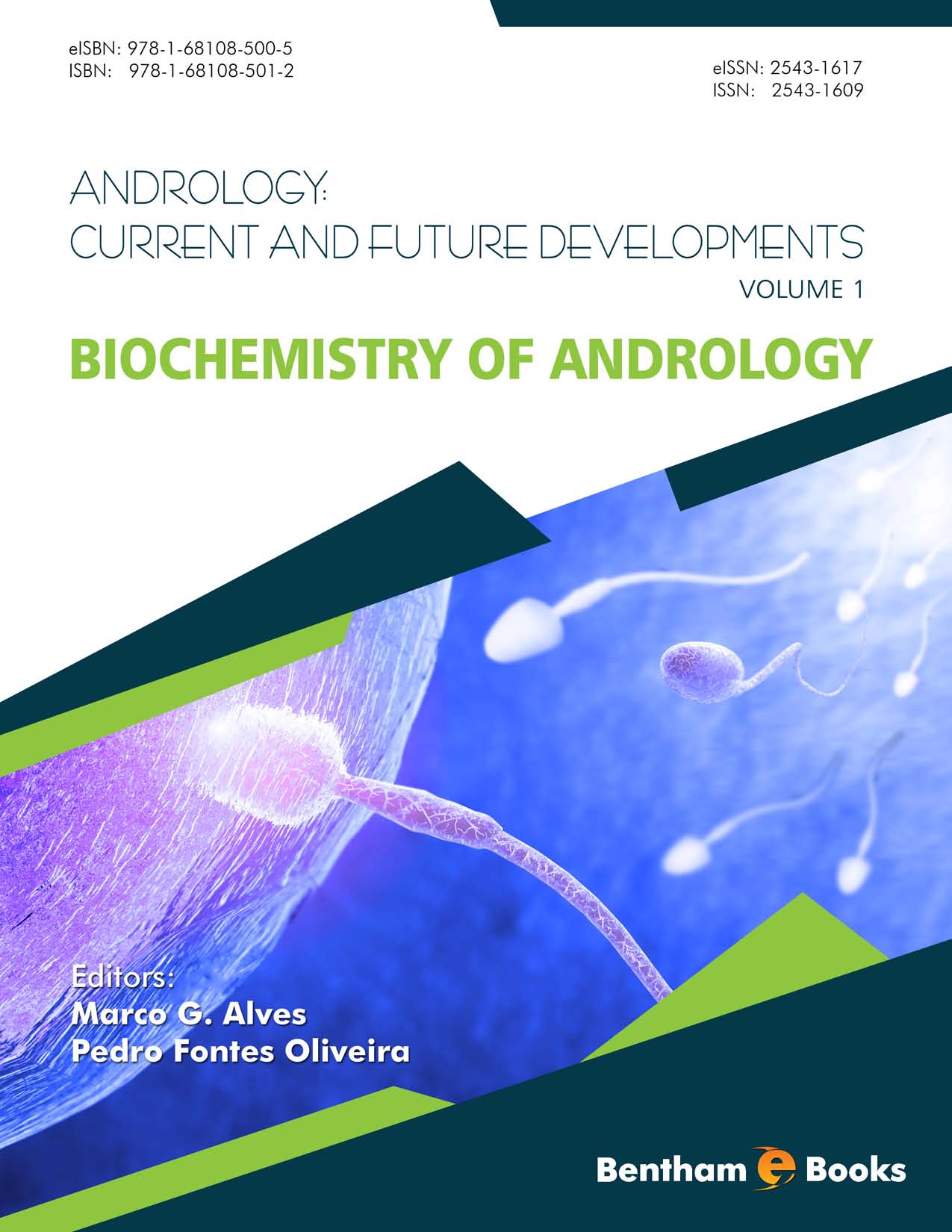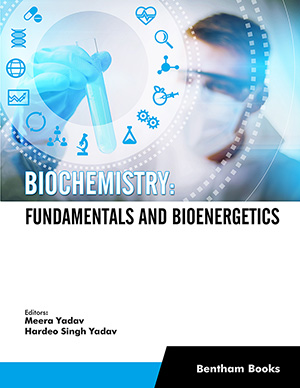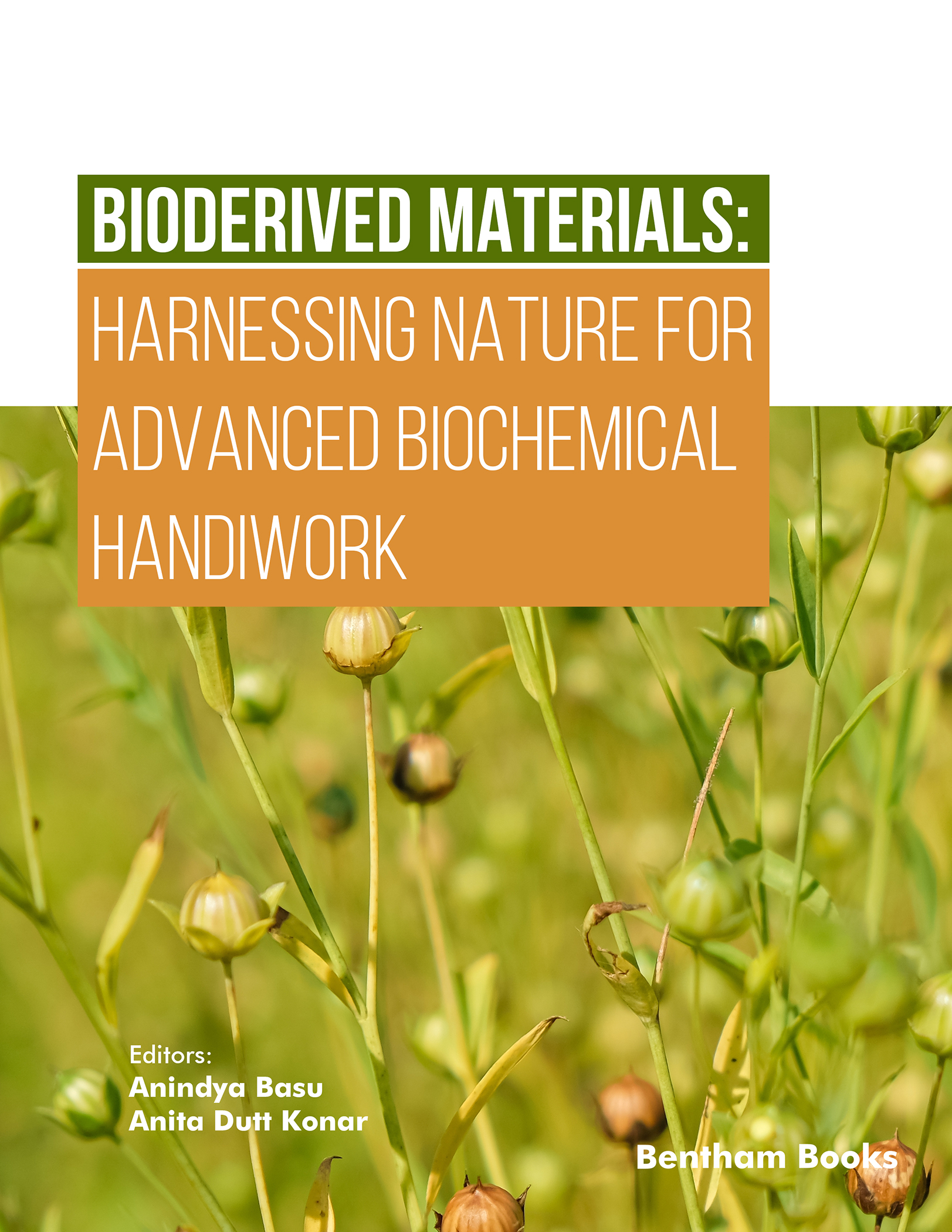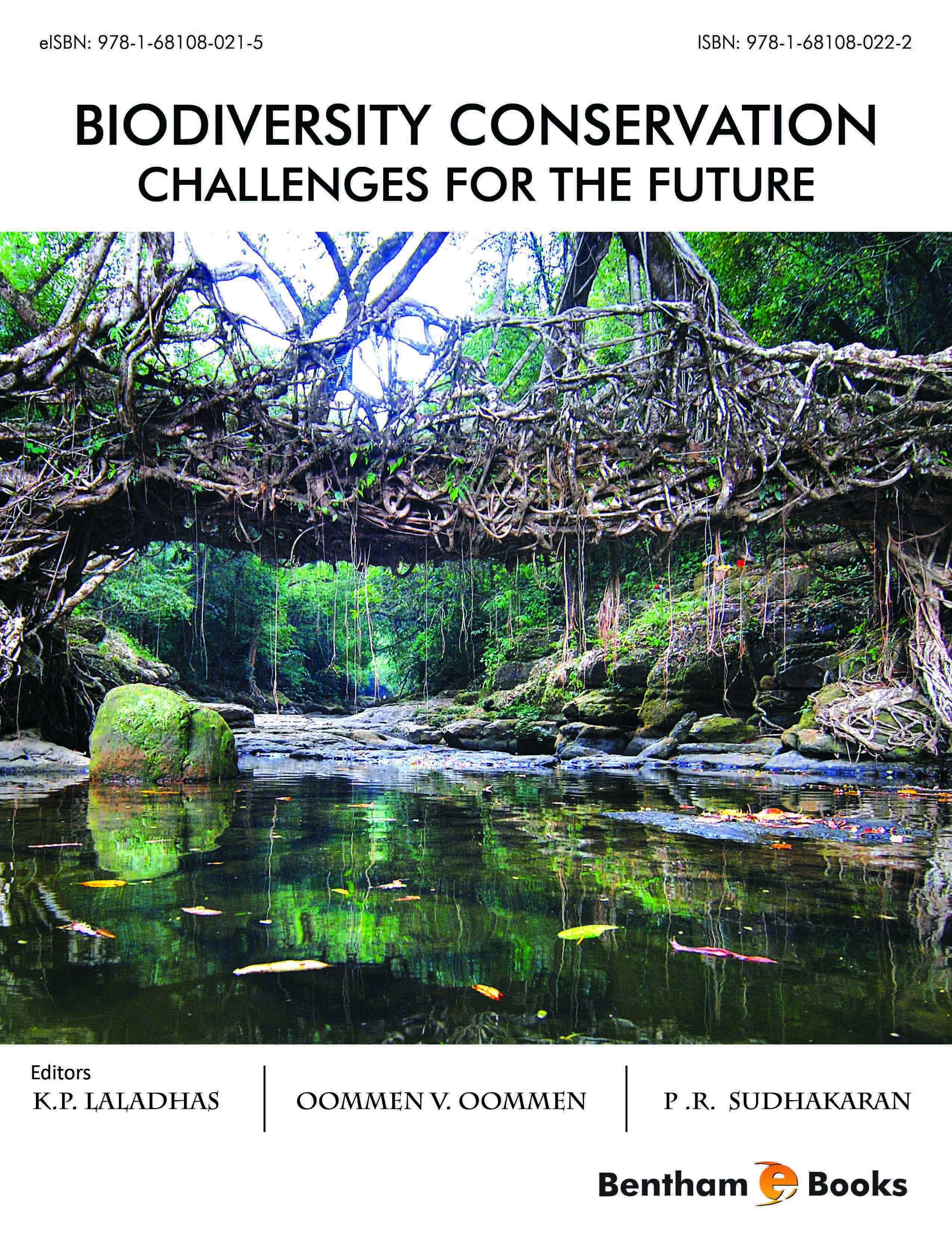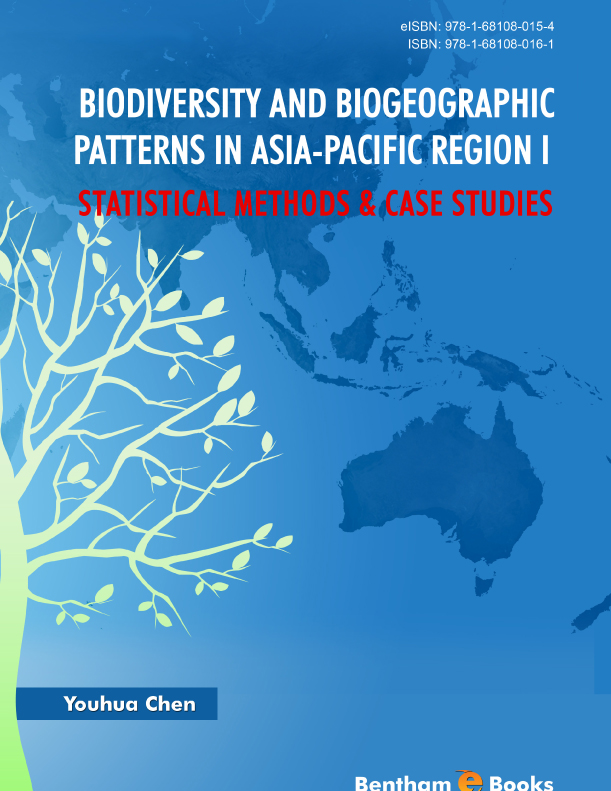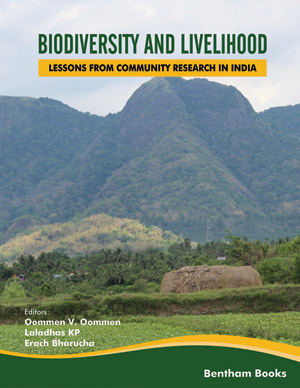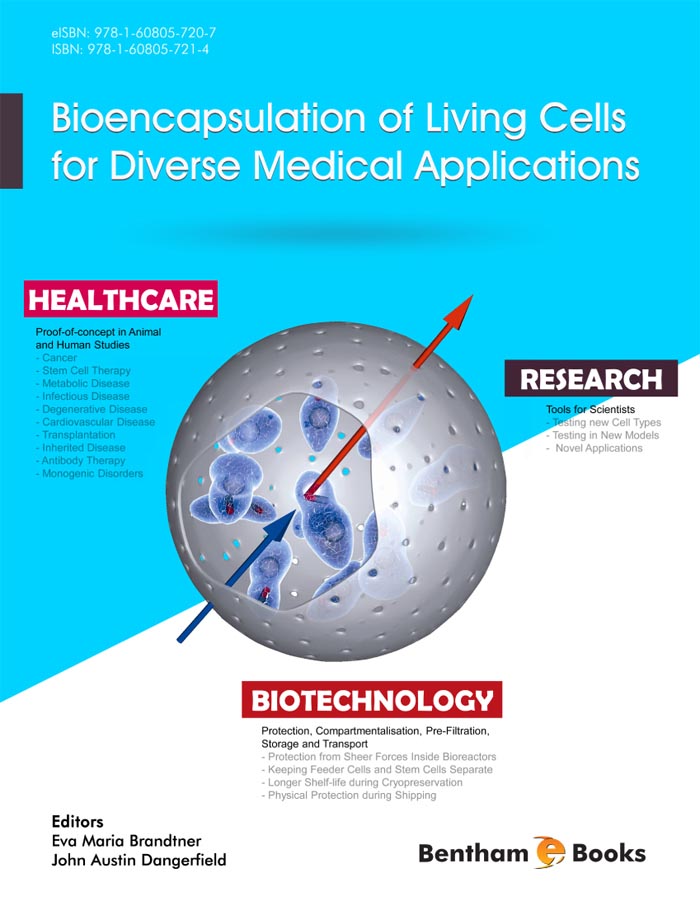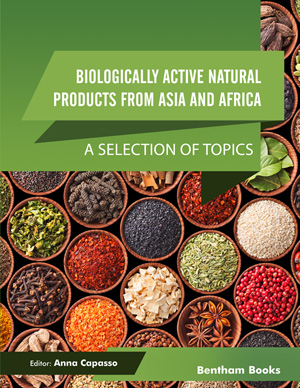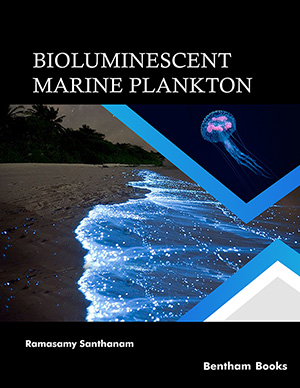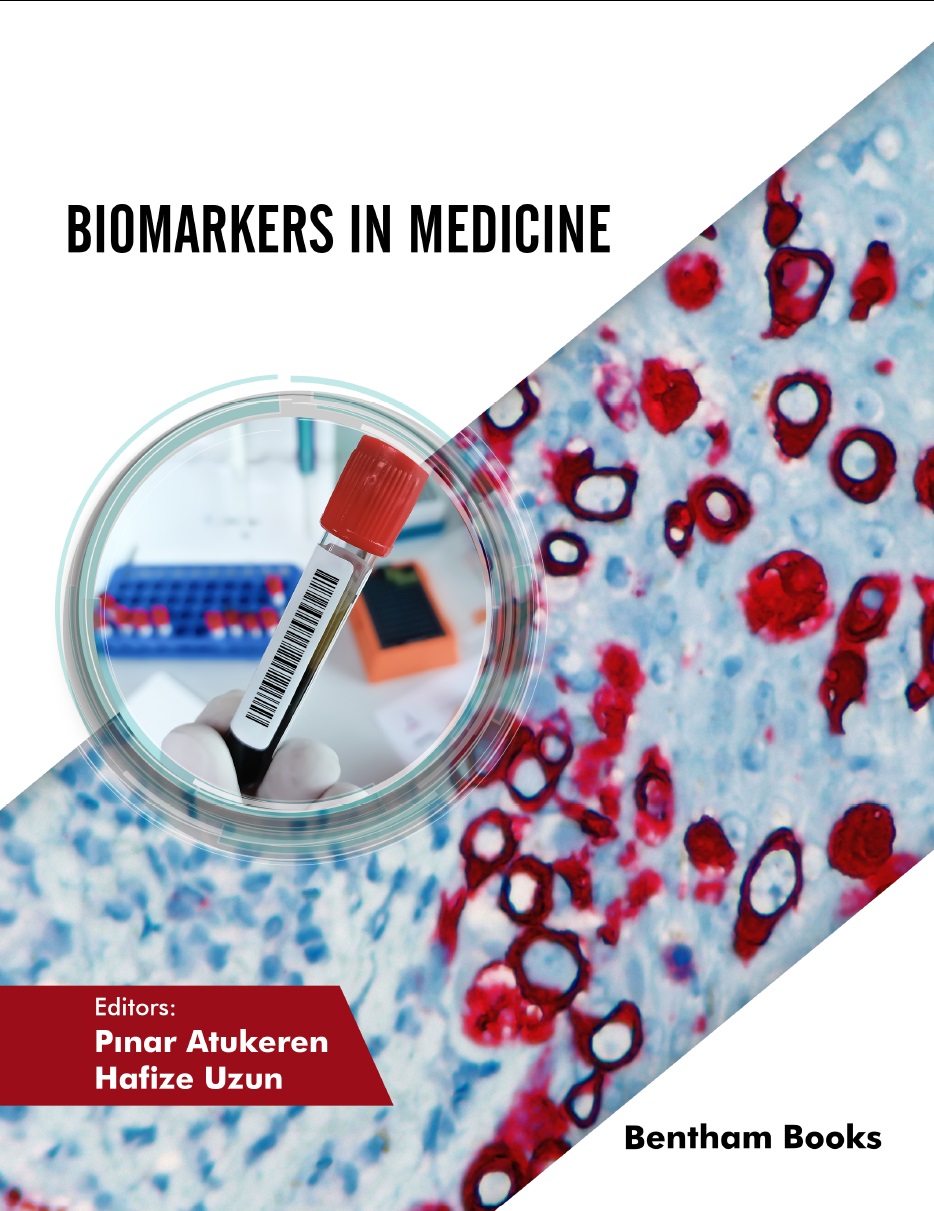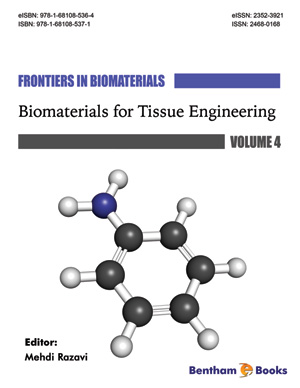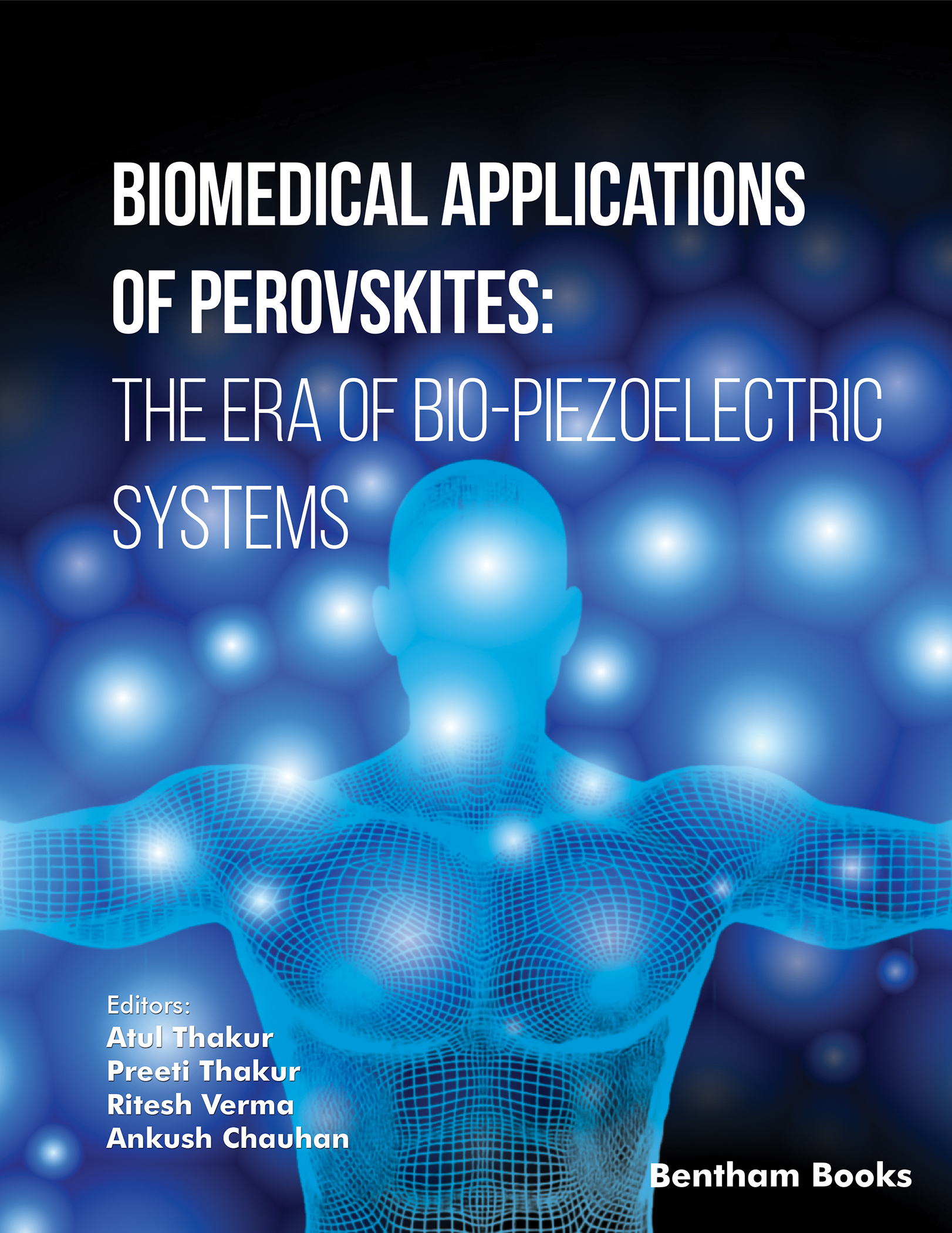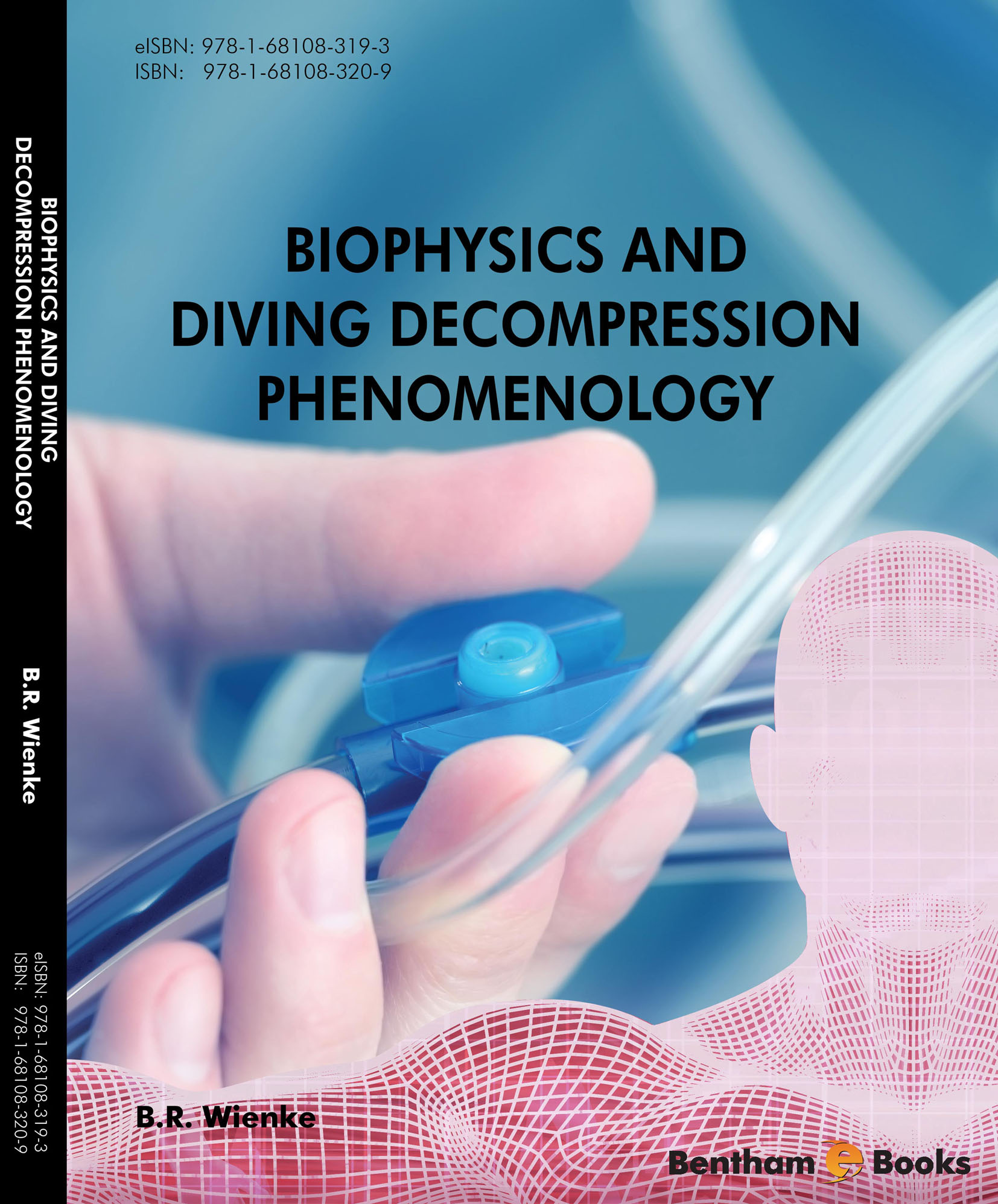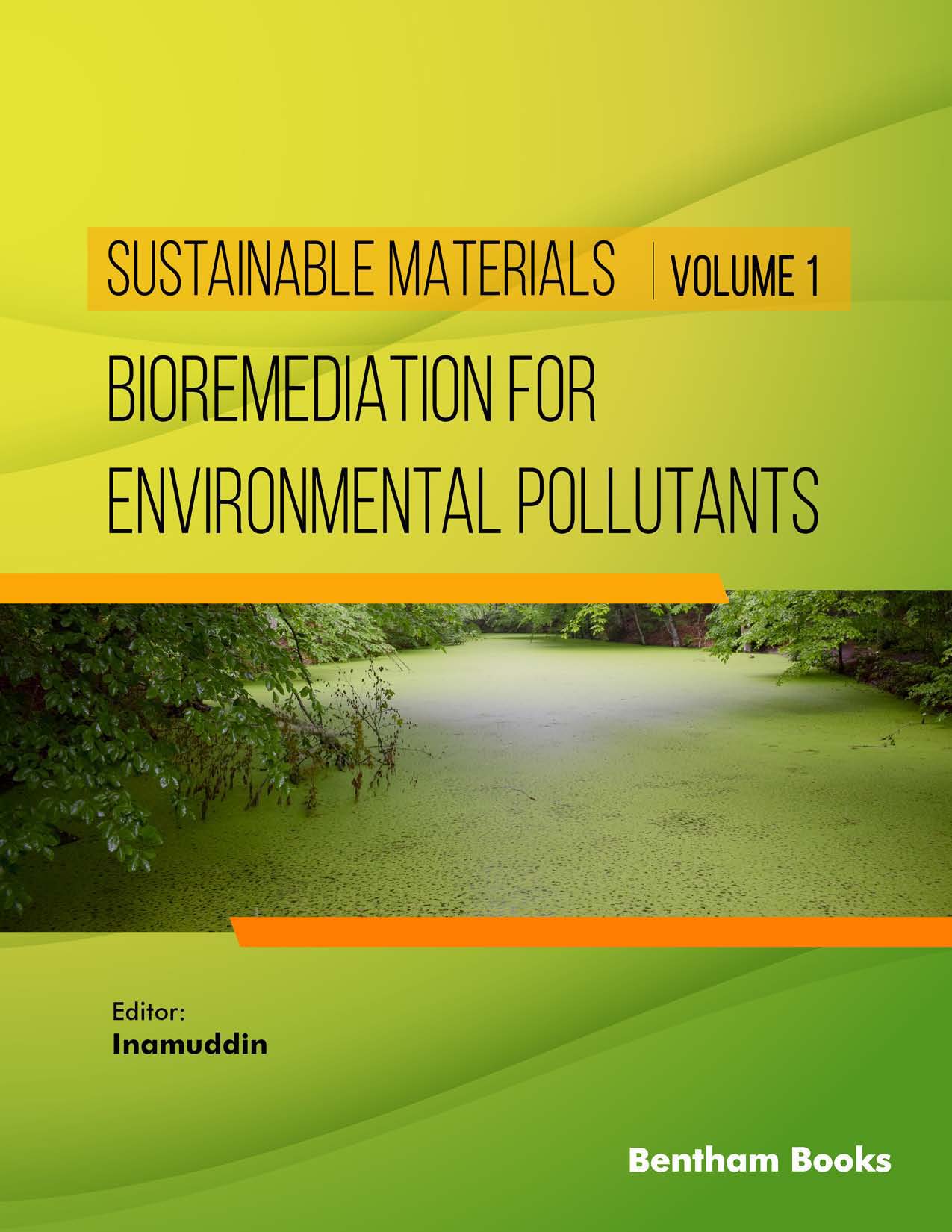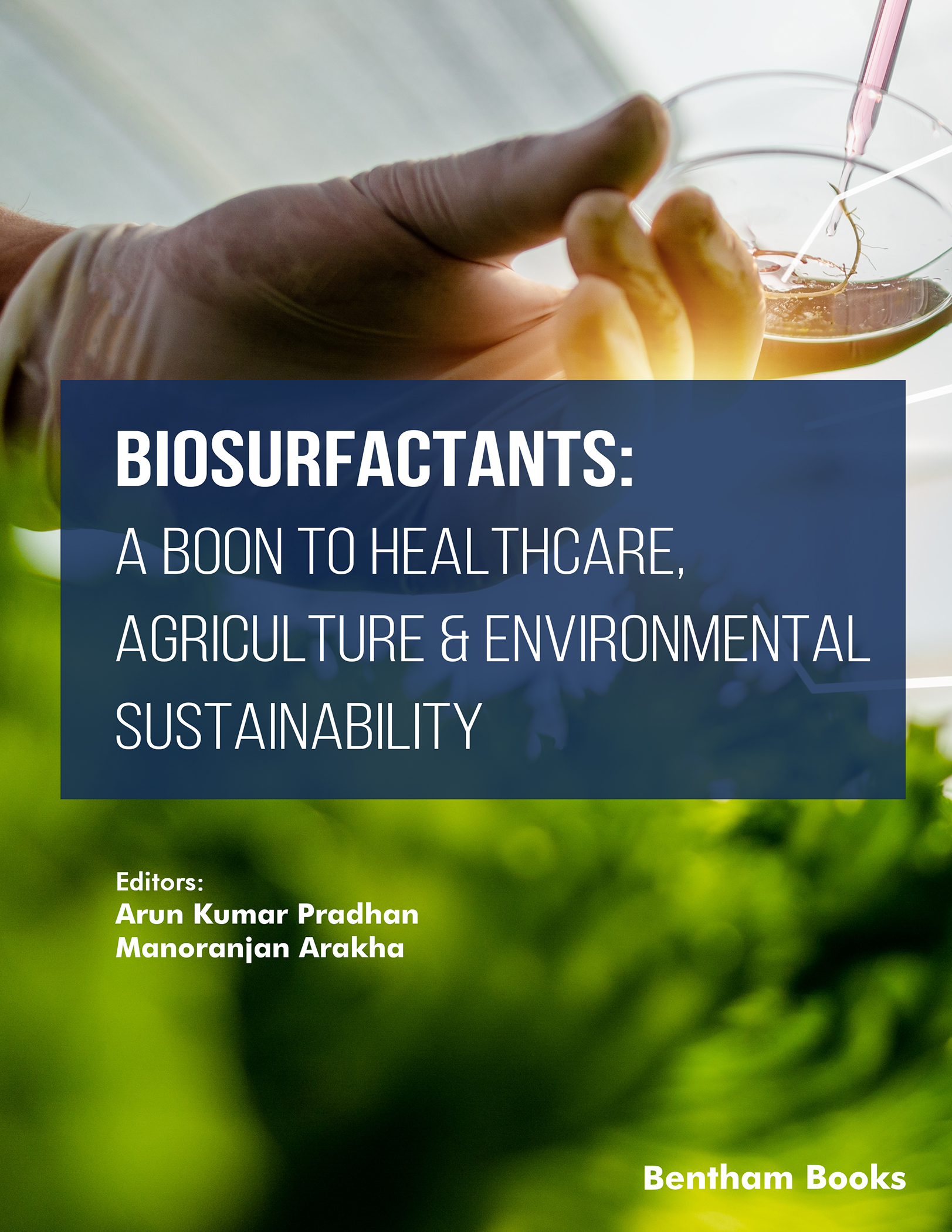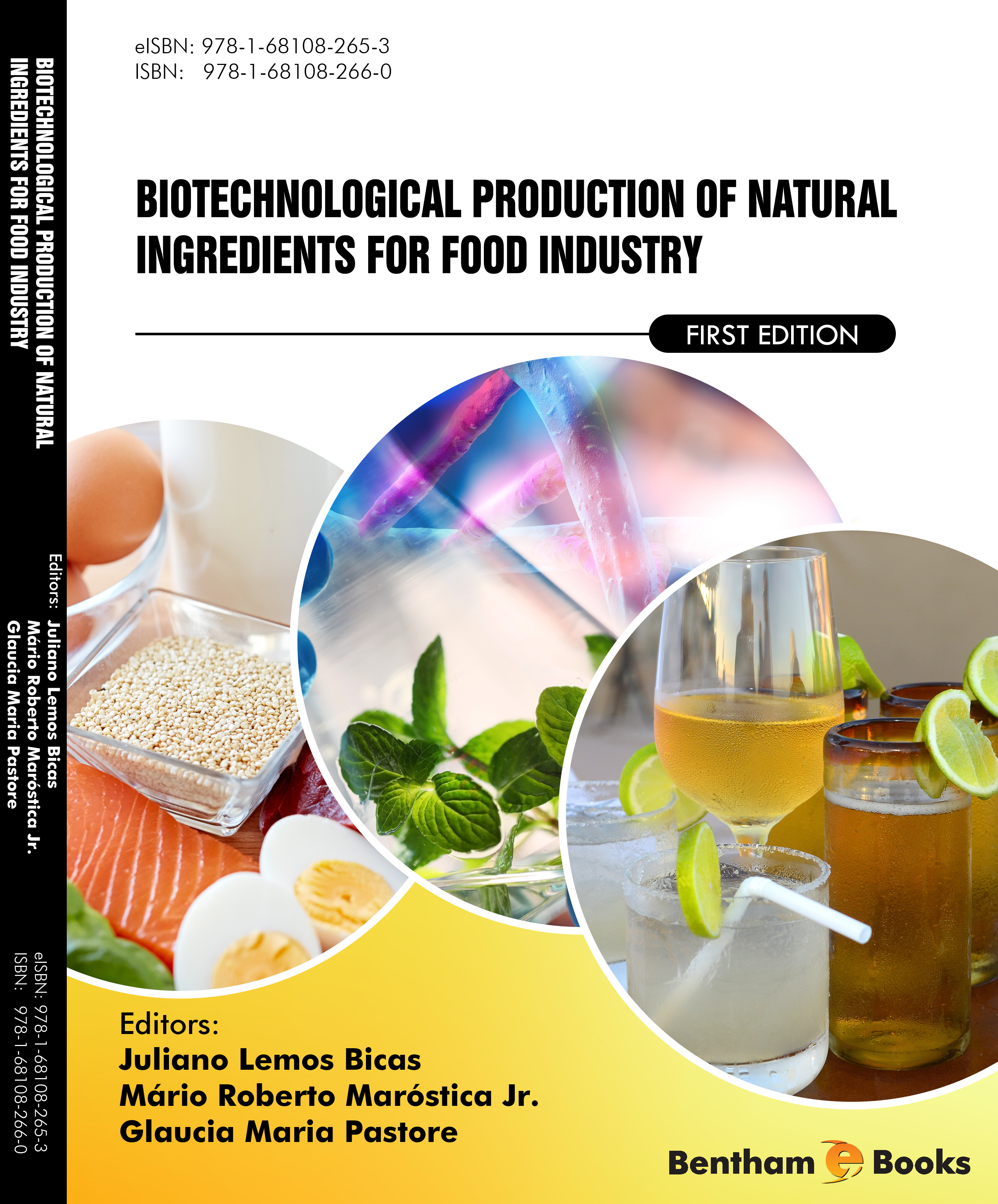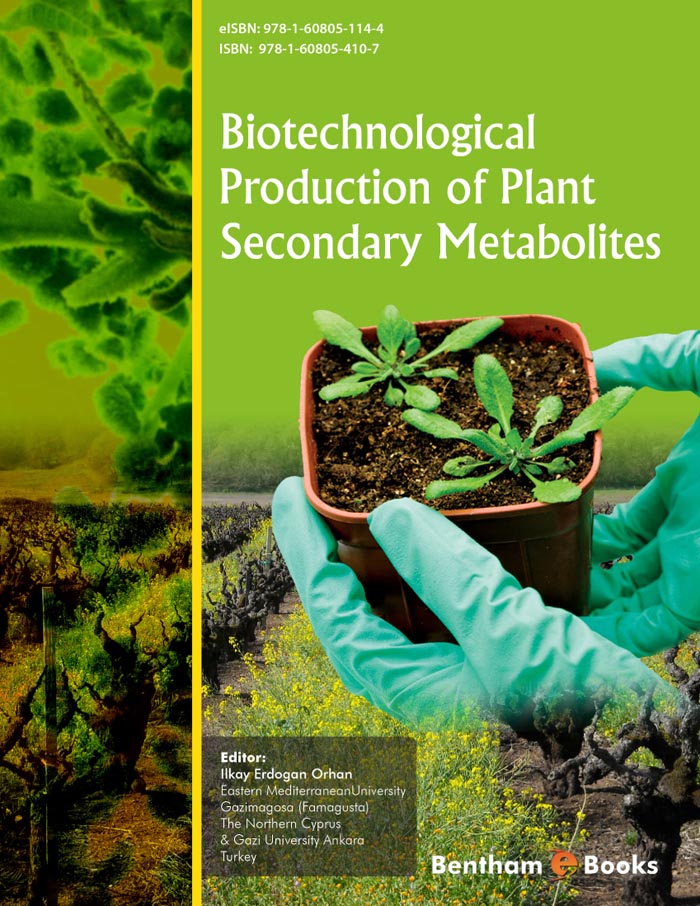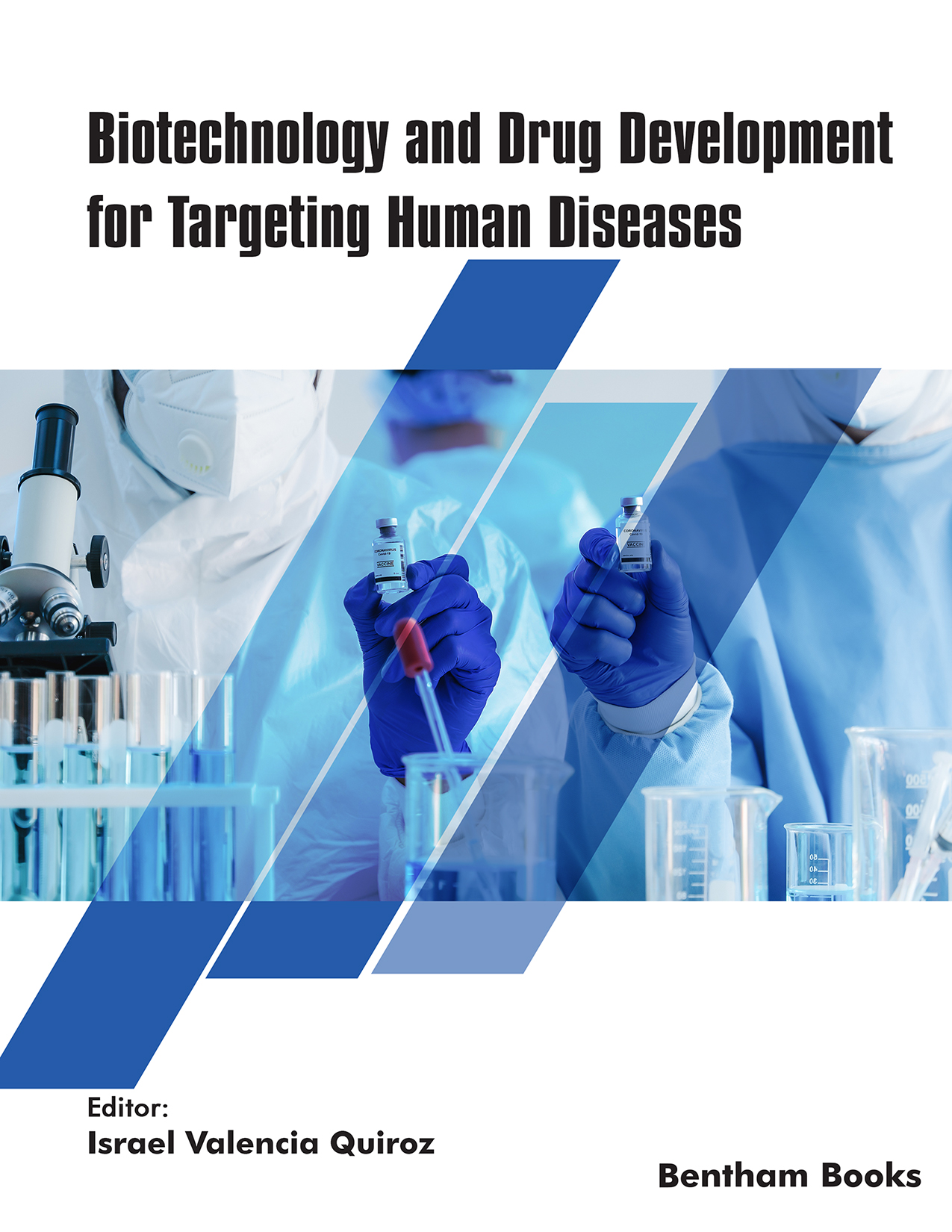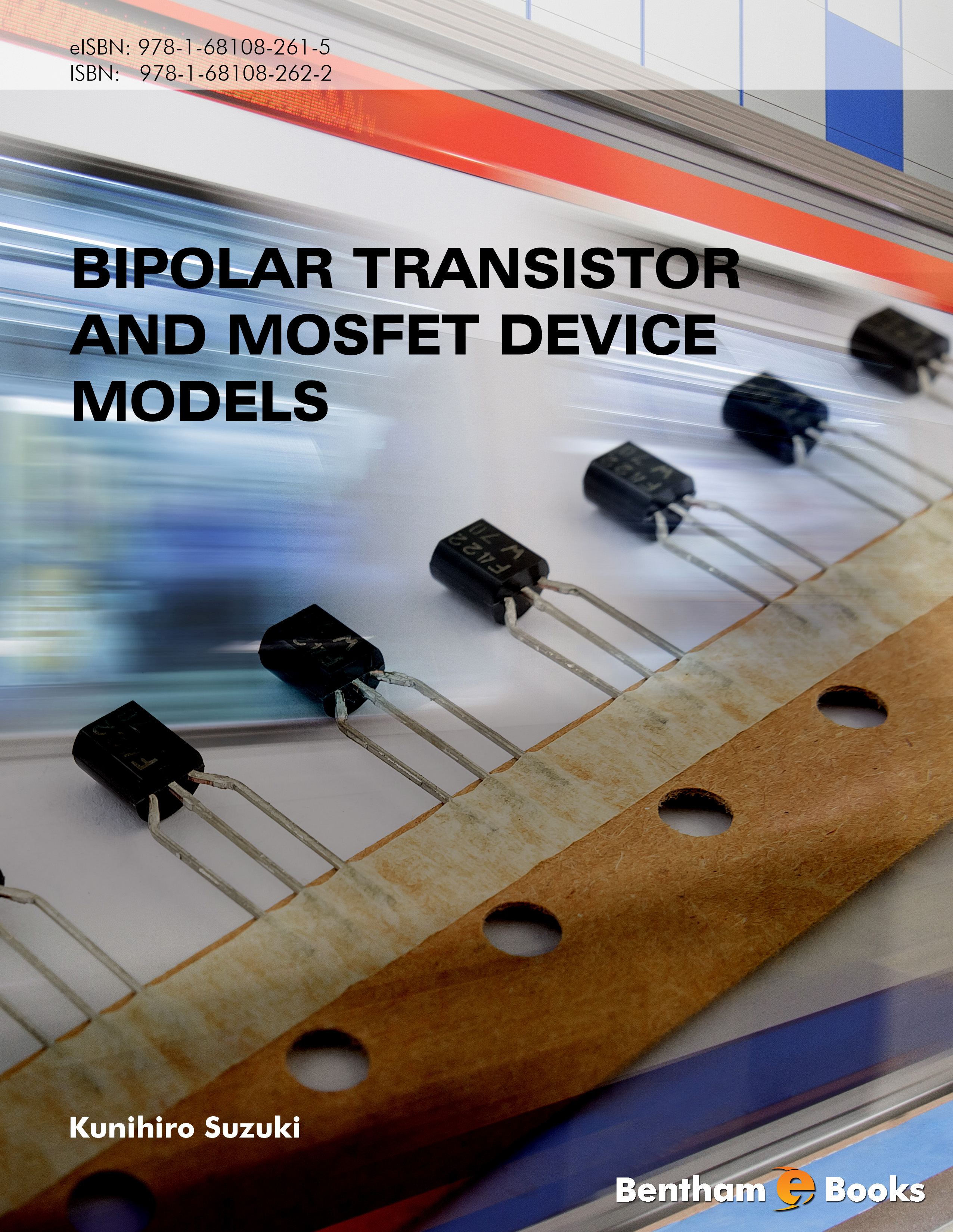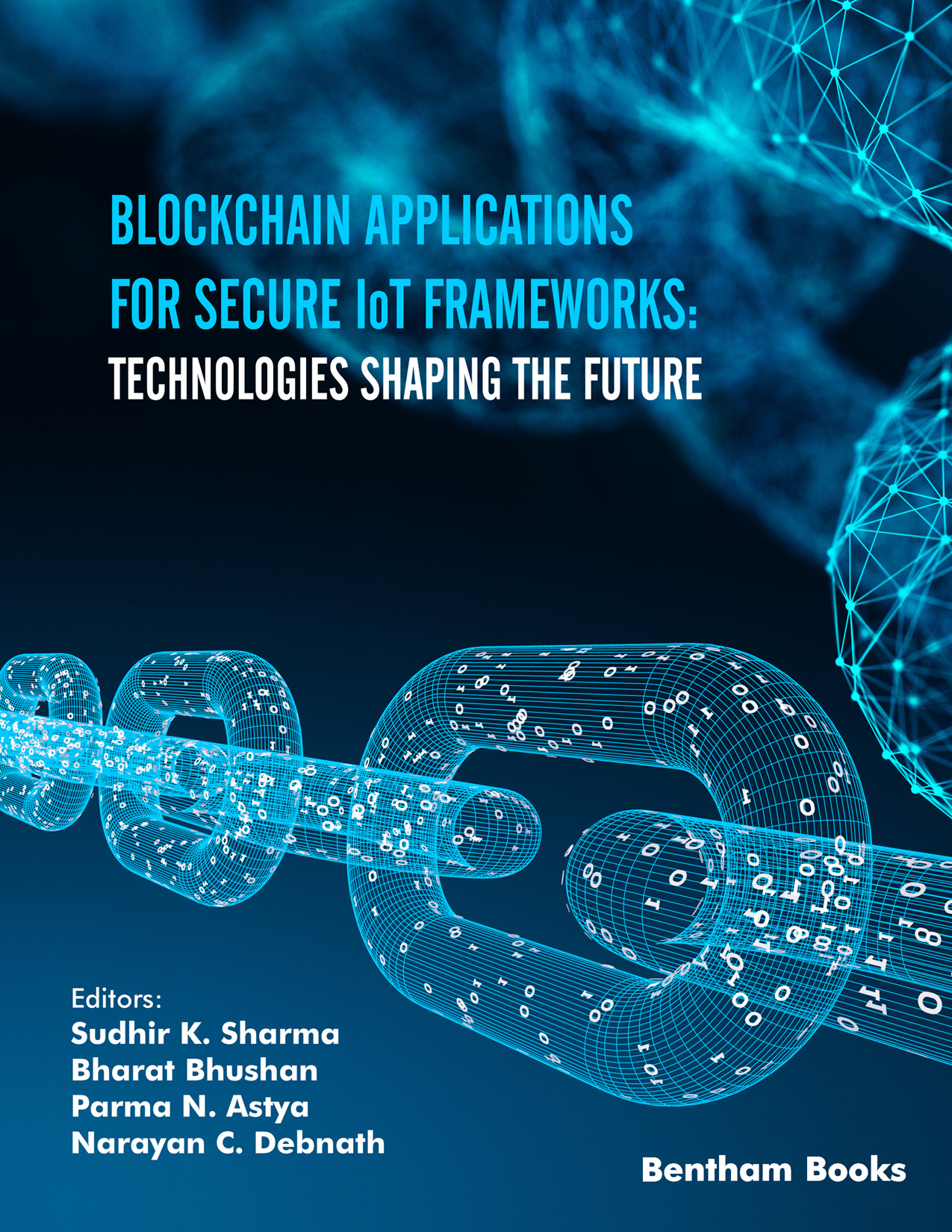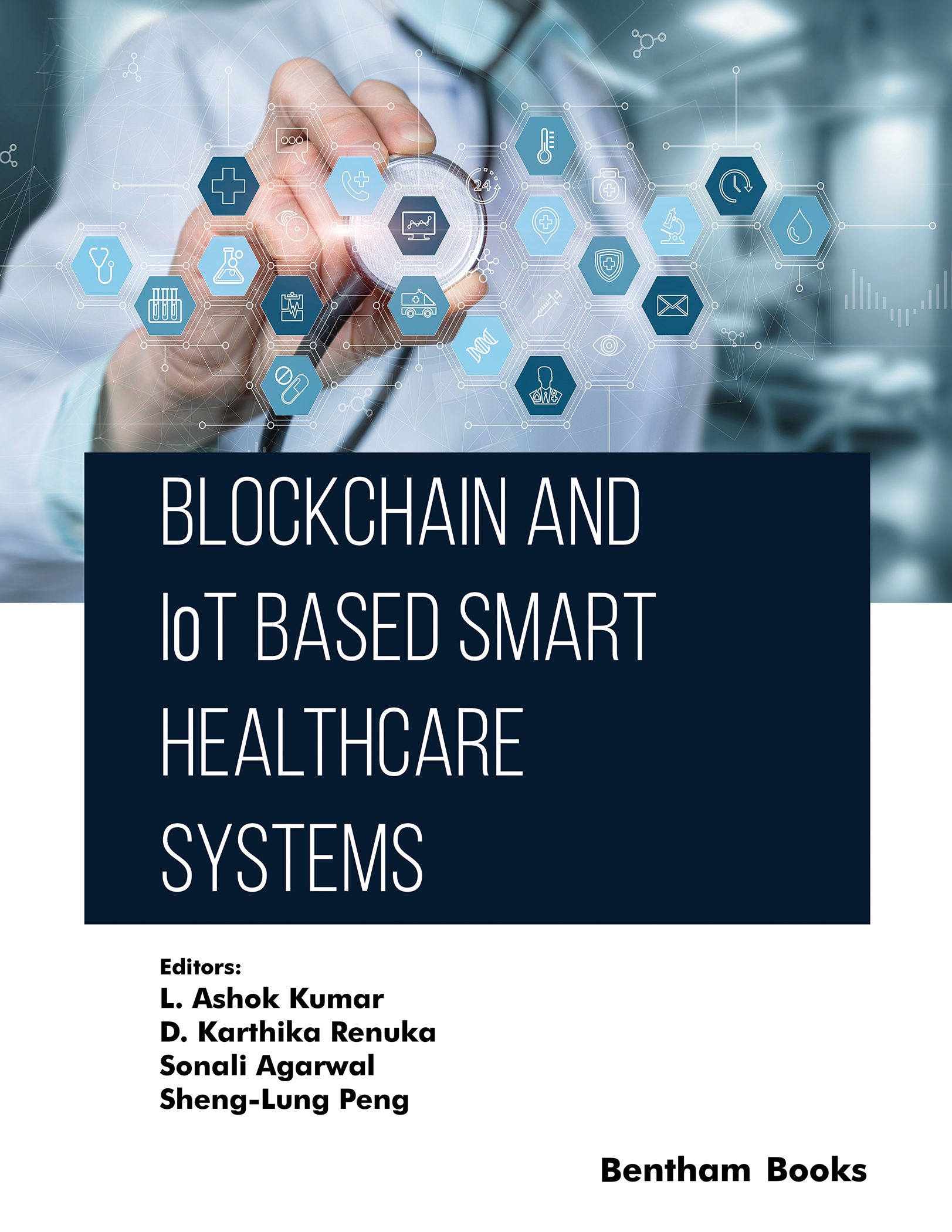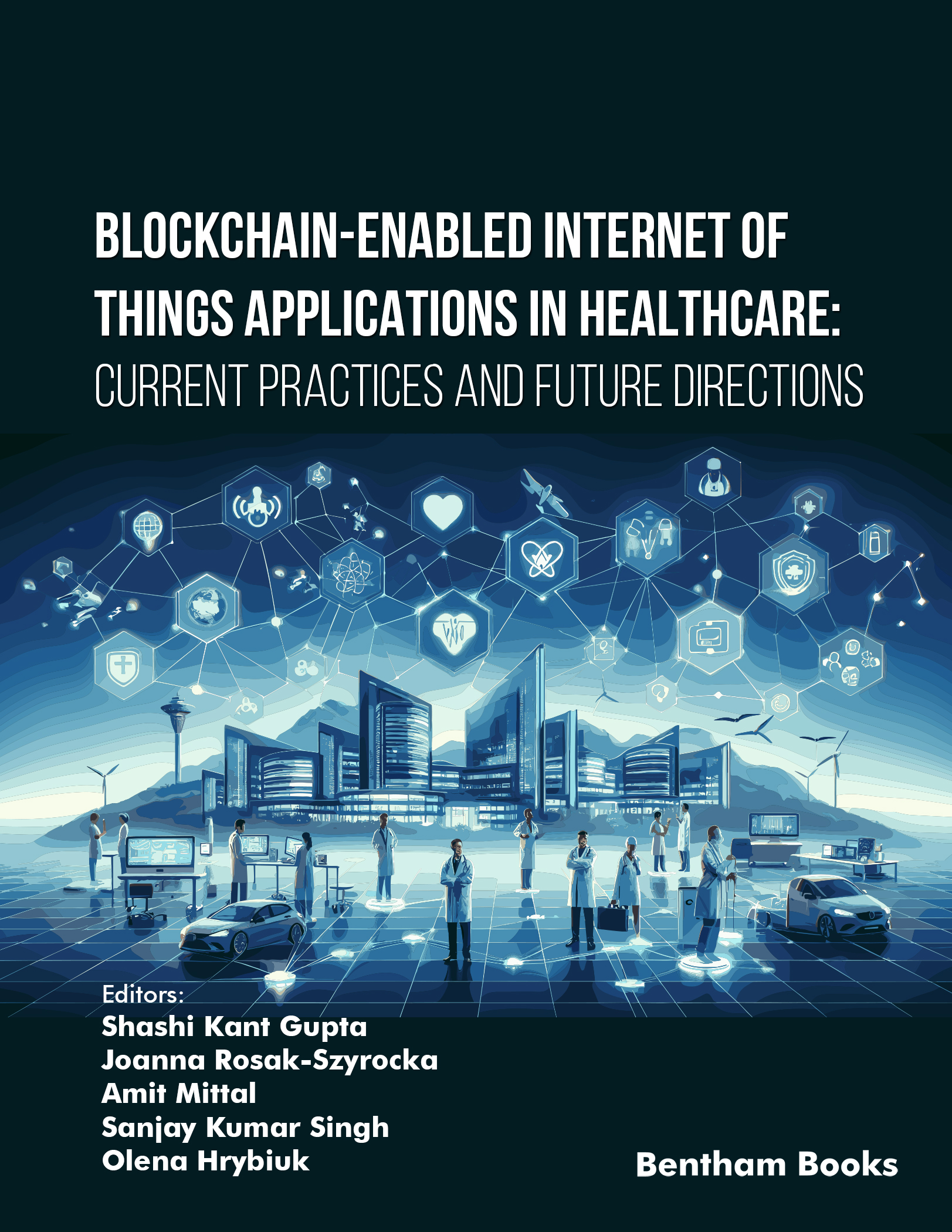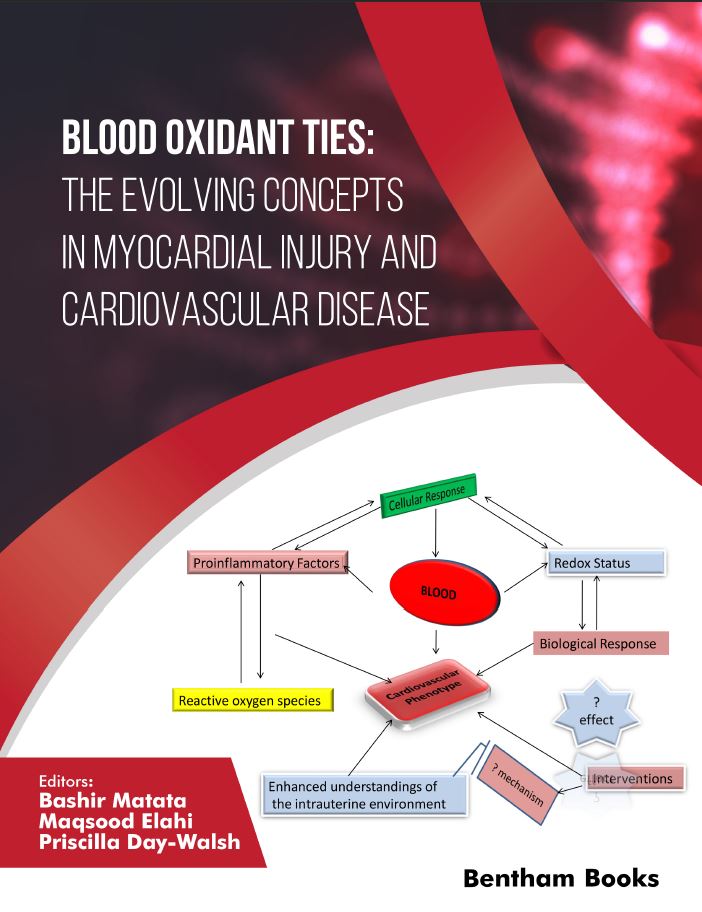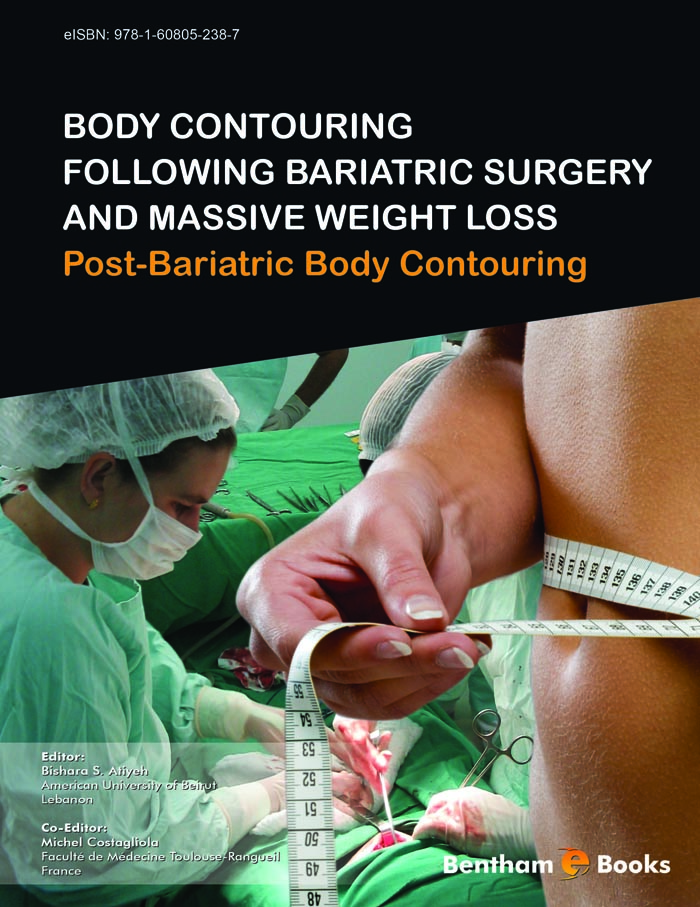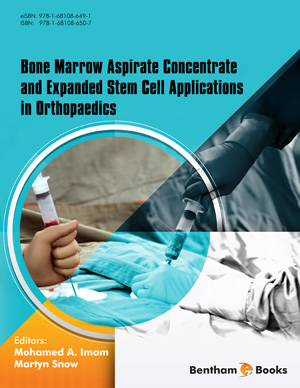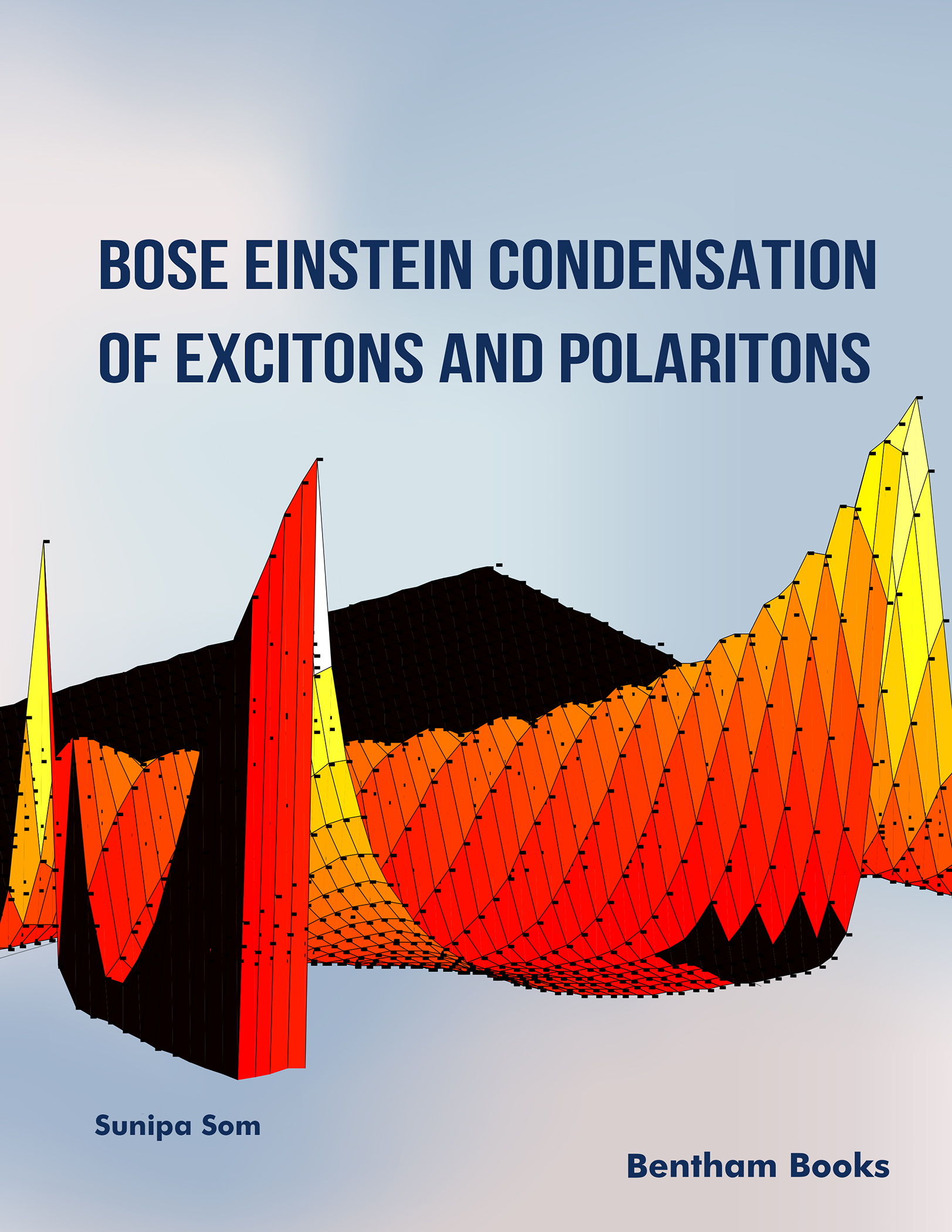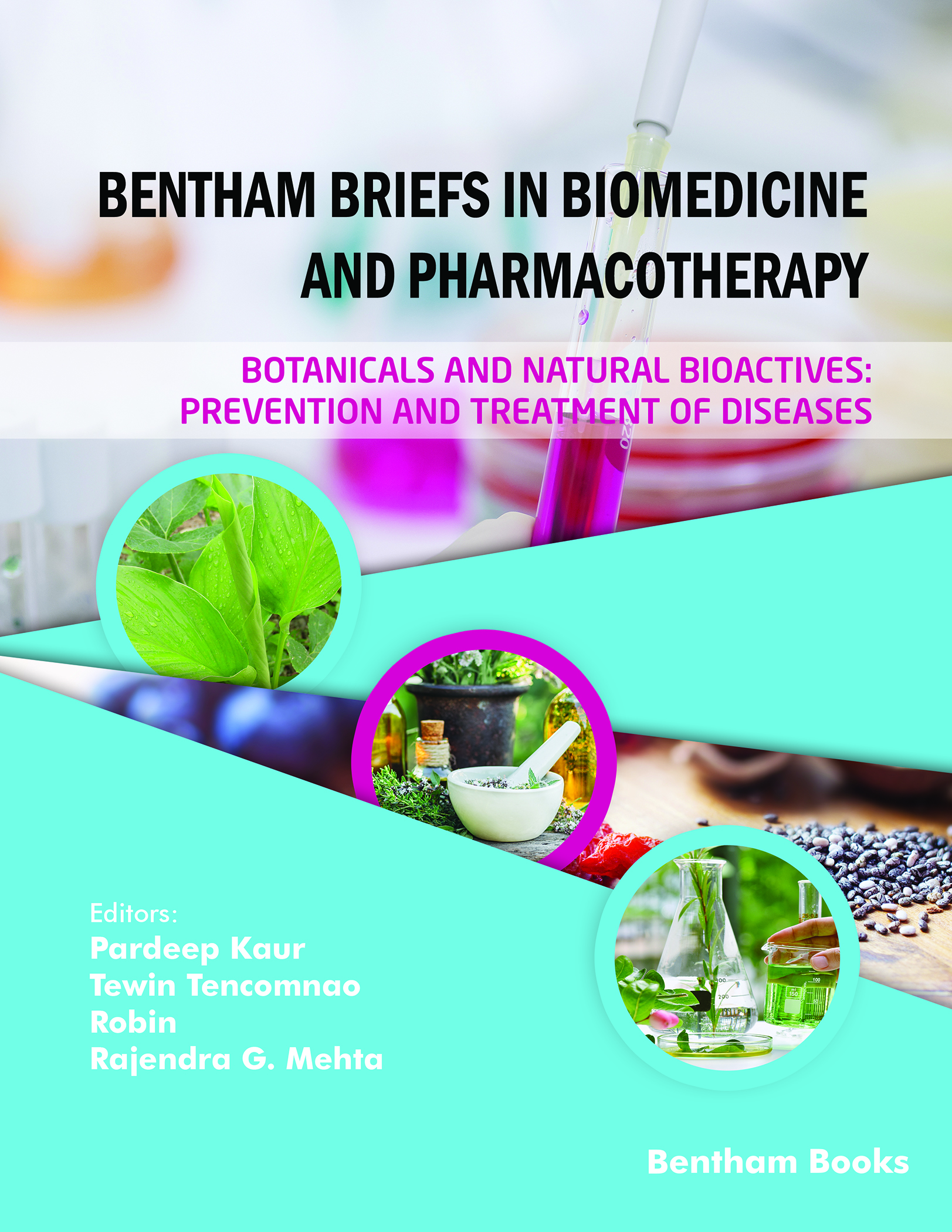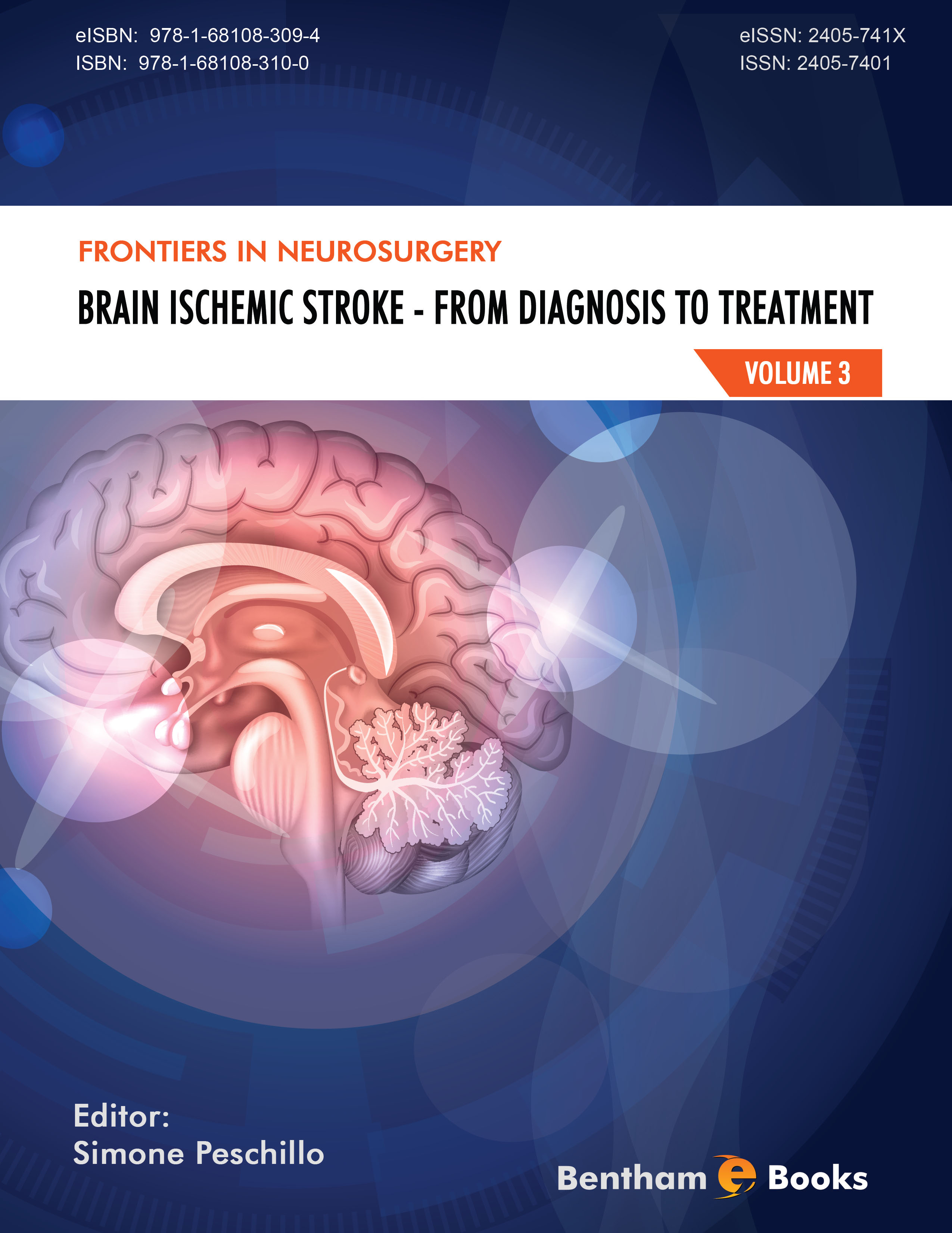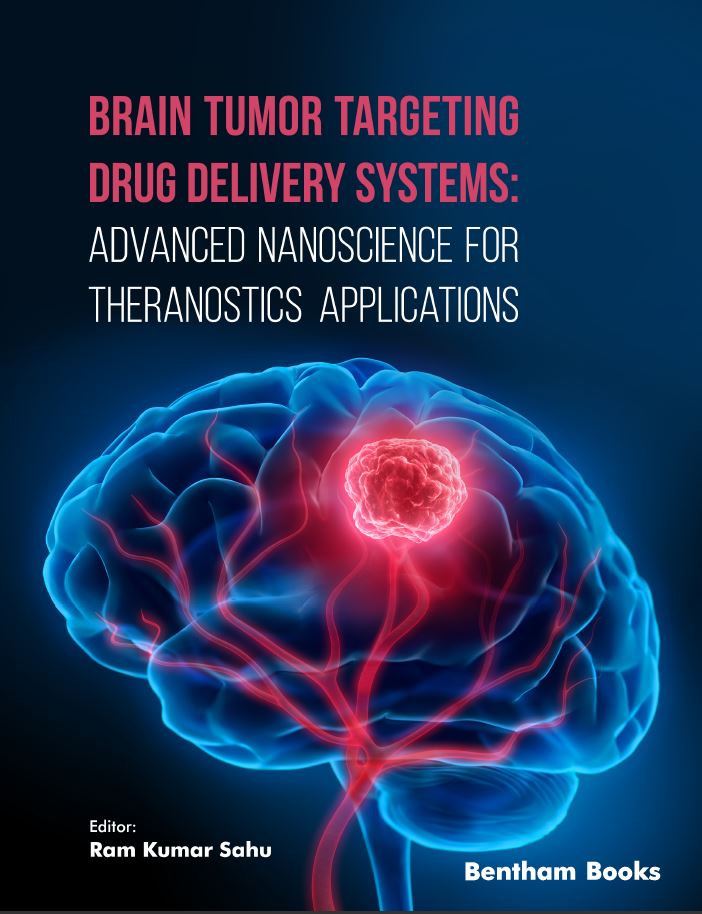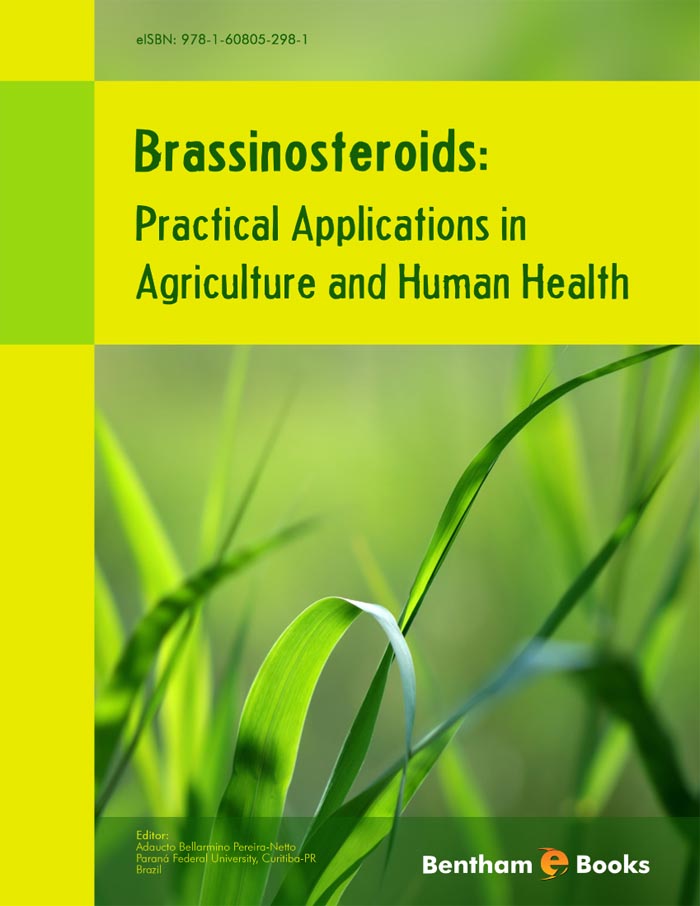Bentham Science Publishers
Bentham Science Publishers is a major publisher of more than 100 peer-reviewed science, technology and medical (STM) journals, along with a rapidly growing collection of eBooks. Since 1993, Bentham Science Publishers has been catering to the information needs of the pharmaceutical, engineering, biomedical and medical research community.201 - 300 of 1759 results
-
-
Applied Computational Mathematics in Social Sciences
More LessApplied Computational Mathematics in Social Sciences adopts a modern scientific approach that combines knowledge from mathematical modeling with various aspects of social science. Special algorithms can be created to simulate an artificial society and a detailed analysis can subsequently be used to project social realities. This Ebook specifically deals with computations using the NetLogo platform, and is intended for researchers interested in advanced human geography and mathematical modeling studies.
-
-
-
Applied Computer-Aided Drug Design: Models and Methods
More LessDesigning and developing new drugs is an expensive and time-consuming process, and there is a need to discover new tools or approaches that can optimize this process. Applied Computer-Aided Drug Design: Models and Methods compiles information about the main advances in computational tools for discovering new drugs in a simple and accessible language for academic students to early career researchers. The book aims to help readers understand how to discover molecules with therapeutic potential by bringing essential information about the subject into one volume. Key Features . Presents the concepts and evolution of classical techniques, up to the use of modern methods based on computational chemistry in accessible format. . Gives a primer on structure- and ligand-based drug design and their predictive capacity to discover new drugs. . Explains theoretical fundamentals and applications of computer-aided drug design. . Focuses on a range of applications of the computations tools, such as molecular docking; molecular dynamics simulations; homology modeling, pharmacophore modeling, quantitative structure-activity relationships (QSAR), density functional theory (DFT), fragment-based drug design (FBDD), and free energy perturbation (FEP). . Includes scientific reference for advanced readers
-
-
-
Applied Drug Research, Clinical Trials and Regulatory Affairs
Formerly Applied Clinical Research, Clinical Trials and Regulatory Affairs
More LessApplied Drug Research, Clinical Trials and Regulatory Affairs is an international journal with vast readership and contributions that are scientific, original, relevant, innovative and statistically validated. The journal aims to further bridge the gap in the publication of clinical drug development, biotherapeutics and regulatory affairs between high growth and potentially growing regions.
The journal Applied Drug Research, Clinical Trials and Regulatory Affairs publishes innovative, developmental and original research on validated experimental design, methods, representation, debates and interpretation of drug development research and drug research failures. The journal publishes original research articles, full-length/mini reviews, short communications and thematic journal issues. Published work is based on solid clinical, scientific and statistically relevant results that lead to advancements in drug development for clinical medicine, clinical trials, post marketing drug reports, drug delivery devices, pharmaceutical engineering, dissemination of trial results, innovation, regulatory affairs and human subject protection.
-
-
-
Applied Machine Learning and Multi-Criteria Decision-Making in Healthcare
More LessThis book provides an ideal foundation for readers to understand the application of artificial intelligence (AI) and machine learning (ML) techniques to expert systems in the healthcare sector. It starts with an introduction to the topic and presents chapters which progressively explain decision-making theory that helps solve problems which have multiple criteria that can affect the outcome of a decision. Key aspects of the subject such as machine learning in healthcare, prediction techniques, mathematical models and classification of healthcare problems are included along with chapters which delve in to advanced topics on data science (deep-learning, artificial neural networks, etc.) and practical examples (influenza epidemiology and retinoblastoma treatment analysis).
Key Features:
- Introduces readers to the basics of AI and ML in expert systems for healthcare
- Focuses on a problem solving approach to the topic
- Provides information on relevant decision-making theory and data science used in the healthcare industry
- Includes practical applications of AI and ML for advanced readers
- Includes bibliographic references for further reading
The reference is an accessible source of knowledge on multi-criteria decision-support systems in healthcare for medical consultants, healthcare policy makers, researchers in the field of medical biotechnology, oncology and pharmaceutical research and development.
-
-
-
Architecture in Cinema
More LessIn Architecture in Cinema, more than 40 architects, writers, thinkers, and academicians examine the magnificent works of cinema that contribute to the art of architecture and bring them to the attention of the architectural community.
The contributors have compiled essays on fifty masterpieces of classic and contemporary cinema, including films such as The Cabinet of Dr. Caligari, Ben Hurr, The Lord of The Rings trilogy, Nomadland and more. The book aims to stimulate the imagination of readers and offer approaches to understanding fantasy, sociological concepts, ecological problems, and political ideas. The contributors also focus on the elements of creativity, such as utopian or dystopian themes, aesthetics and artistry.
Architecture in Cinema is an informative reference for anyone interested in how architecture is featured in the cinematic medium. Scholars of architecture, urban planning, fine arts, humanities, social sciences, and various design disciplines, will also find the book refreshing.
-
-
-
Architecture in Contemporary Literature
More LessArchitecture in Contemporary Literature artfully weaves the tapestry of architecture with the eloquence of modern literary masterpieces. In this follow up to their earlier work on architecture in fictional literature, the editors have carefully selected 31 significant works from contemporary world literature, offering a fresh educational approach to literary critique and architecture. This exploration allows readers to perceive life through the lens of architectural backgrounds. Nature, society, humans, and cities come to life through these chosen literary gems. Extensive collaboration with architects, intellectuals, academics, writers, and thinkers culminates in the selection of influential works that guide present-day architectural perspectives and aspirations.
The book promises to be a valuable reference for undergraduate and graduate students in architecture, interior architecture, urban planning, fine arts, humanities, social sciences, and various design disciplines. Yet, its appeal also extends to anyone with an appreciation for urban life and a desire for a broader understanding of the intricacies of architecture. Whether you're an expert in design, culture, art, sociology, or literature, or simply an avid learner, Architecture in Contemporary Literature is a compelling exploration that deserves a prominent place on your bookshelf. Engage with its pages and immerse yourself in the fusion of architectural insight and literary artistry.
-
-
-
Architecture in Fictional Literature: Essays on Selected Works
More LessThe art of architecture is an important aesthetic element that can leave a lasting impression in one's mind about the values of a society. Today's architectural art, education, and culture have gradually turned into engineering practices and more technical pursuits. Architecture in Fictional Literature is a book written with the aim of understanding the concept of living spaces as portrayed in works of fiction and to open the doors to a new perspective for readers on the art of architecture.
It is a collection of essays written by educators and literary critics about how architecture is presented in 28 selected literary works of fiction. These selected works, which include well-known works such as Hugos Hunchback of Notre Dame, Kafkas The Castle, Swifts Gullivers Travels, Tolkiens The Lord of the Rings, Carrolls Alice in Wonderland, Fitzgeralds The Great Gatsby, among many others, collectively attempt to illustrate facets of human life in a lucidly expressive way while also having an architectural background added in the narrative. Each essay is unique and brings a diverse range of perspectives on the main theme, while also touching on some niche topics in this area, (such as spatial analysis, urban transformation and time-period settings), all of which have exploratory potential.
With this collection, the contributors aspire to initiate the transformation of architectural education by including a blend of literary criticism. By building a foundation of architectural aesthetics, they hope to bridge the gap between the artist and the architect, while also inspiring a new generation of urban planners, landscape artists, and interior designers to consider past works when designing living spaces. Architecture in Fictional Literature is also essential to any enthusiast of fictional works who wants to understand the fictional portrayal of living spaces and architecture in literature.
-
-
-
Arduino Meets Matlab: Interfacing, Programs and Simulink
More LessThis book provides a single platform for beginners in systems engineering to start Arduino interface projects with MATLAB®. It covers the basics of the programming with Arduino and Arduino interfacing with MATLAB® (with and without the use or I/O packages) in 3 sections, respectively.
Key features:
-introduces readers to Arduino IDE, Proteus simulation modeling, Arduino interfaces with display devices, sensor interfaces (both digital and analog), actuators, MATLAB® GUIs, digital read/write systems with I/O interfaces and automation systems.
-organized layout for a reader friendly experience
-provides detailed circuit diagrams
-provides relevant simulation modeling instructions
This is an ideal book for engineering students and system designers for learning the basic programming and simulation of Arduino and MATLAB® based real time project prototypes.
-
-
-
Arduino and SCILAB based Projects
More LessArduino and Scilab based Projects provides information ranging from the basics to advanced knowledge of Arduino and its interfacing with input/output devices (display devices, actuators, sensors), communication modules (RF modem, Zigbee) and Scilab. It also provides embedded system based on Arduino with simulation, programming and interfacing with Scilab, Arduino interfacing with Scilab with and without Arduino 1.1 packages. Chapters are arranged in an easy-to-understand sequence that enhances the learning experience for readers. Descriptions of real time project prototypes with programming and simulation of Arduino and Scilab.
-
-
-
Arid and Semi-Arid Zones of Mexico: A Comprehensive Exploration of Biodiversity, Ecology, and Conservation
More LessArid and Semi-Arid Zones of Mexico: A Comprehensive Exploration of Biodiversity, Ecology, and Conservation is an in-depth, multidisciplinary examination of one of Mexico's most ecologically distinctive and biologically rich landscapes. Comprising 14 chapters authored by subject-matter experts, this reference work investigates the climatic, physical, and biological characteristics of Mexico's principal arid and semi-arid regions.
The volume presents detailed assessments of emblematic plant and animal species, while also exploring the ecological roles of nursery processes and the consequences of human activity on fragile desert ecosystems. Conservation priorities are addressed through evaluations of protected natural areas and the safeguarding of native germplasm resources. Additionally, the contributors document the medicinal and biologically active products derived from arid-zone flora, highlighting their ecological and cultural significance.
Each chapter integrates case studies and findings from Mexico's key arid regions — the Baja California Peninsula, Chihuahuan Desert, Sonoran Desert, and Tehuacán-Cuicatlán Valley.
Key Features
Comprehensive ecological, biological, and conservation analysis of Mexico's arid and semi-arid regions
In-depth focus on emblematic fauna and flora
Examination of ecological processes, human impacts, and conservation strategies
Assessment of protected areas and germplasm conservation efforts using cacti as umbrella taxa
Documentation of natural products with medicinal and biological applications
Integrative analyses across four major arid regions, highlighting ecological patterns and biodiversity trends
-
-
-
Aromatherapy: The Science of Essential Oils
More LessAromatherapy is a medical practice that uses aromatic compounds or essential oils to influence mood and health. Essential oils used in aromatherapy are created from a wide variety of medicinal plants, flowers, herbs, roots, and trees that are found all over the world and have significant, well-documented benefits on enhancing physical, emotional, and spiritual wellbeing.
This book is a comprehensive reference on aromatic compounds present in essential oils and their therapeutic use. Starting from fundamentals of essential oil biosynthesis the book guides the reader through their basic biochemistry, toxicology, profiling, blending and clinical applications. The concluding chapters also present focused information about the therapeutic effects of essential oils on specific physiological systems, plant sources, skin treatment and cancer therapeutics.
The combination of basic and applied knowledge will provide readers with all the necessary information for understanding how to develop preclinical formulations and standard clinical therapies with essential oils. This is an essential reference for anyone interested in aromatherapy and the science of essential oils.
-
-
-
Art Psychotherapy & Narrative Therapy: An Account of Practitioner Research
Rethinking Research And Professional Practices In Terms Of Relationality, Subjectivity And Power: Volume 1
More LessThis book is a personal, political and philosophical exploration of doing both therapy and research: an enquiry into how the process of therapy shapes the therapist as well as the client, and how the researcher is shaped by her research. A guiding theme is the proposal, following Foucault and Nikolas Rose, that psychotherapy is constituted, through forms of modern power, as a crucial contemporary site of both governance and resistance. As well as giving an account of the author's clinical and research practices as an art psychotherapist and narrative therapist, the book offers a highly readable introduction to poststructural theory and innovative social sciences methodologies, while expanding the understanding and practice of these theories and methodologies. The book embodies and performs what it describes, engaging readers far more strongly in complex theoretical material than is possible in an expository text. The poststructural, autoethnographic approach taken in this book is unique in the field of the arts therapies.
-
-
-
Artificial Intelligence Based Cancer Nanomedicine: Diagnostics, Therapeutics and Bioethics
More LessNanomedicine is evolving with novel drug formulations devised for multifunctional approaches towards diagnostics ad therapeutics. Nanomedicine-based drug therapy is normally explored at a fixed dose. The drug action is time-dependent, dose-dependent and patient-specific. To overcome challenges of nanomedicine testing, artificial intelligence (AI) serves as a helping tool for optimizing the drug and dose parameters. Real time conversions between these two features enables upgradation of patient data acquisition and improved design of nanomaterials. In this scenario, AI-based pattern analysis and algorithms models can greatly improve accuracy of diagnostics and therapeutics.
This book gives a comprehensive explanation of the role of machine learning and artificial intelligence in cancer nanomedicine. It presents 10 chapters that cover multiple dimensions of the subject. These dimensions are:
- The need of AI and ML in designing new cancer drugs
- Application of AI in cancer drug design
- AI-based drug delivery models for cancer drugs
- Diagnostic applications of AI
- Intelligent nanosensors for biomarker profiling
- Predictive models for metastatic cancer
- Cancer nanotheranostics
- Ethics of AI in medicine
Contributions have been made by 16 researchers who are experts in pharmacology and drug design. The contents of the book bridge knowledge gaps between the fields of biomedical engineering, pharmacology and clinical medicine, with a focus on cancer treatment.
The book serves as a reference for scholars learning about cancer diagnostics and therapeutics. Biomedical engineers who are involved in healthcare projects will also find the concepts and techniques highlighted in the book informative for understanding modern computer-based approaches used to solve clinical problems.
-
-
-
Artificial Intelligence Development in Sensors and Computer Vision for Health Care and Automation Application
More LessArtificial Intelligence Development in Sensors and Computer Vision for Health Care and Automation Application explores the power of artificial intelligence (AI) in advancing sensor technologies and computer vision for healthcare and automation. Covering both machine learning (ML) and deep learning (DL) techniques, the book demonstrates how AI optimizes prediction, classification, and data visualization through sensors like IMU, Lidar, and Radar. Early chapters examine AI applications in object detection, self-driving vehicles, human activity recognition, and robot automation, featuring reinforcement learning and simultaneous localization and mapping (SLAM) for autonomous systems. The book also addresses computer vision techniques in healthcare and automotive fields, including human pose estimation for rehabilitation and ML in augmented reality (AR) for automotive design. This comprehensive guide provides essential insights for researchers, engineers, and professionals in AI, robotics, and sensor technology.
Key Features:
- In-depth coverage of AI-driven sensor innovations for healthcare and automation.
- Applications of SLAM and reinforcement learning in autonomous systems.
- Use of computer vision in rehabilitation and vehicle automation.
- Techniques for managing prediction uncertainty in AI models.
-
-
-
Artificial Intelligence Resources in Control and Automation Engineering
More LessThis e-book focuses on the application of artificial intelligence resources in fields related to Control and Automation Engineering. Techniques such as neural networks, fuzzy logic and expert systems are a key tool for researchers and engineers requiring powerful solutions to a wide range of problems. The e-book should be a useful guide for these engineers and presents practical examples of real cases where these techniques have been successfully applied.
-
-
-
Artificial Intelligence and Data Science in Recommendation System: Current Trends, Technologies, and Applications
More LessArtificial Intelligence and Data Science in Recommendation System: Current Trends, Technologies and Applications captures the state of the art in usage of artificial intelligence in different types of recommendation systems and predictive analysis. The book provides guidelines and case studies for application of artificial intelligence in recommendation from expert researchers and practitioners. A detailed analysis of the relevant theoretical and practical aspects, current trends and future directions is presented.
The book highlights many use cases for recommendation systems:
- Basic application of machine learning and deep learning in recommendation process and the evaluation metrics
- Machine learning techniques for text mining and spam email filtering considering the perspective of Industry 4.0
- Tensor factorization in different types of recommendation system
- Ranking framework and topic modeling to recommend author specialization based on content
- Movie recommendation systems - Point of interest recommendations
- Mobile tourism recommendation systems for visually disabled persons
- Automation of fashion retail outlets
- Human resource management (employee assessment and interview screening)
This reference is essential reading for students, faculty members, researchers and industry professionals seeking insight into the working and design of recommendation systems.
-
-
-
Artificial Intelligence and Knowledge Processing: Methods and Applications
More LessArtificial Intelligence and Knowledge Processing: Methods and Applications demonstrates the transformative power of Artificial Intelligence (AI) in our lives. The book is a collection of 14 edited reviews that cover a wide range of topics showcasing the application of AI and machine learning to create knowledge, and facilitate different processes. The book starts by illuminating how AI is employed in robotics, IoT, marketing, and operations. It showcases how AI extracts insights from big data, optimizes museum management, and empowers automated garden path planning using reinforcement learning. The book also explores how AI can be used to predict heart disease using artificial neural networks. Furthermore, the book underscores how AI predicts crop suitability, manages crop systems, and can even help to detect violence in using computer vision. Chapters highlight specific techniques or systems such as recommendation systems and reinforcement learning where appropriate. Key Features: & Showcases a wide range of AI applications & Bridges theory and practice with real-word insights & Uses accessible language to explain complex AI concepts & Includes references for advanced readers This book is intended as a guide for a broad range of readers who want to learn about AI applications and the profound influence it has on our lives.
-
-
-
Artificial Intelligence and Multimedia Data Engineering
More LessThis book explains different applications of supervised and unsupervised data engineering for working with multimedia objects. Throughout this book, the contributors highlight the use of Artificial Intelligence-based soft computing and machine techniques in the field of medical diagnosis, biometrics, networking, automation in vehicle manufacturing, data science and automation in electronics industries. The book presents seven chapters which present use-cases for AI engineering that can be applied in many fields. The book concludes with a final chapter that summarizes emerging AI trends in intelligent and interactive multimedia systems. Key features: - A concise yet diverse range of AI applications for multimedia data engineering - Covers both supervised and unsupervised machine learning techniques - Summarizes emerging AI trends in data engineering - Simple structured chapters for quick reference and easy understanding - References for advanced readers This book is a primary reference for data science and engineering students, researchers and academicians who need a quick and practical understanding of AI supplications in multimedia analysis for undertaking or designing courses. It also serves as a secondary reference for IT and AI engineers and enthusiasts who want to grasp advanced applications of the basic machine learning techniques in everyday applications.
-
-
-
Artificial Intelligence and Natural Algorithms
More LessThis book informs the reader about applications of Artificial Intelligence (AI) and nature-inspired algorithms in different situations. Each chapter in this book is written by topic experts on AI, nature-inspired algorithms and data science.
The basic concepts relevant to these topics are explained, including evolutionary computing (EC), artificial neural networks (ANN), swarm intelligence (SI), and fuzzy systems (FS). Additionally, the book also covers optimization algorithms for data analysis.
The contents include algorithms that can be used in systems designed for plant science research, load balancing, environmental analysis and healthcare.
The goal of the book is to equip the reader - students and data analysts - with the information needed to apply basic AI algorithms to resolve actual problems encountered in a professional environment.
-
-
-
Artificial Intelligence for Smart Cities and Smart Villages: Advanced Technologies, Development, and Challenges
More LessSmart cities and villages have enhanced the quality of lives of residents. Various computer-assisted technologies have been harnessed for the development of smart cities and villages in order to provide solutions for common and niche urban problems. The development of smart environments has been possible due on advances in computing power and artificial intelligence (AI) that have allowed the deployment of scalable technologies.
Artificial Intelligence for Smart Cities and Villages: Advanced Technologies, Development, and Challenges summarizes the role of AI in planning and designing smart solutions for urban and rural environments.
This book is divided into three sections to impart a better understanding of the topics to readers. These sections are: 1) Demystifying smart cities and villages: A traditional perspective, 2) Smart innovations for rural lifestyle management solutions, and 3) Case studies. Through this book, readers will be able to understand various advanced technologies that are vital to the development of smart cities and villages.
The book presents 15 chapters that present effective solutions to urban and rural challenges. Concepts highlighted in chapters include smart farms, indoor object classification systems, smart transportation, blockchains for medical information, humanoid robots for rural education, IoT devices for farming, and much more.
This book is intended for undergraduate and graduate engineering students across all disciplines, security providers in the IT and related fields, and trainees working for infrastructure management companies. Researchers and consultants at all levels working in the areas of artificial intelligence, machine learning, IoT, blockchain, network security, and cloud computing will also find the contents beneficial in planning projects involving smart environments.
-
-
-
Artificial Intelligence in Business Management
More LessArtificial Intelligence in Business Management is a review of artificial intelligence (AI) applications in businesses. This book adopts a cross-disciplinary strategy toward AI adoption. Book chapters explore many projects that go beyond simple data management and accessibility to showcase the growing role of artificial intelligence and machine learning in the enterprise data space. AI methods for tackling marketing and commercial strategies, as well as the use of AI and machine learning in tourism, insurance and healthcare systems, are discussed. A study on the significance of cultural assets in evaluating risks and protection is also presented. The content gives valuable insights on the application and implications of artificial intelligence and machine learning from this book to readers aiming for corporate roles, such as directors, executives, senior software developers, and digital transformation managers.
The book is an essential resource for researchers and professionals in business, economics, and allied disciplines.
-
-
-
Artificial Intelligence, Machine Learning and User Interface Design
More LessArtificial Intelligence, Machine Learning and User Interface Design is a forward-thinking compilation of reviews that explores the intersection of Artificial Intelligence (AI), Machine Learning (ML) and User Interface (UI) design. The book showcases recent advancements, emerging trends and the transformative impact of these technologies on digital experiences and technologies.
The editors have compiled 14 multidisciplinary topics contributed by over 40 experts, covering foundational concepts of AI and ML, and progressing through intricate discussions on recent algorithms and models. Case studies and practical applications illuminate theoretical concepts, providing readers with actionable insights. From neural network architectures to intuitive interface prototypes, the book covers the entire spectrum, ensuring a holistic understanding of the interplay between these domains.
Use cases of AI and ML highlighted in the book include categorization and management of waste, taste perception of tea, bird species identification, content-based image retrieval, natural language processing, code clone detection, knowledge representation, tourism recommendation systems and solid waste management.
Advances in Artificial Intelligence, Machine Learning and User Interface Design aims to inform a diverse readership, including computer science students, AI and ML software engineers, UI/UX designers, researchers, and tech enthusiasts.
-
-
-
Artificial Intelligence: A Multidisciplinary Approach towards Teaching and Learning
More LessArtificial Intelligence: A Multidisciplinary Approach towards Teaching and Learning explores the evolving role of AI in education, covering applications in fields such as bioinformatics, environmental science, physics, chemistry, economics, and language learning. Written by experts, this book provides a comprehensive overview of AI's integration into diverse subjects, offering insights into the future of AI in education and its potential to enhance academic research and pedagogy.
Targeted at faculty, students, and professionals, the book addresses AI's role in blended learning environments and offers practical tools for educators seeking to incorporate AI into their teaching practices.
Key Features:
- Multidisciplinary exploration of AI in teaching and learning.
- Practical tools and methodologies for educators.
- Insights into AI-driven innovations in research.
- Relevant to a broad audience, from students to professionals.
-
-
-
Artificial Neural Systems: Principle and Practice
More LessAn intelligent system is one which exhibits characteristics including, but not limited to, learning, adaptation, and problem-solving. Artificial Neural Network (ANN) Systems are intelligent systems designed on the basis of statistical models of learning that mimic biological systems such as the human central nervous system. Such ANN systems represent the theme of this book. This book also describes concepts related to evolutionary methods, clustering algorithms, and other networks which are complementary to ANN systems.
The book is divided into two parts. The first part explains basic concepts derived from the natural biological neuron and introduces purely scientific frameworks used to develop a viable ANN model. The second part expands over to the design, analysis, performance assessment, and testing of ANN models. Concepts such as Bayesian networks, multi-classifiers, and neuromorphic ANN systems are explained, among others.
Artificial Neural Systems: Principles and Practice takes a developmental perspective on the subject of ANN systems, making it a beneficial resource for students undertaking graduate courses and research projects, and working professionals (engineers, software developers) in the field of intelligent systems design.
-
-
-
Assessment and Mitigation of Indoor Radon Problem: A Case Book for Radon Professionals
More LessRadon is a highly radioactive gas and a waste product of nuclear reactors. Radon is also carcinogenic for this reason and can be linked to the incidence of lung cancer in non smoking individuals who often spend time indoors. Assessment and Mitigation of Indoor Radon Problem is a case book for professionals who are interested in modeling the distribution of Radon gas in a real environment. The book is a collection of results taken from a survey of locations in the US state of Ohio. The data in this case book is based is based on the homes and mitigation databases of the Ohio Radon Information System (ORIS), maintained by the Air Pollution Research Group (APRG) at The University of Toledo in Toledo.
This case book will be of interest to software engineers and environmental health workers seeking to build a geographic information system for tracking radioactive waste that can contaminate residential areas, particularly household indoors.
-
-
-
Assessment, Accreditation and Ranking Methods for Higher Education Institutes in India: Current Findings and Future Challenges
More LessThis reference presents information about quality benchmarks of Indian higher education institute (HEI) accreditation bodies namely, the National Assessment and Accreditation Council (NAAC) and the National Institute Ranking Framework (NIRF). The objective of the book is to enlighten stakeholders working in Indian HEIs on the recently revised accreditation and ranking processes, which are crucial to the career prospects of students. The contributors of each chapter include experienced NAAC assessors and educationalists. The authors present their own experiences in the light of the accreditation process and suggestions for the improvement of rankings in their institutes. Topics such as the student feedback system, student perception on private and public universities, student mentoring system, usage of ICT methods in teaching learning process, and integration of life skills into curriculum are discussed in this book. The information is presented in a simple, structured manner and is an informative resource for personnel involved in administrative and policy making roles in higher educational settings, with a focus on the Indian higher education system.
-
-
-
Astrobiology: The Search for Life in the Universe
More LessAstrobiology refers to the study of the origin, evolution, distribution, and future of life in the universe. This encompasses extraterrestrial life and life on Earth. Astrobiology is an interdisciplinary field that is gaining a rapidly growing interest among both the general public and the astronomical research community. This e-book explains the detection and evolution of exoplanets and discusses the question of habitability on such objects. Chapters in this text include cited references enabling the reader to acquire more information on specific aspects of astrobiology. It is also a suitable textbook for introductory taught courses in universities and colleges on the subject.
-
-
-
At the Crossroads Between Nutrition and Pharmacology
Frontiers in Bioactive Compounds: Volume 2
More LessFunctional foods (foods with known bioactive properties) have shown potential for preventive and therapeutic treatments. However, this potential must be safely determined before they enter the commercial market. At the same time, nutrition research is transforming into a data driven field with reference to the identification and development of functional food products due to the large number of variables affecting food biochemistry in the human body. This volume presents reviews of recent advances in food chemistry, food technology and nutraceutical research (for diet therapy and cosmetics).
Chapters in this volume cover a broad spectrum of topics:
- drug discovery and development in the modern nutraceutical industry,
- recent developments in the extraction, identification and quantification of bioactive peptides in foods,
- concepts of bioavailability, bioaccessibility, bioactivity, bioefficiency and bioconversion of bioactive foods,
- synthetic routes for obtaining bioactive compounds,
- the role of nutrigenomics to identify key cellular functions by specific genetic and epigenetic interactions with a nutrient,
- anti-cancer properties of important bioactive components of medicinal plants,
- the effect of a diet based on different bioactive foods on prevention and treatment of diabetes,
- antioxidant effects on cardiovascular disease,
- beneficial effects of bioactive foods on metabolic syndrome,
- the potential of tauroursodeoxycholic acid on prevention and recovery of neurodegenerative diseases,
- the effects of natural phytochemicals in prostate cancer,
- the effects of methylxanthines (caffeine and others), and culinary methods on physiological and toxicological effects of the bioactive food constituents.
The volume is an ideal reference for pharmacy students, nutritionists, healthcare providers and nutraceutical R&D specialists interested in functional foods.
-
-
-
Atmospheric Flow Fields: Theory, Numerical Methods And Software Tools
More LessThis e-book is a collection of chapters on practical and theoretical aspects of atmospheric flows over flat and complex terrain, with applications to air pollution and wind energy.
It is divided into two main sections: the first section deals with atmospheric dynamics, and the second section explains the planetary boundary-layer parameterization that is a key issue for the definition of initial wind flow fields in meteorological and prognostic estimation of turbulence - "Ensemble Nowcasting" for short term prediction.
The e-book is unique in that it features a combination of theoretical, analytical and numerical techniques, and tools where the techniques presented in the e-book are demonstrated and can be replicated by the reader. These practical tools can be used to easily test selected mathematical formulation or for performing a swift sensitivity analysis. The tools presented in this reference work focus primarily on mixing height evaluation, representative day identification and PBL characterization by elementary measurements evaluated at surface level.
This e-book should be a valuable reference for readers interested in the meteorology of atmospheric wind flows.
-
-
-
Augmented Intelligence: Deep Learning, Machine Learning, Cognitive Computing, Educational Data Mining
Advances in Computing Communications and Informatics: Volume 3
More LessAugmented intelligence is an alternate approach of artificial intelligence (AI), which emphasizes AI’s assistive role. Augmented intelligence enhances human skills of reasoning in a robotic system or software by simulating expectancy, educational mining, problem solving, recollection, sequencing, and decision-making capabilities. It is based on a combination of techniques such as machine learning, deep learning and cognitive computing.
This book explains artificial intelligence models that support assistive processes in different situations.
The contributors aim to provide information to a diverse audience with groundbreaking developments in mathematical computing.
The book presents 8 chapters on these topics:
- Educational data mining in augmented reality virtual learning environment
- Brain and computer interfaces
- Tree-based tools for chemometric analysis of infrared spectra
- Applications of deep learning in medical engineering
- Bankruptcy prediction model using an enhanced boosting classifier
- Reputation systems for mobile agent security
- The crow search algorithm
- COVID-19 diagnosis and treatment
The contents attempt to integrate various facets of augmented Intelligence, by describing recent research developments and advanced topics of interest to academicians and researchers working on machine learning problems and AI.
-
-
-
Avastin and Malignant Gliomas
Controversies in Neuro-Oncology: Volume 1
More LessNeuro-oncology is an embryonic field of cancer research with a number of clinical trials in progress. However, the prognosis on neuro-oncologic patients has remained poor. Moreover, several small scale phase I/II trials performed have proved to be inconclusive because of the limited number of patients involved. As a result, many controversies exist in neuro-oncology drug development for which a forum does not exist. This ebook presents a detailed account on the use of avastin in treating cancer patients. A discussion on clinical experiences and the controversial debate among researchers of avastin's role in restricting malignant gliomas is also included giving readers a diverse perspective on the rationale of treating CNS tumors.
-
-
-
Awake Thoracic Surgery
More LessAwake thoracic surgery is a new surgical field that is set to expand in the near future. Employing sole epidural or local anaesthesia in fully awake patients renders many thoracic surgical procedures doable with less invasiveness and general anaesthesia related adverse effects can be avoided. This, in turn, facilitates fast track surgery and improves cost-effectiveness of treatment procedures. The book explains issues relevant to awake thoracic surgery including postoperative immunologic and stress-hormone responses, lung volume reduction surgery, pulmonary resections and thymectomy. This Ebook should be useful to readers interested in a comprehensive reference work on this intriguing minimally invasive surgical option.
-
-
-
Bacterial Diseases
More LessBacterial Diseases provides readers an overview of a broad variety of bacterial infections. Chapters cover the description of specific disease and its causative agent, followed by information about symptoms, diagnosis and clinical management. This easy-to-read resource is a suitable introductory textbook for pharmacy, medical, and dental students, as well as M Phil, and Ph.D. candidates for Pharmacology, Botany, Zoology, Microbiology, Pharmacy, Biotechnology and allied health science programs. Readers interested in a simple clinical summary of bacterial diseases can also benefit from the information provided.
Key Features:
- Coverage of a broad spectrum of bacterial infections over 41 topical chapters
- Easy-to-read presentation which provides a basic description of diseases covered to clinical diagnosis and management
- Emphasis on the route of infection
- References for further reading
-
-
-
Bacterial Nanocellulose for Papermaking and Packaging
More LessBacterial Nanocellulose for Papermaking and Packaging explores the groundbreaking potential of bacterial nanocellulose (BNC) in the papermaking and packaging industries. It provides an in-depth overview of BNC`s unique properties, biosynthesis, and scalable production methods, highlighting its role as a sustainable, high-performance biomaterial. Special emphasis is placed on its applications, such as enhancing paper durability, fire resistance, barrier properties, and creating specialized paper products.
Key Features:
- Comprehensive analysis of BNC`s production methods, from lab-scale to industrial scale.
- Insights into BNC`s transformative applications in papermaking, including as a reinforcing agent and coating material.
- Exploration of BNC`s potential in developing advanced packaging solutions.
- Discussion on challenges and future perspectives for sustainable and cost-effective BNC production.
-
-
-
Balance in Healthcare
More LessBalance in Healthcare is an easy to understand guide to maintaining a balanced medium of activities for healthy living. The book points out key aspects of balance in living a healthy life, and gives information on toxic lifestyle elements that can cause imbalance. These aspects include lifestyle, diet, family relationships, spirituality, the immune system, the endocannabinoid system, the antioxidant system and the concept of energy balance in the human body. The contents are expressed in a simple way, while delving into the relevant scientific explanations and also place an emphasis on the positive aspects of relationships and spirituality. Balance in Healthcare therefore, serves as a simple detoxification reference to readers from all walks of life, enabling anyone to understand and relearn the traditional concept of balance from a scientific angle so that they can achieve their highest potential when making choices for their mental and physical well-being.
-
-
-
Basic Biology and Clinical Aspects of Inflammation
Frontiers in Inflammation: Volume 1
More LessBasic Biology and Clinical Aspects of Inflammation provides information about the critical cells and biochemical mediators involved in the complex process of inflammation. Readers are introduced to the basic scientific background on the subject, after which the book progresses towards translational research in clinical settings. Topics covered in this volume include, the modulation of inflammation during normal and chronic wound healing, altered metabolism during inflammation processes, the effect of ageing on inflammatory processes, as well as details about the underlying molecular processes behind specific clinical pathologies that are driven by excessive inflammation in the body (allergic reactions, type 2 diabetes, cardiac and vascular disease, arthritis, periodontal disease, inflammatory bowel disease and neuroinflammation). The volume also provides the latest information on pharmacotherapy for inflammation and interesting contributions towards the mathematical modeling and network analysis of inflammation. Basic Biology and Clinical Aspects of Inflammation features contributions from by a distinguished group of international researchers and clinicians highly recognized for their specific expertise in the field of inflammation. The information presented in this reference is useful to academics, medical professionals, health care regulators and pharmaceutical scientists.
-
-
-
Basics of Organic Chemistry: A Textbook for Undergraduate Students
More LessBasics of Organic Chemistry: A Textbook for Undergraduate Students is an essential guide for students who are learning organic chemistry. The book provides a clear and thorough introduction to fundamental concepts, beginning with the topic of structure and bonding, which lays the foundation by exploring atomic structure, hybridization, and chemical bonds. The second chapter on reaction mechanisms breaks down the processes and factors influencing chemical reactions. The next chapter introduces readers to reactive Intermediates including transient species like carbocations and free radicals, while the final two chapters on Stereochemistry and organic compounds examine the spatial arrangement of atoms and its impact on chemical properties.
Key features
- Clear explanations with detailed illustrations and structured chapters
- Real-world examples to connect theory with practice
- End-of-chapter exercises for self-assessment
- Bibliography for further reading
Designed for undergraduate students of chemistry and allied subjects, this textbook is a valuable resource for advanced studies, in organic chemistry, exam preparation, and laboratory work.
-
-
-
Basics of Python Programming: A Quick Guide for Beginners
More LessBasics of Python Programming: A Quick Guide for Beginners is an essential companion to mastering the Python programming language. The book presents information about Python in 12 structured chapters with a strong emphasis on fundamentals and practical information. Starting with basic operators, functions and expressions, contents explain file handling, exception handling and modules. The book concludes with advanced topics such as object oriented programming and machine learning. Key Features: Fundamental Focus: Covers the core concepts of Python programming to build a strong foundation in python programming in an easy-to-understand format. Practical Demonstrations: Learn by doing. This textbook includes hands-on practical demonstrations that reinforce your understanding of Python concepts. IDE Guidance: Includes programming and installation guidance for Python-supporting Integrated Development Environments (IDEs). Explores Python Frameworks: Introduces Python frameworks such as Matplotlib, TensorFlow, PyTorch, Scikit-Learn, and NLTK for complex projects. Python for Machine Learning: Gives a preliminary understanding of Python for machine learning tasks for data science and AI applications. Basics of Python Programming: A Quick Guide for Beginners is the perfect starting point for aspiring students, programmers and tech enthusiasts. Whether you're a student looking to build a solid foundation in Python or an industry professional venturing into machine learning and artificial intelligence, this textbook has you covered.
-
-
-
Beta Glucans - Mechanisms of Action
Biology and Chemistry of Beta Glucan: Volume 1
More Lessβ-Glucan is generally considered to be a very safe immunomodulator. It is a well-known biological response modifier (BRM) that has been used as an adjuvant therapy for cancer since 1980, mostly in Japan. β-Glucan enhances the innate host defense against certain bacteria, yeast, and viral pathogens. I addition, glucans are also considered to be important in prophylaxis against irradiation. Various types of glucans are now routinely added both to human and animal food. At least 26 clinical trials are currently under way in several countries. The authors of this ebook have selected and brought together information on both theoretical and practical aspects of β-glucan use. The book is suitable for readers seeking timely and precise information on β-glucan history and various biological effects including possible use in the treatment of various diseases, without having any preliminary knowledge of natural immunomodulators. The book should not only provide an inspiration for carbohydrate and clinical chemists for further investigations in biomedicine, but it also presents a number of practical applicable results in immunology
-
-
-
Beta-Glucan, Structure, Chemistry and Specific Application
Biology and Chemistry of Beta Glucan: Volume 2
More Lessβ-Glucan is generally considered to be a very safe immunomodulator. It is a well-known biological response modifier (BRM) that has been used as an adjuvant therapy for cancer since 1980, mostly in Japan. β-Glucan enhances the innate host defense against certain bacteria, yeast, and viral pathogens. I addition, glucans are also considered to be important in prophylaxis against irradiation. Various types of glucans are now routinely added both to human and animal food. At least 26 clinical trials are currently under way in several countries. The authors of this ebook have selected and brought together information on both theoretical and practical aspects of β-glucan use. The book is suitable for readers seeking timely and precise information on β-glucan history and various biological effects including possible use in the treatment of various diseases, without having any preliminary knowledge of natural immunomodulators. The book should not only provide an inspiration for carbohydrate and clinical chemists for further investigations in biomedicine, but it also presents a number of practical applicable results in immunology
-
-
-
Better Life and Business: Cell, Brain, Mind and Sex Universal Laws
More LessBetter Life and Business: Cell, Brain, Mind and Sex Universal Laws is an e-book that defines the fascinating new discipline: BRAINLIFEBIZ . BRAINLIFEBIZ combines new discoveries in neurobiology, behavior and medicine with novel concepts related to conscious software programming, automation, system adaptation, module selection , self -organization and automatic discovery. In other words, BRAINLIFEBIZ is a science of the consciousness, bio quantum / random chaos computations, self-organized event trains and processes with several conditions (continuous and discrete; without leadership and central control etc.). The goal of BRAINLIFEBIZ is to create a perfect computer model that simulates animal and human behavior in a computerized experimental setting. This volume presents simulations of the firefly, cricket, katydid, frog, bird and human prefrontal cortex. The book breaks across the lines that separate scientific disciplines. It explains the global nature of the specific intelligent systems outlined above. These intelligent systems features include learning, self- organization, fuzzy logic, high speed signal processing and process control. These features are employed to generate an intelligence map. The map presents figures and equations, curves and data for major ‘Elementary Processes’: aggression, mimicry, chaos , trains, pile up, attractions, courting, mating, emotion, reasoning and consciousness . ‘Elementary Processes’ are then simulated to interact with each other and form millions of complex processes explained by universal laws behind the cell, brain, mind, sex. These laws explain, in a new way, natural selection and reproductive success in the local and global society and business. These laws can be applied in a variety of situations - from everyday stress-free life, to intelligent business decision making, but with a solid biomedical and scientific foundation. The theory behind intelligent systems can be viewed as a complement to the genetic DNA code. The brain generates various brain event trains which allow it to store information in dispersed neural networks (biologically speaking, in 25 billions of neurons some of which with thousands of synapses dispersed over the cortex). The book explains the fast, precise and clear neural diagnostic processas well as the extremely flexible powerful leader mind. Better Life and Business: Cell, Brain, Mind and Sex Universal Laws is, therefore, a valuable reference for researchers to the fascinating world of natural and man -made intelligent systems and their applications in business situations and personal lives..
-
-
-
Beyond Blockchain: Reviewing the Impact and Evolution of Decentralized Networks (Part 1)
More LessBeyond Blockchain: Reviewing the Impact and Evolution of Decentralized Networks (Part 1) explores how blockchain and decentralized systems are transforming key industries and building a smarter, more connected world. The book covers practical applications such as Ethereum smart contracts in supply chains, blockchain for sustainable agriculture, climate monitoring, education, and revolutionizing healthcare, especially when combined with AI. Written in clear, simple language, it helps readers understand complex technologies without a technical background.
Key Features:
- Beginner-friendly guide to blockchain, smart contracts, and decentralized systems- Real
-world use cases in supply chains, agriculture, education, and healthcare- Insights into integrating AI, IoT, and quantum computing with blockchain
- Focus on sustainability, data security, and ethical tech use
- Easy-to-read chapters with clear themes and practical insights.
-
-
-
Beyond Blockchain: Reviewing the Impact and Evolution of Decentralized Networks (Part 2)
More LessBeyond Blockchain: Reviewing the Impact and Evolution of Decentralized Networks (Part 2) continues the journey into the rapidly evolving world of blockchain and decentralized technologies. Building on the foundations laid in Part 1, this volume delves deeper into advanced applications such as decentralized finance (DeFi), decentralized identity systems, blockchain governance, and cross-chain interoperability. It also explores the future role of Web3, token economies, and data ownership in reshaping digital ecosystems.
Designed for clarity and accessibility, the book simplifies complex ideas, enabling non-technical readers to grasp the broader implications of decentralization and its growing impact on business, governance, and daily life.
Key Features:
Explains DeFi, DAOs, and decentralized identity with clarity
Explores cross-chain interoperability and next-gen blockchain tools
Highlights blockchain's role in shaping Web3 and digital governance
Examines ethical implications and future regulatory landscapes
Continuation of real-world case studies and thematic insights
-
-
-
Beyond the Realms: Navigating the Metaverse
More LessIn Beyond Realms: Navigating the Metaverse, the authors explain concepts and features of the virtual world of the metaverse. The book starts with a conceptual understanding of what the metaverse entails, giving examples of popular apps. The authors delve into the intricacies of virtual economies, shedding light on their transformative potential for internet users. Subsequent chapters navigate the complex terrain of virtual currencies, digital assets, blockchain technology, that act as a bridge between virtual and physical experiences. From the early concepts of virtual currencies to the emergence of non-fungible tokens (NFTs) and the integration of blockchain technology, the authors meticulously explore the foundations and advancements that underpin these digital ecosystems.
This book is a comprehensive guide to the metaverse and its use cases, unraveling the multifaceted layers of virtual economies and their role in shaping online businesses and social interaction.
-
-
-
Big Data Analytics for Human-Computer Interactions: A New Era of Computation
IoT and Big Data Analytics: Volume 3
More LessBig Data is playing a vital role in HCI projects across a range of industries: healthcare, cybersecurity, forensics, education, business organizations, and scientific research. Big data analytics requires advanced tools and techniques to store, process and analyze the huge volume of data. Working on HCI projects requires specific skill sets to implement IT solutions. Big Data Analytics for Human-Computer Interactions: A New Era of Computation is a comprehensive guide that discusses the evolution of Big Data in Human Computer Interaction from promise to reality. This book provides an introduction to Big Data and HCI, followed by an overview of the state-of-the-art algorithms for processing big data, Subsequent chapters also explain the characteristics, applications, opportunities and challenges of big data systems, by describing theoretical, practical, and simulation concepts of computational intelligence and big data analytics used in designing HIC systems. The book also presents solutions for analyzing complex patterns in user data and improving productivity. Readers will be able to understand the technology that drives big data solutions in HCI projects and understand its capacity in transforming an organization.The book also helps the reader to understand HCI system design and explains how to evaluate an application portfolio that can be used when selecting pilot projects. This book is a resource for researchers, students, and professionals interested in the fields of HCI, artificial intelligence, data analytics, and computer engineering.
-
-
-
Bio-Based Antimicrobial Agents to Improve Agricultural and Food Safety
More LessBio-Based Antimicrobial Agents to Improve Agricultural and Food Safety provides a comprehensive overview of the latest advancements in bio-based antimicrobial agents used to enhance food safety and agricultural production. This book highlights natural alternatives to chemical preservatives, focusing on surfactin, bacillomycin, fengycin, bacteriocins, and plant-based antimicrobials. It explores their applications in controlling microbial contamination, improving crop health, and extending food shelf life. Key topics include biopreservation techniques, biological control of pathogens, and sustainable agricultural practices. With contributions from experts worldwide, this book is an essential resource for researchers, biotechnologists, microbiologists, food scientists, and industry professionals aiming to understand modern bio-safe methods for food preservation and crop protection.
-
-
-
Bio-Inspired Materials
Frontiers in Biomaterials: Volume 6
More LessNature has provided opportunities for scientists to observe patterns in biomaterials which can be imitated when designing construction materials. Materials designed with natural elements can be robust and environment friendly at the same time. Advances in our understanding of biology and materials science coupled with the extensive observation of nature have stimulated the search for better accommodation/compression of materials and the higher organization/reduction of mechanical stress in man-made structures.
Bio-Inspired Materials is a collection of topics that explore frontiers in 3 sections of bio-inspired design: (i) bionics design, (ii) bio-inspired construction, and (iii) bio-materials. Chapters in each section address the most recent advances in our knowledge about the desired and expected relationship between humans and nature and its use in bio-inspired buildings. Readers will also be introduced to new concepts relevant to bionics, biomimicry, and biomimetics.
Section (i) presents research concepts based on information gained from the direct observation of nature and its applications for human living.
Section (ii) is devoted to artificial construction of the Earth. This section addresses issues on geopolymers, materials that resemble the structure of soils and natural rocks; procedures that reduce damage caused by earthquakes in natural construction, the development of products from vegetable resins and construction principles using bamboo.
The last section takes a look into the future towards the improvement of human living conditions.
Bio-Inspired Materials offers readers - having a background in architecture, civil engineering and systems biology - a new perspective about sustainable building which is a key part of addressing the environmental concerns of current times.
-
-
-
Bio-Inspired Nanotechnology
More LessBio-Inspired Nanotechnology focuses on the use of bio-inspired and biomimetic methods for the fabrication and activation of nanomaterials. It summarizes recent developments in biocompatible and biodegradable materials, including their properties, fabrication methods, synthesis protocols, and applications. This includes studies concerning the binding of the biomolecules to the surface of inorganic structures, structure/function relationships of the final materials, and unique applications of such biomimetic materials in harvesting/storage, biomedical diagnostics, and materials assembly. The book chapters also cover a range of available bio-based nanomaterials, including chitin, starch and nanocellulose. It serves as a detailed reference for learners and anyone interested in sustainable nanoscale materials, including materials scientists, biomedical engineers, environmental scientists, food and agriculture manufacturers and scientists.
-
-
-
Bioactive Compounds Targeting Neurodegenerative Diseases
More LessBioactive Compounds Targeting Neurodegenerative Diseases explores the therapeutic potential of natural bioactive compounds in preventing and managing neurodegenerative disorders such as Alzheimer's, Parkinson's, and Huntington's disease. The book integrates insights from neuroscience, pharmacognosy, and nanotechnology to highlight innovative strategies for drug delivery and treatment. Chapters cover plant-based bioactives, advanced nano-carriers, intranasal administration, and blood-brain barrier targeting. It also discusses clinical approaches, current treatment challenges, and intellectual property considerations.
Key Features:
- Comprehensive overview of natural bioactive compounds in neurodegenerative therapy.
- Coverage of phytochemicals, nano-delivery systems, and intranasal administration.
- Insights into the blood-brain barrier and clinical management strategies.
- Discussion on current therapies and intellectual property issues.
-
-
-
Bioactive Compounds from Medicinal Plants for Cancer Therapy and Chemoprevention
More LessThis book aims to fill research gaps in the search for chemotherapeutic and chemopreventive natural compounds. It includes a collection of detailed reviews focusing on bioactive compounds from plant sources that can be beneficial for cancer therapy. Topics covered include the role of antioxidants in cancer therapy, medicinal plants for cancer chemotherapeutics, bioactive compounds from marine plants, and a review of inhibiting nitric oxide reactions for preventing cancer. Chapters are contributed by researchers who have provided detailed lists and descriptions of the relevant plant sources, the compounds and the biochemical reactions. The book includes references for advanced reading. This book is intended as a reference for scholars and healthcare professionals studying natural medicines for cancer prevention and treatment.
-
-
-
Bioactive Phytochemicals from Himalayas: A Phytotherapeutic Approach
More LessBioactive Phytochemicals from Himalayas: A Phytotherapeutic Approach covers herbal medicines from the Himalayan mountains. Chapters in this book detail molecular mechanisms and experimental tools and techniques for research on plants in this region. Phytochemical experts guide the readers through the role of Himalayan plants in therapy for metabolic diseases like cancer and diabetes, hepatic diseases, inflammatory diseases, and neurodegenerative diseases. Some chapters focus on diseases and how various plants from Himalayan origin are beneficial in these diseases.
This compilation,with professional contributors, aims to inform a wide scientific community from various research fields about basic research on medicinal plants with a focus on Himalayan herbs. The book also serves as a handbook for pharmacologists working on the broad therapeutic aspects of these plants.
-
-
-
Bioactive Phytochemicals: Drug Discovery to Product Development
More LessNatural bioactive compounds from medicinal plants are inexplicably diverse in chemical structure and biological properties. The unmet therapeutic requirements for various diseases serve as a guide for researchers to study natural compounds. These studies are intended to isolate, identify the structural characterization and eventually discover the pharmacological activity of natural compounds from their plant sources with the goal of treating specific diseases.
Bioactive Phytochemicals: Drug Discovery to Product Development explores the scope and approaches of drug discovery from natural products. Chapters in the book cover information about the cultivation, collection and processing of medicinal plants, the methods and high throughput techniques for isolation and characterization of bioactive phytochemicals and pharmacological screening for activity, formulation and quality control. Information about the regulations specified for natural medicinal products in different region of the world is also presented, followed by a concluding chapter devoted to the role of natural herbal products for treatment of human diseases such as cancer, cardiovascular diseases, diabetes, obesity, inflammation and neurological disorders. Each chapter concludes with a general reference section, which is a bibliographic guide to more advanced texts. The contributing authors for this volume are drawn from a rich blend of experts in various areas of herbal medicine which encompass herbal drug discovery to product development.
The concise and organized layout along with a broad coverage of phytochemistry and drug discovery makes this book a suitable reference for students of medicinal chemistry, researchers and industry professionals interested in herbal product development.
-
-
-
Biocarbon Polymer Composites
More LessThis book explores cutting-edge biocarbon polymer composites. The book brings together nine edited chapters that explore the development, properties, and applications of these eco-friendly materials, highlighting their potential to transform industries and reduce the environmental impact of traditional polymers. Spanning a range of critical topics, this book begins with an introduction to biocarbon and polymer materials, providing a solid foundation. It then progresses into the latest research on biocarbon sources, processing techniques, and characterization methods. Subsequent chapters cover the mechanical, thermal, and electrical properties of biocarbon polymer composites, along with their applications in diverse industries such as automotive, construction, and packaging. Contributors highlight real-world case studies and examples to showcase the practical relevance of these materials.
Readers will gain a comprehensive understanding of the science and technology behind biocarbon polymer composites, enabling them to make informed decisions in materials selection and development. In an era of increasing environmental consciousness, this book emphasizes the eco-friendly nature of biocarbon composites, offering sustainable alternatives to traditional plastics. Additionally, this book bridges the information gaps between different disciplines and it is intended for a wide range of readers, from materials scientists and engineers to environmentalists and industry policymakers.
-
-
-
Bioceramics: Status in Tissue Engineering and Regenerative Medicine (Part 1)
More LessBioceramics: Status in Tissue Engineering and Regenerative Medicine (Part 1) provides an in-depth look into the recent advancements in biocompatible ceramics, glasses, and composites for tissue engineering and regenerative medicine. It explores topics ranging from the structure and processing of bioactive glasses to the applications of bioinert and bioresorbable ceramics in medical treatments. The book discusses key aspects of bioceramics, including their therapeutic potential in soft tissue healing and cancer therapy, along with challenges and opportunities for future research. Researchers, bioengineers, and professionals in biomedical sciences will find this volume an essential resource for understanding both the fundamentals and applications of bioceramics.
Key Features:
- Comprehensive coverage of bioceramics, bioactive glasses, and composites, including their manufacturing techniques.
- State-of-the-art insights into bioceramics and glass-ceramics in tissue engineering and regenerative medicine.
- Focus on preclinical assessment, clinical applications, challenges, and future perspectives.
-
-
-
Bioceramics: Status in Tissue Engineering and Regenerative Medicine (Part 2)
More LessBioceramics: Status in Tissue Engineering and Regenerative Medicine (Part 2) presents recent advancements in biocompatible ceramics and bioactive glasses, emphasizing their expanding applications in hard and soft tissue engineering. This book explores innovative manufacturing techniques like 3D printing and additive manufacturing and examines the therapeutic potential of bioceramics in areas such as bone regeneration, microbial infection management, wound healing, and cancer treatment. It also discusses current challenges, clinical applications, and future research directions. This book is a valuable resource for those developing biocompatible materials for medical applications.
Key Features:
- Comprehensive overview of bioceramic and bioactive glass applications in tissue engineering.
- In-depth analysis of manufacturing techniques, including 3D printing and additive manufacturing.
- Insights into clinical challenges, preclinical assessments, and future perspectives in regenerative medicine.
-
-
-
Biochar - Solid Carbon for Sustainable Agriculture
More LessBiochar - Solid Carbon for Sustainable Agriculture explores the potential of biochar, a form of charcoal produced from organic materials, to improve soil health, increase crop yields, and mitigate climate change. This book offers a comprehensive overview of biochar and its applications in sustainable agriculture.
The book begins by introducing the concept of biochar and its historical use in agriculture. Next, the content deals with the production methods and properties of biochar, providing insights into its chemical composition and physical characteristics. Subsequent chapters explore the diverse applications of biochar in agriculture, including its role in soil fertility improvement, carbon sequestration, and pollution remediation. Case studies and practical examples illustrate the effectiveness of biochar across different agricultural settings. The authors also discuss the potential challenges and future directions of biochar research and application.
This book is essential reading for agronomists, soil scientists, environmental scientists, farmers, policymakers, and anyone interested in sustainable agriculture and climate change mitigation strategies.
-
-
-
Biochemical Mechanisms of Aluminium Induced Neurological Disorders
More LessAluminium is a chemical element present in earths crust and it is a known environmental toxin which has been found to be associated with various neurological disorders. Aluminium has been found to be a very strong risk factor for the development of Alzheimers disease.
Biochemical Mechanisms of Aluminium Induced Neurological Disorders explains the association of aluminium with neurological disorders. The book introduces the reader to sources of aluminium exposure, followed by an explanation of pharmacokinetics of aluminium and the different biochemical pathways that cause neurological effects. Chapters cover the typical mechanisms associated with aluminium neurotoxicity such as synaptic impairment as well as recent topics of interest such as the role of aluminum in impairing blood-brain barrier functions. Separate chapters which cover clinical evidence of aluminium toxicity and its management are also included in the book.
Biochemical Mechanisms of Aluminium Induced Neurological Disorders is a concise, yet informative reference on the subject of aluminium neurotoxicity for all readers, whether they are students of biochemistry, pharmacology and toxicology, clinical neurologists, environmentalists interested in metal pollution or general readers who want to learn about the toxic effects of aluminium in humans.
-
-
-
Biochemical and Biological Effects of Organotins
More LessOrganotins are widespread contaminants especially of water environments. Their chemically versatile structure makes organotin compounds able to bind to a variety of biomolecules thus widely affecting biological functions. Trisubstituted molecules, namely tributyltin (TBT) and triphenyltin (TPhT), have been widely employed in antifouling paints and are also exploited as plastic stabilizers that unfortunately cause harmful biological effects. Persistent bioaccumulation has resulted in organotins becoming a significant environmental threat. Chapter by chapter, the biological and biochemical effects of organotins are unravelled in this e-book by a careful analysis of the most recent findings with special focus on contaminant action mechanisms at cellular and molecular level. The e-book provides an intriguing insight into the molecular mechanisms involved in organotin toxicology thus serving as a useful reference to biochemists, biologists, ecotoxicologists and life science students.
-
-
-
Biochemistry of Andrology
Andrology: Current and Future Developments: Volume 1
More LessThis book is a concise textbook of iatrogenic pathology. Chapters cover iatrogenesis relevant to a broad range of medical subspecialties (cardiology, gastroenterology, gynecology, neurology, endocrinology and much more). The book presents an introduction to iatrogenesis which is followed by chapter-wise descriptions of iatrogenic lesions (lesions due to adverse drug reactions, lesions occurring during diagnosis and consequences of various therapeutic interventions) of the organs and systems of the body.
This textbook is a handy resource on iatrogenic pathology for medical students and working professionals (clinical and nursing staff) involved in a range of medical subspecialties
-
-
-
Biochemistry: Fundamentals and Bioenergetics
More LessBiochemistry: Fundamentals and Bioenergetics presents information about the basic and applied aspects of the chemistry of living organisms. The textbook covers the scope and importance of biochemistry, the latest physical techniques to determine biomolecular structure, detailed classification, structure and function of biomolecules such as carbohydrates, lipids, amino acids, proteins, nucleic acids, vitamins, enzymes and hormones. Readers will also learn about processes central to energy metabolism including photosynthesis and respiration, oxidative phosphorylation, DNA replication, transcription and translation, recombinant DNA technology.
Key Features
- logical approach to biochemistry with several examples
- 10 organized chapters on biochemistry fundamentals and metabolism
- focus on biomolecules and biochemical processes
- references for further reading
-
-
-
Bioderived Materials: Harnessing Nature for Advanced Biochemical Handiwork: Volume 1
More LessNaturally-derived biomaterials invite immense interest from diverse segments of science and engineering. Recent decades have witnessed a leap in knowledge and efforts in ongoing research with biomaterials as synthons, yet biomaterial research never fails to create surprises. This book summarizes modern knowledge of bioderived materials for beginners in research and advanced readers in materials science.
The book lays the foundations of understanding the design and development of mimetic peptides and enzyme mimetic bioinorganic catalysts, including the toolsets used in the process. Next, the book demonstrates different approaches for obtaining task-specific designer hydrogels. Additional topics covered in the book are tissue engineering and regenerative medicine. From this point, the book presents information on complex biomaterials systems: bacterial cellulose, cell membrane architecture for nanocomposite material design, and whole cellular microorganisms. Chapters provide applied knowledge with information on the strategies used to design novel biomaterials for applications such as drug delivery, therapy and controlled chemical synthesis.
In summary, this book brings together a wealth of information on bioderived materials with versatile applications, derived from different sources, such as plant derivatives and microorganisms (in part or whole as synthons), benefitting readers from multidisciplinary backgrounds.
-
-
-
Biodiversity and Biogeographic Patterns in Asia-Pacific Region I: Statistical Methods and Case Studies
More LessThis brief book is dedicated to the quantitative analyses and systematic discussion of spatial biodiversity and biogeographic patterns in the Asia‐pacific region comprised of China, India and adjacent countries. The book is split into two sections. The first section presents readers with detailed statistical methods to conduct spatial macro‐biodiversity and biogeography analyses. Step-by-step instructions on how to perform these statistical methods by using the statistical program R are also provided. In the second part, different quantitative case studies are presented covering several topics, including phylogenetics, spatial statistics, multivariate statistics and ecological genomics. Each case study concludes with a detailed interpretation of the quantitative results and how these results are relevant to local and regional ecological processes. This reference is suitable for academics interested in biostatistics biodiversity and ecological studies specific to the Asia Pacific region and China.
-
-
-
Biodiversity and Livelihood: Lessons from Community Research in India
More LessBiodiversity and Livelihood: Lessons from Community Research in India Is a compilation of research articles on the ecological biodiversity and local conservation efforts of selected regions in India, and among local communities throughout the county. 18 chapters have been contributed by experts in ecology, sustainability and ethnic studies in India. The chapters provide information on a wide range of tops which cover local communities, their agricultural practices and the ecological relationships between their community and the species on which their livelihood depends. Contributions emphasize different aspects of these topics, such as observational ecological information about the aforementioned regions and communities, the local biodiversity, tribal customs of ethnic communities that are linked to conservation, specific programs which are aimed at the conservation of specific plant and animal species endemic to the region, the benefits shared by the communities involved with conservation programs and recommendations shared by the authors for sustainable management of the regional ecosystem and its resources. Readers will find a wealth of information about biodiversity conservation in different regions in India (most notably the western and eastern ghats and provinces such as Kerala and Andhra Pradesh), from a basic and applied perspective. The book is, therefore, an informative reference for conservationists, ecologists, environmentalists and ethnologists who are studying the biodiversity and conservation of India. Readers involved in sustainable development programs in the region will also find the content valuable to their knowledge.
-
-
-
Bioencapsulation of Living Cells for Diverse Medical Applications
More LessBioencapsulation (or microencapsulation) of cells and their implantation into a body of immunoprotected cells allows researchers to revive a missing or defective function in the cells. Microencapsulated cells have reached the clinic where they have been shown to be safe and efficacious in numerous clinical trials. Cell types that have been encapsulated for therapeutic purposes include hybridomas, islet cells, "platform" cell lines e.g. HEK293 and CHO cells as well as an increasing focus on the encapsulation of stem cells. This e-book explains the different methods used for achieving cell bioencapsulation based on different polymers e.g. alginate, cellulose sulphate and agarose. Other chapters in this book subsequently describe the use of cell encapsulation in cancer therapy to improve on existing chemotherapies by reducing doses and thus side effects while increasing efficacy for long term in vivo production of (i) tumoricidal or virus neutralising antibodies, (ii) insulin to achieve a self regulating treatment for diabetes and (iii) neuron nurturing factors to treat CNS diseases such as epilepsy, disorders like Parkinson's disease, Alzheimer, Amyotrophic lateral sclerosis, Huntington's disease and pathologies caused by trauma and/or ischemic processes. The book also includes a chapter reviewing the genetic engineering of cells to allow controlled production of biotherapeutics from encapsulated cells.
This is a unique and timely book which brings together contributions from some of the leading researchers in the field of cell encapsulation. Interested readers are provided an overview of the exciting developments and clinical experiences of researchers with cell bioencapsulation.
-
-
-
Biological and Medical Significance of Chemical Elements
More LessExplore the fascinating interplay between chemical elements and biological life with Biological and Medical Significance of Chemical Elements. This comprehensive handbook delves into the pivotal role that various chemical elements from the periodic table play in the intricate web of life processes. Discover how these elements impact human health, influence drug development, and contribute to essential biological pathways.
Key Features:
- Provides information on the occurrence and classification of chemical elements in nature
- Explains the biological functions of elements from different main groups (including s-, p-, d- and f-block elements)
- Includes information about the biomedical significance of platinum metals, lanthanides, and actinides
- Includes a list of references for further reading This book serves as an indispensable resource for anyone interested in the medical biochemistry of chemical elements.
-
-
-
Biologically Active Natural Products from Asia and Africa: A Selection of Topics
More LessBoth Asia and Africa are home to many plants that can be used for the treatment of many diseases and their medicinal properties are gaining interest in western societies. Medicinal plants from Asia and Africa are used for their healing abilities and also have a symbolic meaning in communities.
The importance of traditional autochthonous plant remedies plays a crucial role in the health of millions of people of these two continents. Even today, traditional medicine represents the dominant medical system for millions of people showing a significant impact on health care practices. Therefore, traditional operators still represent a vital part of regional healthcare systems. For this reason, pharmaceutical industries consider traditional medicine as a source for the identification of bioactive compounds that can be used in the preparation of synthetic drugs.
Biologically Active Natural Products from Asia and Africa: A Selection of Topics guides the reader to information about new natural products from these regions and the different ways to use them to treat or alleviate many of the most common diseases. The volume presents nine topics covering a number of facets of natural product medicine including:
- pharmaceutical analysis of anti-diabetic herbal medicines from Bangladesh and local retailers
- caffeine intake and the risk of female infertility
- pharmaceutical analysis of Urena sinuata (bur mallow)
- anti-CHIKV activities of diterpenes and their derivatives
- anti-inflammatory nanogel for the treatment of psoriasis
- antlithiatic properties of Moroccan medicinal plants
- ethnobotanic, phytochemical and biological activities of Aristolochia longa L. (pipevine)
- wound healing potential of combined extracts of stem bark and leaves of sphenocentrum jollyanum (an African shrub)
This is a handy reference for specialists and R&D experts in pharmaceutical chemistry who wish to be informed about current knowledge on developing natural remedies in Asia and Africa
-
-
-
Biology for Students
More LessBiology for Students is an essential guide for understanding the core principles of biology, from fundamental cellular processes to advanced biological research. This book is structured to help students grasp key biological concepts while equipping them with the skills needed for scientific research and academic writing.
Key Features:
- Core Biological Concepts: Covers cell biology, genetics, evolution, and ecology, providing a strong foundation in life sciences.
- Advances in Biological Research: Explores modern topics such as cancer systems biology and the impact of information systems in research.
- Scholarly Writing & Publishing: Offers practical guidance on research techniques, manuscript writing, and publishing strategies.
- Student-Friendly Features: Includes vocabulary lists, comprehension exercises, reference materials, and appendices for deeper learning.
-
-
-
Bioluminescent Marine Plankton
More LessBioluminescence, the cold living light or the cold fire of the sea is extremely common in all oceans at all depths. However, this phenomenon is nearly absent in freshwater, with the exception of a freshwater limpet. More than 75% of deep-sea creatures have been reported to produce their own light. The luminescent marine plankton such as dinoflagellate, radiolarians, jellyfish, comb jellies, annelids, copepods, ostracods, mysids, amphipods, euphausiids, and tunicates form an important component in the marine food chain. Research on luminescent marine plankton is gaining momentum owing to its importance in life science research and medicine. The glowing Green Fluorescent Protein (GFP) extracted from the North Pacific jellyfish, Aqueorea victoria (for which the Japanese biologist, Osamu Shimonmura won the Nobel Prize in Chemistry in 2008) has helped shed light on key processes such as the spread of cancer, the development of brain cells, the growth of bacteria, damage to cells by Alzheimer's disease, and the development of insulin-producing cells in the pancreas. Therefore, it is difficult to underscore the importance of bioluminescence and the organisms associated with this phenomenon.
Bioluminescent Marine Plankton is a unique reference that attempts to provide answers to questions about bioluminescence. The first of its kind, this book attempts to answer questions on the subject with a focus on planktonic organisms. 12 chapters provide information about the chemistry of bioluminescence, types of bioluminescent displays, distribution of bioluminescence among marine plankton, ecological functions and utility of planktonic bioluminescence. Chapters are dedicated to the biology and ecology of specific groups of plankton that span about 200 luminescent marine species.
The detailed book is an essential compendium on marine plankton for a broad range of readers who want to learn about bioluminescent plankton. A list of detailed references is also provided for the benefit of teachers, students, researchers and enthusiasts interested in marine biology, aquaculture, and environmental sciences.
-
-
-
Biomarkers in Medicine
More LessBiomarkers in Medicine is a comprehensive guide to understanding the current and future status of biomarkers. The book features 27 chapters focusing on disease biomarkers for diseases such as cancer, neurodegenerative diseases, cardiac diseases, metabolic conditions and much more.
This book supplies readers with the unique insight of experts in multiple specialties in medicine and life sciences who have extensive experience in diagnostics and clinical laboratories. The book includes case studies and practical examples from different classes of biomarkers on different platforms, including new data for biomarkers in different therapeutic indications. In addition to presenting biomarker information, each chapter covers the relevant pathology and also emphasizes on preclinical and clinical manifestation of the disease process.
Clinicians managing patients or clinical trials, clinical researchers, clinical laboratories, diagnostic companies, regulatory agencies, medical school graduate students, academic students, and the general public involved in healthcare delivery will all benefit from information presented in this book.
-
-
-
Biomaterial Fabrication Techniques
More LessThis reference is a guide to biomaterial fabrication techniques. The book comprises ten chapters introducing the reader to a range of biomaterial synthesis while highlighting biomedical applications. Each chapter presents a review of the topic followed by updated information about relevant core and applied concepts in an easy to understand format. The first two chapters present vital information about biomaterial components, such as polymer nanocomposites and scaffolds, and the strategies used for their fabrication. The proceeding chapters explain the principles of the most widely used fabrication techniques, and their application in detail. These include freeze drying, electrospinning, 3D printing, multiphoton lithography, particulate leaching, supramolecular self assembly, solvent casting and melt molding. The book is an essential primer on biomaterial synthesis for students and early career researchers in the field of biomedical engineering, applied chemistry and tissue engineering.
-
-
-
Biomaterials for Tissue Engineering
Frontiers in Biomaterials: Volume 4
More LessThis volume reviews the published knowledge about bioactive composites, protein scaffolds and hydrogels. Chapters also detail the production parameters and clarify the evaluation protocol for analysis or testing and scaffolding biomaterials. The volume concludes with a summary of applications of porous scaffold in medicine. Each chapter links basic scientific and engineering concepts to practical applications for the benefit of the reader.
The text offers a wealth of information that will be of use to all students, bioengineers, materials scientists, chemists, physicians and surgeons concerned with the properties, performance, and the application of tissue engineering scaffolds in clinical settings.
-
-
-
Biomedical Applications of Perovskites: The Era of Bio-Piezoelectric Systems
More LessBiomedical Applications of Perovskites: The Era of Bio-Piezoelectric Systems focuses on recent developments in the area of piezoelectric systems and their biomedical applications. A compilation of 19 edited chapters covers different piezoelectric materials, device designs, and their use cases. Readers will be familiarized with the many perovskite materials being used in research and development as well as the role they play in designing novel medical devices and biomaterials.
Key Features
- systematically explains the piezoelectric perovskite materials starting from their introduction, their structure and synthesis techniques
- explains the key materials used in devices such as pacemakers and nanogenerators
- highlights a range of applications including bone regeneration and growth, bone replacement, tissue engineering, dental science, neurotrauma and neurodegenerative disease treatment and bionic prosthesis
- discusses future challenges and the roadmap for piezoelectric perovskite materials
- Presents scientific references for advanced reading
-
-
-
Bionanotechnology: Next-Generation Therapeutic Tools
More LessNanoscale technologies are crucial for the characterization and fabrication of biomaterials that are useful in targeted drug delivery systems. New materials enable the delivery of therapeutic agents to specific tissues and cells in order to treat a range of diseases.
Bionanotechnology: Next-Generation Therapeutic Tools provides a quick overview of the use of nanomaterials in modern drug delivery and targeted drug therapy systems. The book starts with an overview of nanomaterial toxicity with subsequent chapters detailing their applications in nanomedicine. Concepts such as immunotherapy, cancer theranostics, molecular imaging, aptamers and viral nanoparticles are highlighted in specific chapters. The simplified presentation along with scientific references makes this book ideal for pharmacology and biomedical engineering scholars and life science readers.
-
-
-
Biophysics and Diving Decompression Phenomenology
More LessThe biophysics of diving and decompression in the human body are complex. The average individual experiences atmospheric pressure swings of 3% at sea level and over 20% at altitudes greater than a mile. Divers and their equipment can experience compressions and decompressions in orders of greater magnitude than pressures outside water, all within considerably shorter time spans. The understanding of the mechanics behind diving is based on absolute pressure and pressure changes. While these mechanics are readily quantified in physics, chemistry, and engineering applications, the physiological and medical aspects of pressure changes in living systems need to be understood clearly to assess the safety of routine divers.
This monograph is a compilation of a body of knowledge on biophysics, gas transport, bubble studies and physiological models used for diving and hyperbaric applications. Information in the monograph is divided into three parts that cover biophysics and models, data correlation and validation approaches and practical applications, respectively. The book is a useful resource for researchers and maritime professionals who wish to understand the biophysics behind underwater diving and decompression for the purpose of maritime operations as well as diving simulation applications.
-
-
-
Biopolymers Towards Green and Sustainable Development
More LessBio-based polymers are materials that are produced from renewable resources. Their biodegradable properties are the driver of worldwide interest among researchers and manufacturers in recent years due to the demand and need for alternatives to fossil fuel based polymers. The use of biodegradable polymers creates a sustainable industry. In contrast, the raw materials for synthetic polymers derived from petrochemicals will eventually deplete and most of them are non-biodegradable. Despite these advantages, bio-based polymers account for only a tiny fraction of the total global plastic market.
Non-biodegradability issues of synthetic pharmaceutical inactive ingredients strongly emphasized innovators towards the development of biopolymers. Recently natural biodegradable excipients gained significant attention due to their sustainability and engineered applications. Innovative technologies to transform these materials into value-added chemicals via novel graft-polymerization or co-processing techniques for the production of high-performance multifunctional and low-cost polymers with tunable structures are key parts of its sustainable development.
Biopolymers Towards Green and Sustainable Development elaborates on important issues that surround bio-based polymers. It gives the reader an overview of biopolymers, the impact of non-biodegradable polymers on the environment and health, emerging sources of biodegradable polymers, structural and morphological characterization techniques, thermomechanical properties, biodegradable plastics from biopolymers, pharmaceutical, biomedical, and textile applications, and pharmacokinetics and pharmacodynamics. with a brief on bibliometric. Moreover, a brief bibliometric meta-analysis on bio-based pharmaceutical excipients provides an update about teams involved in the development of polymeric research that may be of interest to anyone who wants to work on sustainable biopolymer projects.
Key Features
- provides an updated summary on recently discovered natural polymeric materials
- gives a thorough breakdown of the vast range of biopolymer applications including fabrication of conventional and novel drug delivery, polymeric scaffolds, composites, microneedles, and green synthesis of metallic nanoparticles,
-summarizes pharmacology and pharmacokinetics of the inactive pharmaceutical ingredient and excipients
- presents a bibliometric meta-analysis indicating potential collaboration between country, organization, institution, and authors with a view on recent ongoing trends with biopolymers.
-
-
-
Bioremediation for Environmental Pollutants
Sustainable Materials: Volume 1
More LessIncreased industrial and agricultural activity has led to the contamination of the earth's soil and groundwater resources with hazardous chemicals. The presence of heavy metals, dyes, fluorides, dissolved solids, and many other pollutants used in industry and agriculture are responsible for hazardous levels of water pollution. The removal of these pollutants in water resources is challenging. Bioremediation is a new technique that employs living organisms, usually bacteria and fungi, to remove pollutants from soil and water, preferably in situ. This approach is more cost-effective than traditional techniques, such as incineration of soils and carbon filtration of water. It requires understanding how organisms consume and transform polluting chemicals, survive in polluted environments, and how they should be employed in the field.
Bioremediation for Environmental Pollutants discusses the latest research in green chemistry and practices and principles involved in quality improvement of water by remediation. It covers different aspects of environmental problems and their remedies with up-to-date developments in the field of bioremediation of industrial/environmental pollutants. Volume 1 focuses on the bioremediation of heavy metals, pesticides, textile dyes removal, petroleum hydrocarbon, microplastics and plastics.
-
-
-
Bioremediation for Environmental Pollutants
Sustainable Materials: Volume 2
More LessIncreased industrial and agricultural activity has led to the contamination of the earth's soil and groundwater resources with hazardous chemicals. The presence of heavy metals, dyes, fluorides, dissolved solids, and many other pollutants used in industry and agriculture are responsible for hazardous levels of water pollution. The removal of these pollutants in water resources is challenging. Bioremediation is a new technique that employs living organisms, usually bacteria and fungi, to remove pollutants from soil and water, preferably in situ. This approach is more cost-effective than traditional techniques, such as the incineration of soils and carbon filtration of water. It requires understanding how organisms consume and transform polluting chemicals, survive in polluted environments, and how they should be employed in the field.
Bioremediation for Environmental Pollutants discusses the latest research in green chemistry and practices and principles involved in the quality improvement of water by remediation. It covers different aspects of environmental problems and their remedies with up-to-date developments in the field of bioremediation of industrial/environmental pollutants. Volume 2 explains the methods used to control the remediation processes making it cost-effectively and feasible. It elaborates on the application of microbial enzymes, microalgae, and genetically engineered microorganisms in the bioremediation of significant pollutants, food wastes, distillery wastewater, and pharmaceutical wastes.
-
-
-
Bioremediation: Challenges and Advancements
More LessWaste management is one of the major challenges for environmental and public health organizations for maintaining safety standards in any area. Population growth and urbanization increase the difficulty in maintaining a sustainable waste management system. Bioremediation refers to the use of living organisms in processes designed to remove toxic chemicals present in waste material. Bioremediation represents a sustainable way to remove a range of environmental pollutants.
Bioremediation: Challenges and Advancements covers the subject of bioremediation in eight chapters that focus on a broad range of waste sources, their adverse impacts on the ecosystem, and the advanced strategies for their remediation. Each chapter also highlights the problems encountered in bioremediation processes.
Key features:
- Comprehensive coverage of bioremediation in 8 reader-friendly chapters
- Highlights methods and challenges of bioremediation in one volume.
- Introduces the reader to bioremediation
- Explains recent biotechnological methods for removing heavy metals and xenobiotic compounds
- Describes strategies including physical, chemical, and biological methods to mitigate radioactive waste from contaminated sites and water bodies
- Details the use of microbial-aided remediation techniques for the management of biomedical and electronic wastes, and its impact on the ecosystem
- Describes bioremediation technologies for decontamination of solid waste pollutants
- Showcases the application of Omics approaches such as genomics, transcriptomics, proteomics, and metabolomics to improve bioremediation processes.
- Covers bioremediation of agro-wastes
- Includes detailed references
This book is an informative reference for scholars (researchers, undergraduate and graduate students of environmental sciences, microbiology and biotechnology) professionals (environmental engineers) and researchers, giving each a good understanding of the significance of bioremediation in solid waste management and the restoration of contaminated sites.
-
-
-
Biosurfactants: A Boon to Healthcare, Agriculture & Environmental Sustainability
More LessBiosurfactants, derived from microbes and plants, exhibit diverse properties that help in emulsifying and foaming processes. With applications in pharmaceuticals, cosmetics, and agriculture, they also show antimicrobial and environmental benefits, such as oil removal in polluted areas. Biosurfactants show promise for pollution control and improving agriculture.
This reference covers the basic science and major applications of biosurfactants. The book brings together contributions from experts in microbiology, cancer biology, pharmaceutical science, nanotechnology, plant biotechnology, and environmental sciences into a single volume.
Key Features
- Explains the basics of biosurfactants
- Discusses novel applications of biosurfactants in the fields of medicine, agriculture, and environmental sustainability.
- Includes special chapters that review the role of biosurfactants in environmental remediation and omics research
- Includes detailed references in each chapter
Biosurfactants: A Boon to Healthcare, Agriculture & Environmental Sustainability is an essential resource for learners and professional trainees who require knowledge about biosurfactants. It also provides information for anyone who is working on environmental sustainability projects.
-
-
-
Biotechnological Production Of Natural Ingredients For Food Industry
More LessIncreasing public health concern about healthy lifestyles has sparked a greater demand among consumers for healthy foods. Natural ingredients and environmental friendly food production and processing chains are more aligned to meeting the demand for healthy food. There is a wide array of food additives and chemicals that have nutritional value. The biotechnological food production processes, therefore, vary for different types of food chemicals and ingredients accordingly.
Biotechnological Production of Natural Ingredients for Food Industry explains the main aspects of the production of food ingredients from biotechnological sources. The book features 12 chapters which cover the processes for producing and adding a broad variety of food additives and natural products, such as sweeteners, amino acids, nucleotides, organic acids, vitamins, nutraceuticals, aromatic (pleasant smelling) compounds, colorants, edible oils, hydrocolloids, antimicrobial compounds, biosurfactants and food enzymes.
Biotechnological Production of Natural Ingredients for Food Industry is a definitive reference for students, scientists, researchers and professionals seeking to understand the biotechnology of food additives and functional food products, particularly those involved in courses or activities in the fields of food science and technology, food chemistry, food biotechnology, food engineering, bioprocess engineering, biotechnology, applied microbiology and nutrition.
-
-
-
Biotechnological Production of Plant Secondary Metabolites
More LessModern techniques have been developed to overcome problems associated with the extraction of natural products from plants. These techniques include production of secondary metabolites by biotechnological methods such as plant tissue culture and microbial biotransformation of natural substances. Such methods have led to an increased yield of secondary metabolite amount, the discovery of new biochemical derivatives and agricultural development. For instance, use of these techniques in agricultural area have led to some beneficial traits such as formation of new varieties of known plant species, better crop quality, higher yield, better nutritive properties, more resistant species to insects and pests. Microbial biotransformation is beneficial in plant secondary metabolite production and derivatization (chemical modification of any compound made by a microorganism) and is chiefly applicable to several varieties of terpenes and steroids. This E-book demonstrates recent developments in this field. It will be of particular interest to the professionals in pharmaceutical and biotechnological industries, as well as natural product chemists, medicinal chemists, plant biochemists, and molecular biologists.
-
-
-
Biotechnology and Drug Development for Targeting Human Diseases
Recent Advances in Biotechnology: Volume 9
More LessBiotechnology and Drug Development for Targeting Human Diseases is an insightful compendium on drug development technologies for professionals and students in biotechnology and pharmacology. This book meticulously explores the intersection of biotechnology with drug development, emphasizing its crucial role in creating new therapies for human disease.
Central to the book is the innovative use of biotechnology in understanding and treating diseases. It begins with an exploration of multi-omics profiles, shedding light on disease mechanisms and drug development. Subsequent chapters explain in silico methods for drug design, the role of natural products in antimicrobial applications and wound healing, and the use of viruses as carriers in biotechnology.
Key features of this reference include a blend of theoretical knowledge and practical insights, detailed analyses of molecular docking in drug discovery, the repurposing of drugs for various diseases, and the emerging field of omics technologies in drug interaction studies. Each chapter is comprehensive, offering current information backed by extensive references, making the book both a foundational and advanced resource.
-
-
-
Bipolar Transistor and MOSFET Device Models
More LessContinuous efforts to develop new semiconductor devices enable device manufacturers to make significant improvements in the information technology sector. Bipolar transistors and MOSFETS are two special electronic device components that are used to construct very large scale integrated (VLSI) circuits, allowing engineers to create powerful machines that are power efficient. VLSI device characterization depends largely on semiconductor device modeling which is based on physical and electronic principles. Bipolar transistor and MOSFET device models is a textbook that describes basic functions and characterization models of these two types of transistors. Readers will learn about the processes employed to derive these models which will help them understand the modeling process. Chapters in this text cover the fundamentals of semiconductor devices, the pn junction, high and low injection region models for bipolar transistors, and different MOSFET models such as channel doping models and gated SOI models. Key features of this book include:
- step by step, easy to understand presentation of model information on innovative semiconductor devices
- an overview of model derivation, assumptions, approximations and limitations
- novel experimental information on semiconductor parameters such as gate fringe capacitance, silicided source/drain resistance, and threshold voltage shift
Bipolar transistor and MOSFET device models is an essential learning resource for advanced students and professional engineers involved in semiconductor device modeling and fabrication divisions.
-
-
-
Blockchain Applications for Secure IoT Frameworks: Technologies Shaping the Future
Advances in Computing Communications and Informatics: Volume 1
More LessThis reference presents information about different facets of IoT and blockchain systems that have been recently proposed for practical situations. Chapters provide knowledge about how these technologies are applied in functions related to trust management, identity management, security threats, access control and privacy.
Key Features:
- Introduces the reader to fundamental concepts of IoT and blockchain technology
- reports advances in the field of IoT, ubiquitous computing and blockchain computing
- includes the applications of different frameworks
- explains the role of blockchains in improving IT security
- provides examples of smart grids, data transmission models, digital business platforms, agronomics and big data solutions
- Includes references for further reading
Blockchain Applications for Secure IoT Frameworks: Technologies Shaping the Future is a handy reference for information technology professionals and students who want updated information about applications of IoT and blockchains in secure operational and business processes.
-
-
-
Blockchain Applications in Cybersecurity Solutions
More LessApplications of Blockchain in Cybersecurity Solutions is a comprehensive guide to blockchain applications in computer security. it presents the concepts and practical techniques that are useful in creating and designing decentralized cybersecurity software through 9 carefully edited chapters. Topics covered in the book include - An introduction to the use of blockchain technology in cybersecurity - Attack surfaces in blockchains - Anti-counterfeit solutions in blockchains - blockchain based access control systems - Multi-chain security deployment over smart contracts - Cybersecurity as a decentralized service The book is an essential primer for computer science students and researchers, and a quick reference for IT professionals on blockchain based cybersecurity.
-
-
-
Blockchain Technology in Healthcare - Concepts,Methodologies, and Applications
Applied Artificial Intelligence in Data Science, Cloud Computing and IoT Frameworks: Volume 1
More LessThis volume reviews cutting-edge innovations in blockchain technology that are propelling the healthcare industry into a new era of efficiency and security. It brings 14 reviews contributed by experts in blockchain and Web3 technologies into a single volume. Each contribution includes a summary for easy understanding and scientific references for advanced readers.
Key Themes:
Empowering Decentralized Healthcare: Learn about the future of decentralized healthcare, powered by blockchain, ensuring a seamless and patient-centric experience.
Clinical Trials: Discover how blockchain is reshaping clinical trials, offering a glimpse into a future of optimized medical research.
Data Security: Uncover the strategic use of blockchain in securing vital clinical trials data, ensuring confidentiality and integrity at every step.
Blockchain-based Healthcare delivery: Delve into a comprehensive review of blockchain technology in the health sector, revealing its potential to transform healthcare systems with
Predict, Prevent, and Protect: Understand how blockchain technology serves as a predictive tool, aiding in the prevention and control of the spread of COVID-19.
This volume is a must-read for healthcare practitioners and administrators seeking to harness the power of blockchain in medicine and healthcare. It also provides information for researchers and business professionals who want to understand the innovative role of blockchain technology in the healthcare sector.
-
-
-
Blockchain and IoT Based Smart Healthcare Systems
More LessNew technologies like blockchain and Internet of Things (IoT) are constantly improving the state-of-the-art in healthcare services. The trend of keeping medical records in digital formats is also increasing the reliance of modern healthcare service providers on these new technologies. This edited book brings a collection of reviews on blockchain and IoT technologies that are driving innovation in digital and smart healthcare systems. The editors bring an academic and practical approach to assist professionals and readers in understanding computerized healthcare solutions. 16 referenced chapters provide knowledge about fundamental framework, research insights, and empirical evidence for effective smart healthcare applications. The chapters also cover benefits and challenges of specific smart health frameworks, giving an informative overview of the subject.
Key themes of the book include:
1. Technological Foundations for Smart Healthcare
2. Blockchain Applications in Healthcare
3. Internet of Things (IoT) in Healthcare
4. Artificial Intelligence (AI) Integration
5. Security, Privacy, and Authentication
6. Medical Imaging and Deep Learning
7. Telemedicine
The content in the book is designed to help administrators and healthcare professionals to understand the basics of blockchain tech and IoT in smart healthcare systems and strengthen the competitive advantage of their clinics.
-
-
-
Blockchain-Enabled Internet of Things Applications in Healthcare: Current Practices and Future Directions
More LessBlockchain-Enabled Internet of Things Applications in Healthcare: Current Practices and Future Directions examines cutting-edge applications, from blockchain-powered IoT innovations in healthcare systems to intelligent health profile management, remote patient monitoring, and healthcare credential verification. Additionally, the book extends its insights into blockchain-enabled IoT applications in smart agriculture, highlighting AI-driven technologies for health management and sustainable practices.
With expert analyses, case studies, and practical guidance, this book offers readers a roadmap for implementing these technologies to improve efficiency, security, and data management in healthcare. It is an invaluable resource for industry professionals, researchers, and students interested in the future of healthcare technology.
Key Features:
- Exploration of blockchain and IoT applications in healthcare and agriculture
- In-depth case studies and expert analyses
- Practical insights into technology challenges and benefits
-
-
-
Blood Oxidant Ties: The Evolving Concepts in Myocardial Injury and Cardiovascular Disease
More LessBlood Oxidant Ties: The Evolving Concepts in Myocardial Injury and Cardiovascular Disease is an update on the recent advances in the development of antioxidant-based therapies. It starts with an overview of the mechanisms underlying the genesis of oxidative stress, summarizing the link between oxidative stress and a number of cardiovascular conditions. This is followed by an explanation of how oxidative stress interacts with lipid metabolism and the placental environment. Three chapters on the role of antioxidant-based therapy for cardiovascular diseases round up the book.
Key Features
- Outlines several cell-signaling pathways that are modulated by the interplay between reducing and oxidizing agents (redox status) and gene expression in the cardiovascular disease process
Brings information about maternal programming environment in the placenta
- Covers development of novel nanotechnology-based antioxidant delivery systems for effective drug delivery
- Includes references for further reading
The book is aimed at a broad readership of scientific and medical professionals involved in research on cardiovascular diseases, pathophysiology, pharmacy, pharmaceutical science and life sciences. It also serves as a reference for scholars who want to understand the complex biochemical mechanisms of antioxidant agents.
-
-
-
Body Contouring Following Bariatric Surgery And Massive Weight Loss: Post-Bariatric Body Contouring
More LessBody contouring is a rapidly growing field within plastic surgery. Safe and effective techniques have been developed in recent times with increased patient satisfaction indicated by visual analogue scores.
This book brings together contributions from leading experts in bariatric surgery from all across the globe. The body contouring techniques and procedures described in the book have been developed specifically to treat massive weight loss patients in contrast to traditional methods that are normally unsuitable for such patients. These procedures focus on maximizing the removal of excess and unwanted skin whilst preserving volume and restoring contour. The key issue of patient safety is also addressed in the book.
Body Contouring Following Bariatric Surgery and Massive Weight Loss should be a useful resource for surgeons and clinicians interested in massive weight loss surgery and satisfactory visual analogue scores.
-
-
-
Bone Marrow Aspirate Concentrate and Expanded Stem Cell Applications in Orthopaedics
More LessThis reference presents insights into the development of bone marrow aspirate stem cell (BMAC) technology and the potential role of stem cell expansion in the regeneration of damaged and deficient musculoskeletal tissues. The book features valuable contributions from stem cell therapy experts from around the world. The authors explain the production, proliferation, differentiation into various tissues, and medical applications of stem cells. In addition to work on the use of stem cells in the treatment of non-unions and bone defects, the book explores the potential for articular cartilage regeneration, repair of tendon injuries, the treatment of degenerative joint disease, revascularization of bone and regeneration of damaged nerves as well as spinal cord injury. The authors also explain ethical challenges faced by researchers and public authorities working on stem cells and the varying constraints on the development of this technology around the world.
Scientists and surgeons, alike, who are involved in the fields of orthopaedics, rheumatology, stem cell and regenerative medicine will benefit from the illuminating snapshot of the applications of BMAC stem cell expansion presented in the volume.
-
-
-
Bose Einstein Condensation of Excitons and Polaritons
More LessThis reference book explains the fundamentals of Bose Einstein Condensation (BEC) in excitons and polaritons. It presents five chapters exploring fundamental concepts and recent developments on the subject. Starting with a historical overview of BEC, the book progresses into the origins and behaviors of excitons and polaritons. Chapters also cover the unique thermalization and relaxation kinetics of excitons, and the distinctive features of polaritons, such as lasing, superfluidity, and quantized vortices.
The chapters dedicated to BEC in excitons and polaritons detail experimental techniques, theoretical modeling, recent advancements, and practical applications in a simplified way for beginners. This book serves as a resource for researchers, physicists, and students interested in the phenomena of BEC, providing insights into both the theoretical foundations and the practical implications of excitons and polaritons.
-
-
-
Botanicals and Natural Bioactives: Prevention and Treatment of Diseases
Bentham Briefs in Biomedicine and Pharmacotherapy
More LessBentham Briefs in Biomedicine and Pharmacotherapy showcases the latest developments and techniques in the fields of pharmacology and healthcare, presenting them in distinctive volumes. Each volume offers a concise, focused overview of subjects, authored by experts in the field. The book series serves as an anthology for graduate students and researchers in pharmacology and life sciences, as well as medical professionals seeking specialization for research-related projects.
The second volume, Botanicals and Natural Bioactives: Prevention and Treatment of Diseases, discusses the medicinal applications of natural bioactives in the treatment of a variety of physiological disorders, including cardiovascular diseases, neurological dysfunctions, infectious diseases, age-related diseases, and cancer. The volume has eight chapters on disease treatment and preventative measures, with contributions from more than twenty experts. Readers will comprehend the niche utilization of botanicals and natural bioactives as medicinal agents for a variety of ailments. Overall, the chapters dwell on the chemosensory features of nutritious foods to avoid non-communicable diseases and the role of immunomodulating natural products and botanicals in the prevention and treatment of skin diseases, aging, inflammation, cancer, parasitic infections in the bloodstream, neurodegenerative diseases, osteoporosis, coronary heart disease, and autoimmune disorders. The variety of topics covered in this book makes it an excellent resource for a wide audience interested in phytomedicine.
-
-
-
Boundary Element Methods for Heat Transfer with Phase Change Problems: Theory and Application
More LessThe mathematical modelling of free and moving boundary problems are an important topic in engineering, industry, technology and theoretical sciences. These models allow us to make calculations involved in phase change transitions of materials due to heat transfer.
Boundary layer applications are widespread in research and industry. Boundary Element Methods for Heat Transfer with Phase Change Problems: Theory and Application equips the reader with information about heat transfer problems occurring during phase changes. The book covers several boundary element methods, including methods for phase changes, fixed and moving domains and new approaches. The contents are rounded off with chapters on numerical results and industrial applications.
Key features:
- Simple, didactic presentation of boundary layer problems for heat transfer problems
- Covers a wide range of boundary element methods
- Includes methods for fixed and moving domains
- Explains industrial applications of the methods
- Includes solutions to numerical problems
The book serves as a textbook for students of advanced mathematics and engineering. It is also a handbook for researchers working on numerical analysis, who require a focused volume on boundary element methods for heat transfer applications.
-
-
-
Brain Ischemic Stroke - From Diagnosis to Treatment
Frontiers in Neurosurgery: Volume 3
More LessStroke is thought to be the second biggest killer worldwide, and is responsible for over 5 million deaths per year. Several strategies have been developed to enhance treatment of stroke patients. Multimodal neuroimaging allows physicians to diagnose and evaluate not only the ischemic core but also the vessel pattern and collateral status. Stroke Treatment involves extensive intravenous drug administration. Several new drugs with long lasting efficacy are now being tested in randomized clinical trials. In this context, endovascular treatment is a promising avenue that allows physicians to treat patients in extended time windows especially patients in whom intravenous RTPA has failed. A new era has emerged with new devices called stent retrievers and aspiration techniques, which have demonstrated higher rates of recanalization and clear superiority over previous devices employed in RCTs.
The third volume of Frontiers in Neurosurgery presents updated information on ischemic stroke treatment. The volume comprehensively covers the epidemiology, physiology, diagnosis and treatment modalities of stroke. Readers will also find key information on diagnosing and treating rare and lesser known causes of stroke as well as notes about new devices and medical procedures to combat ischemic stroke. This volume is a useful resource for neurosurgery specialists as well as nurses, physiotherapists and caregivers.
-
-
-
Brain Tumor Targeting Drug Delivery Systems: Advanced Nanoscience for Theranostics Applications
More LessBrain Tumor Targeting Drug Delivery Systems: Advanced Nanoscience for Theranostics Applications is a comprehensive reference focused on the latest advancements in nanotechnology for brain tumor therapy. With practical insights and cutting-edge research, this book equips readers with the knowledge to develop innovative drug delivery systems for effective brain tumor diagnosis and treatment. Structured into insightful chapters, this book covers the anatomy, physiology, and pathophysiology of the brain, addressing barriers to targeted drug delivery strategies. Chapters explore theranostics-based delivery systems, including polymeric nanoparticles, liposomes, dendrimers, nanoemulsions, micelles, and inorganic nanoparticles, for precise brain tumor diagnosis and treatment. This informative resource is designed for students and research scholars in pharmacology, pharmaceutical industry scientists, professors, and clinical medicine researchers. With comprehensive chapters and references for further reading, this book facilitates easy understanding of the intricate nanomedical technology, empowering researchers to make significant strides in the field of brain tumor therapy. Key Features: - Structured chapters for easy understanding of nanotechnology concepts - In-depth coverage of theranostics-based delivery systems for brain tumor diagnosis and treatment - References for further reading and exploring new advances in drug delivery systems
-
-
-
Brassinosteroids: Practical Applications in Agriculture and Human Health
More LessBrassinosteroids: Practical Applications in Agriculture and Human Health provides a comprehensive overview on the practical applications of brassinosteroids (BRs) in plant biology (including stress tolerance, growth and development) and human health (anticancer, antiviral and anti-inflammatory activity). The book assures readers a high-quality review of practical applications with a selection of contributions from an international panel of expert researchers. The book suggests new opportunities for professionals to effectively increase the supply of quality food and other plant-derived products, and to improve human health. This book is a reference guide for the performance and interpretation of applications of brassinosteroids to agronomists, chemists, physicians and plant physiologists.
-
-
-
Breast Cancer: Current Trends in Molecular Research
More LessBreast cancer is one of the most common cancer types worldwide, and is a leading cause of cancer related deaths in women. In this book, medical experts review our current understanding of the molecular biology and characteristics of breast cancer. The topics covered in this book provide comprehensive knowledge of mechanisms underlying breast carcinogenesis, and are intended for a wide audience including scientists, teachers, and students.
11 chapters present information about several topics on breast cancer, including the role of cell growth and proliferation pathways, androgen and cytokine signaling, germline mutations in breast cancer susceptibility genes, and molecular factors causing invasive and metastatic breast cancer. In addition, the editors discuss the recent advancements in multi-omics data analysis based on inter-and intra-tumor molecular profiles.
The reference highlights how the knowledge and understanding of the biological behavior of breast neoplasms have facilitated ongoing investigations into dietary polyphenolic compounds with antioxidant properties, making them function as cancer chemopreventive agents. Along with this, the current development of treatment strategies such as targeted molecular therapy, and radiation therapy is brought to the fore to update readers.
-

